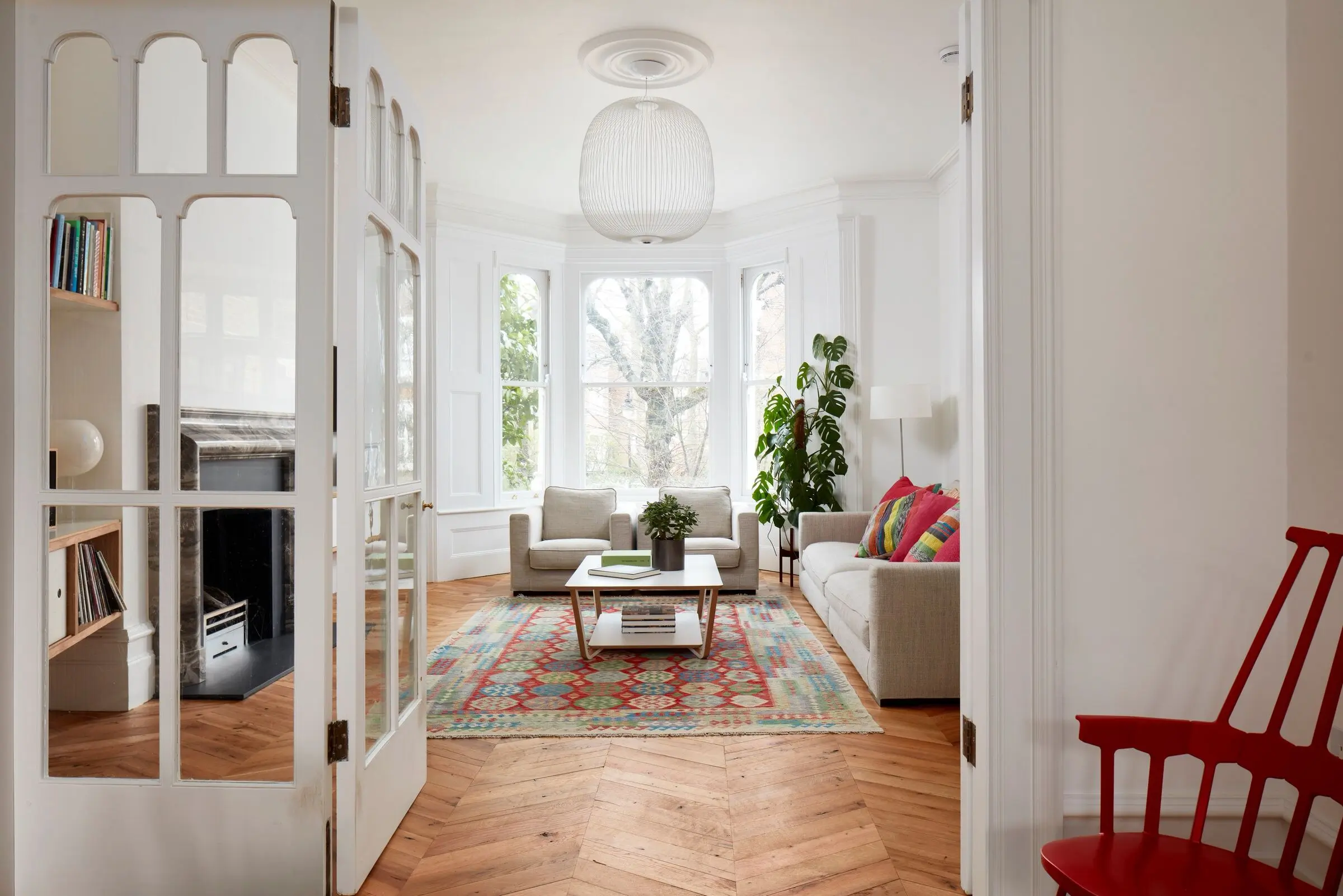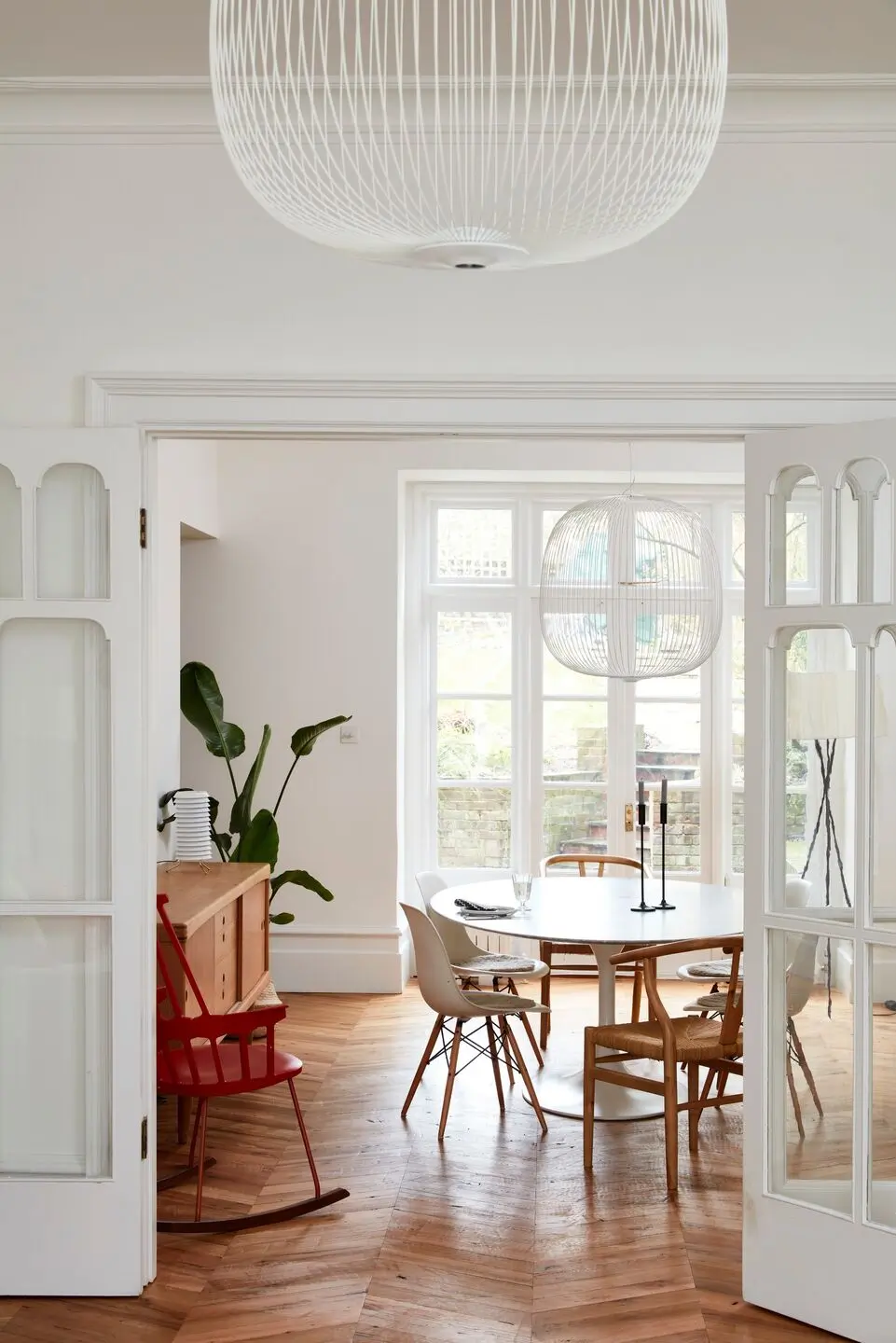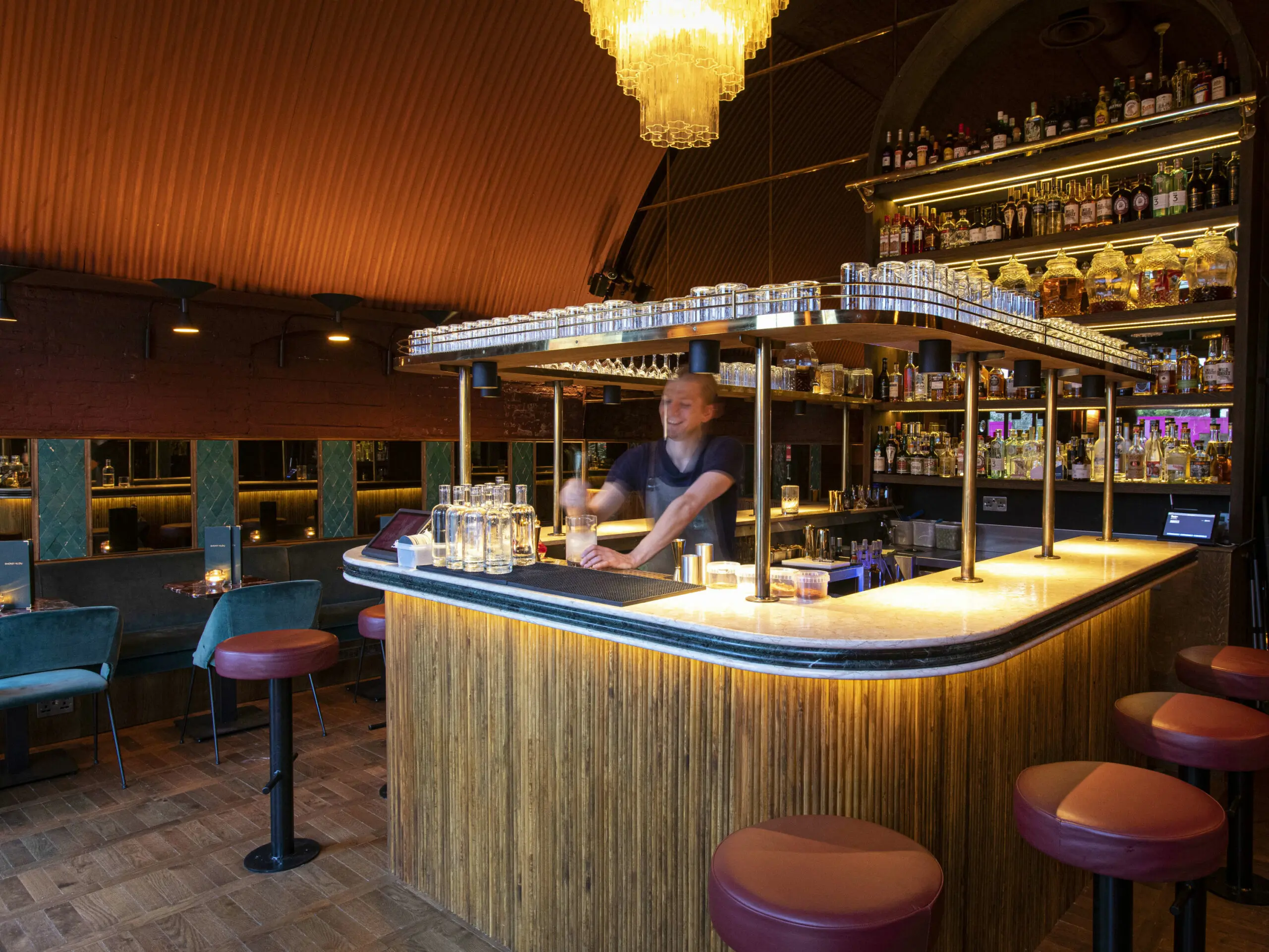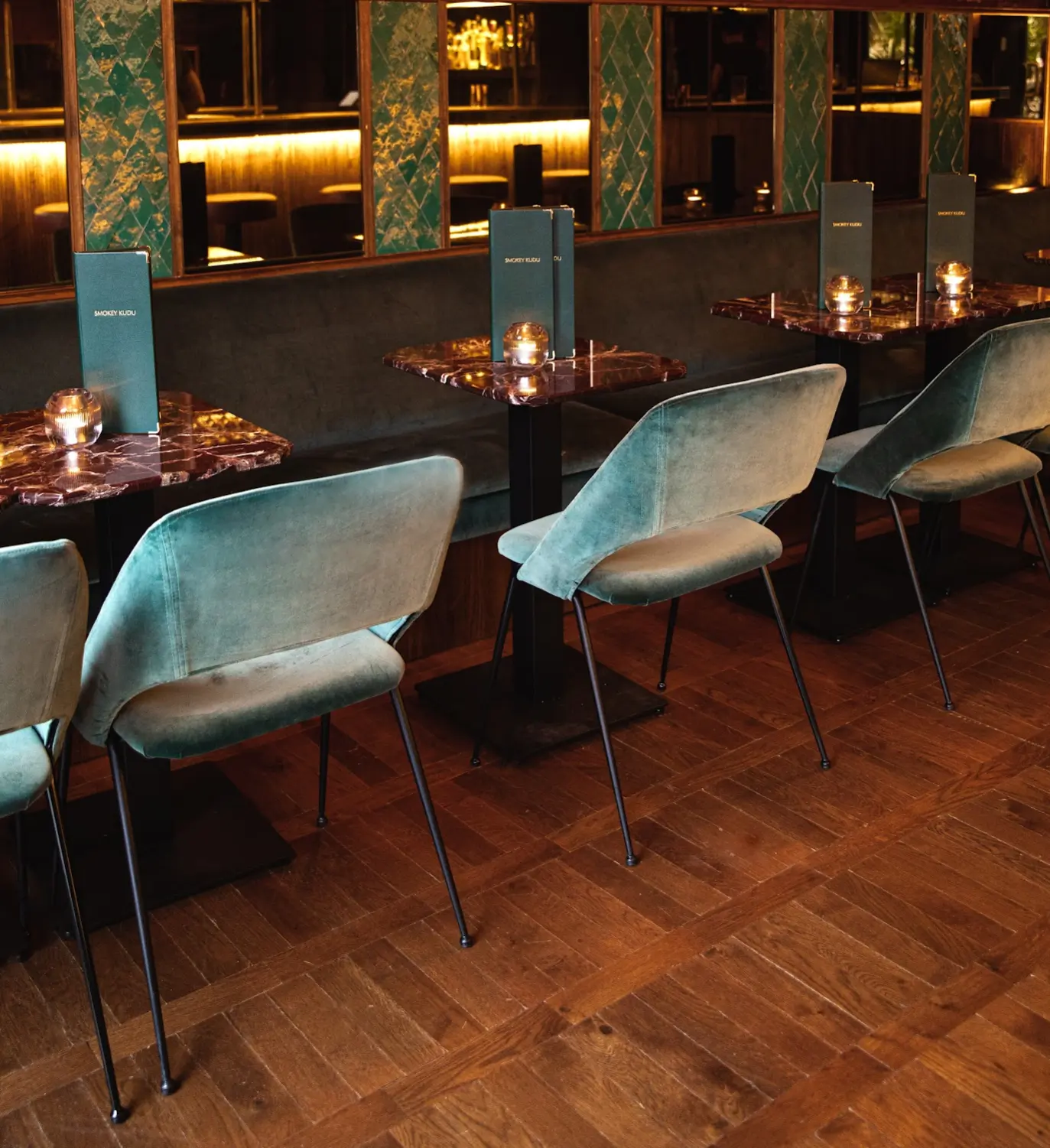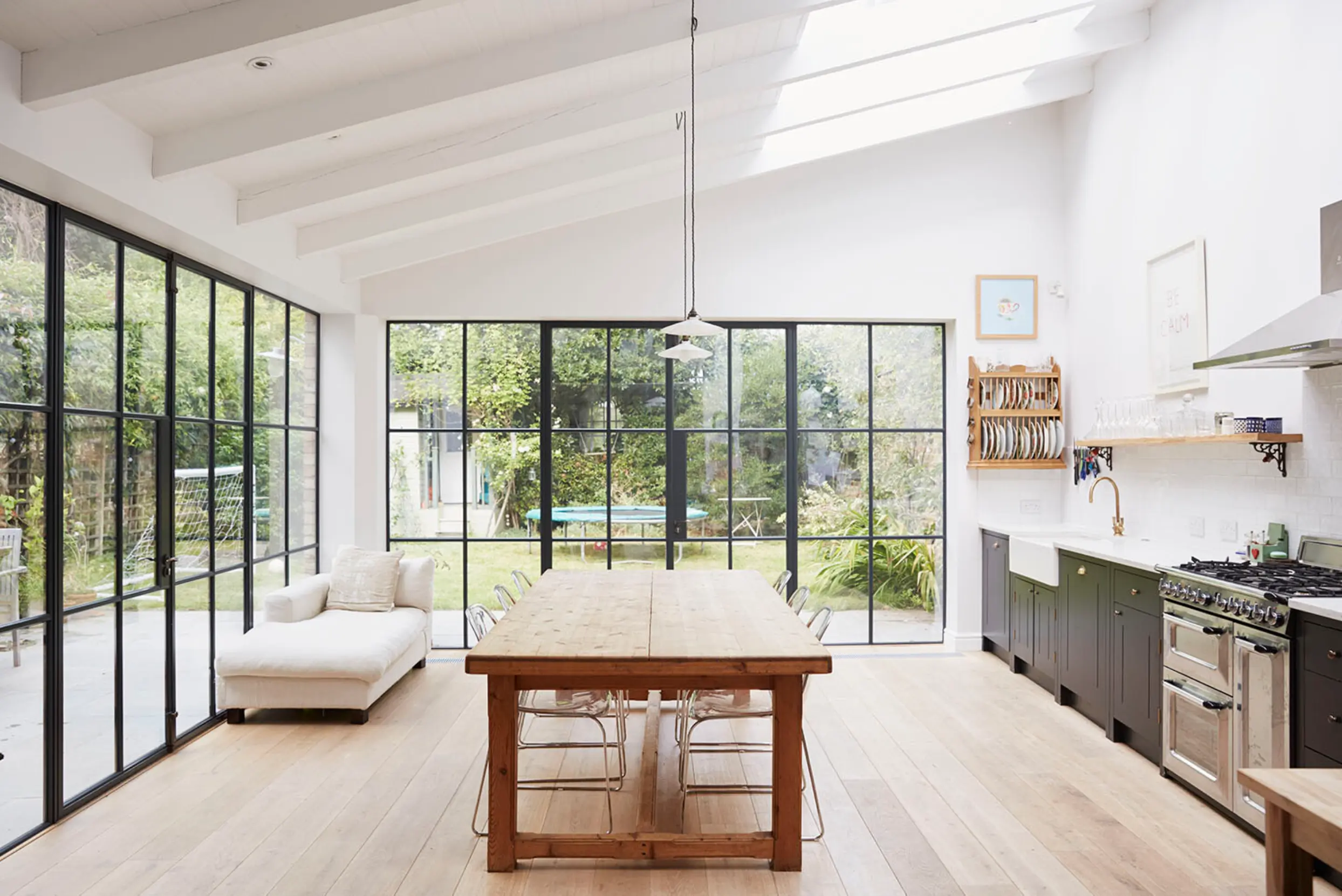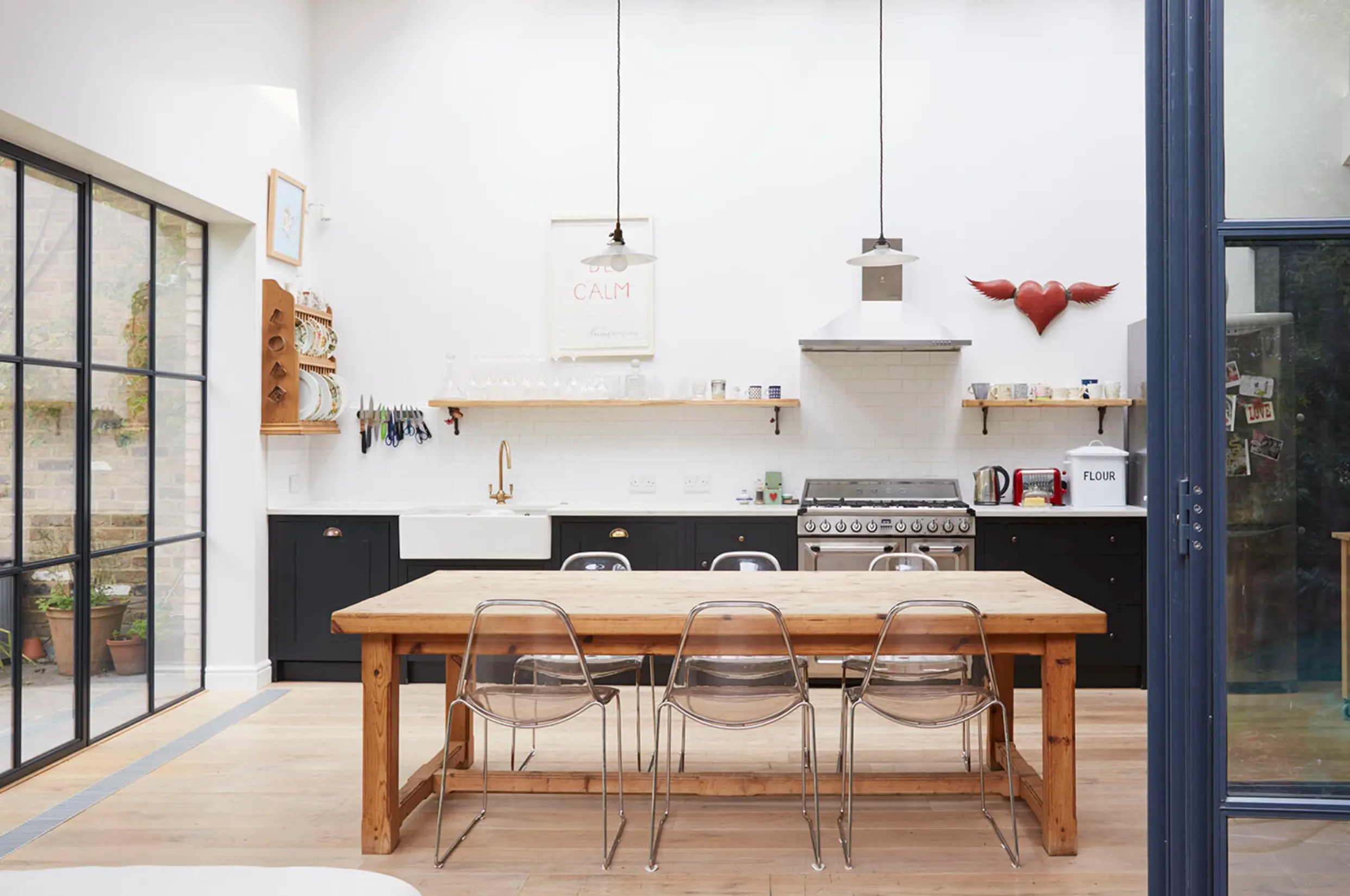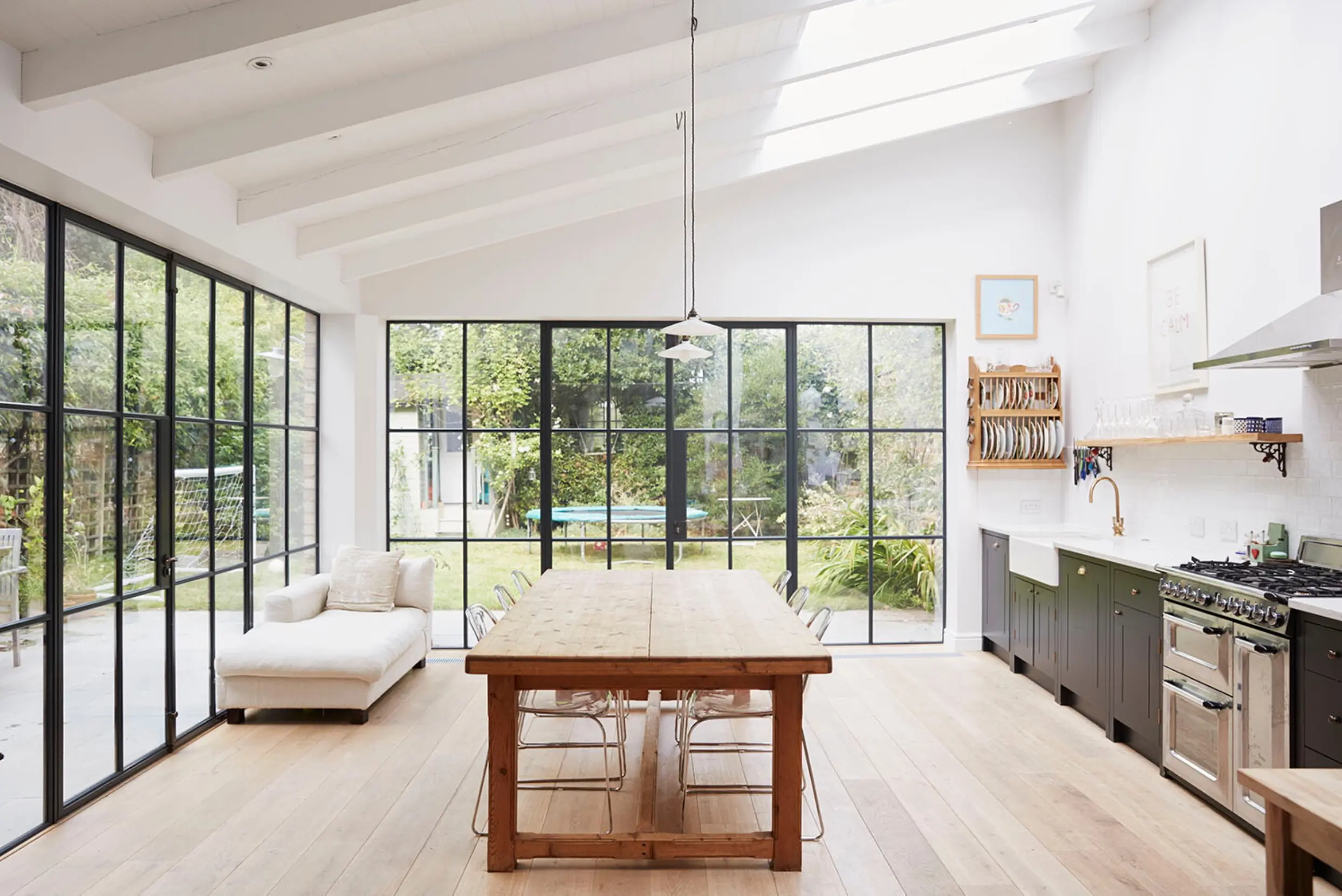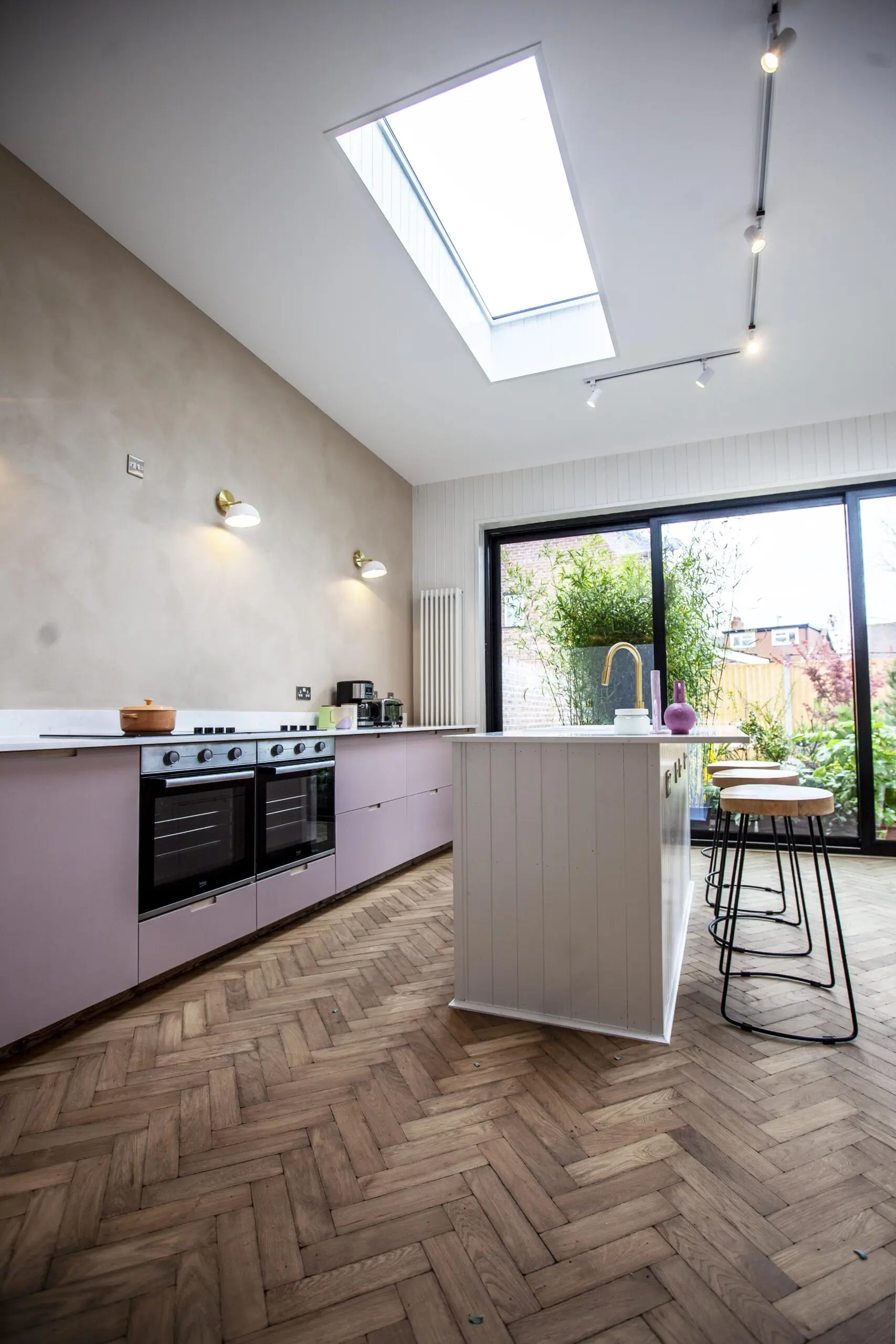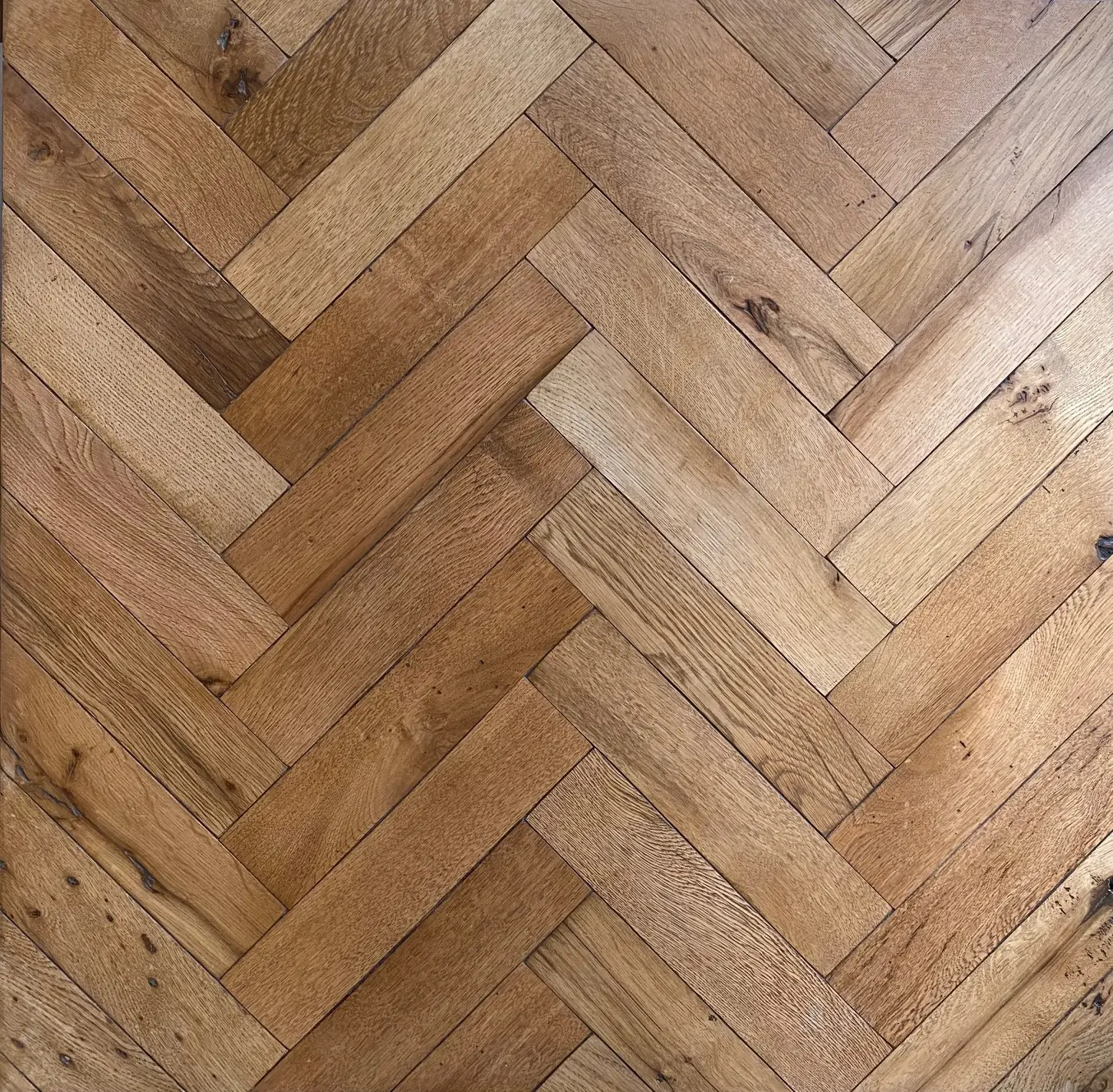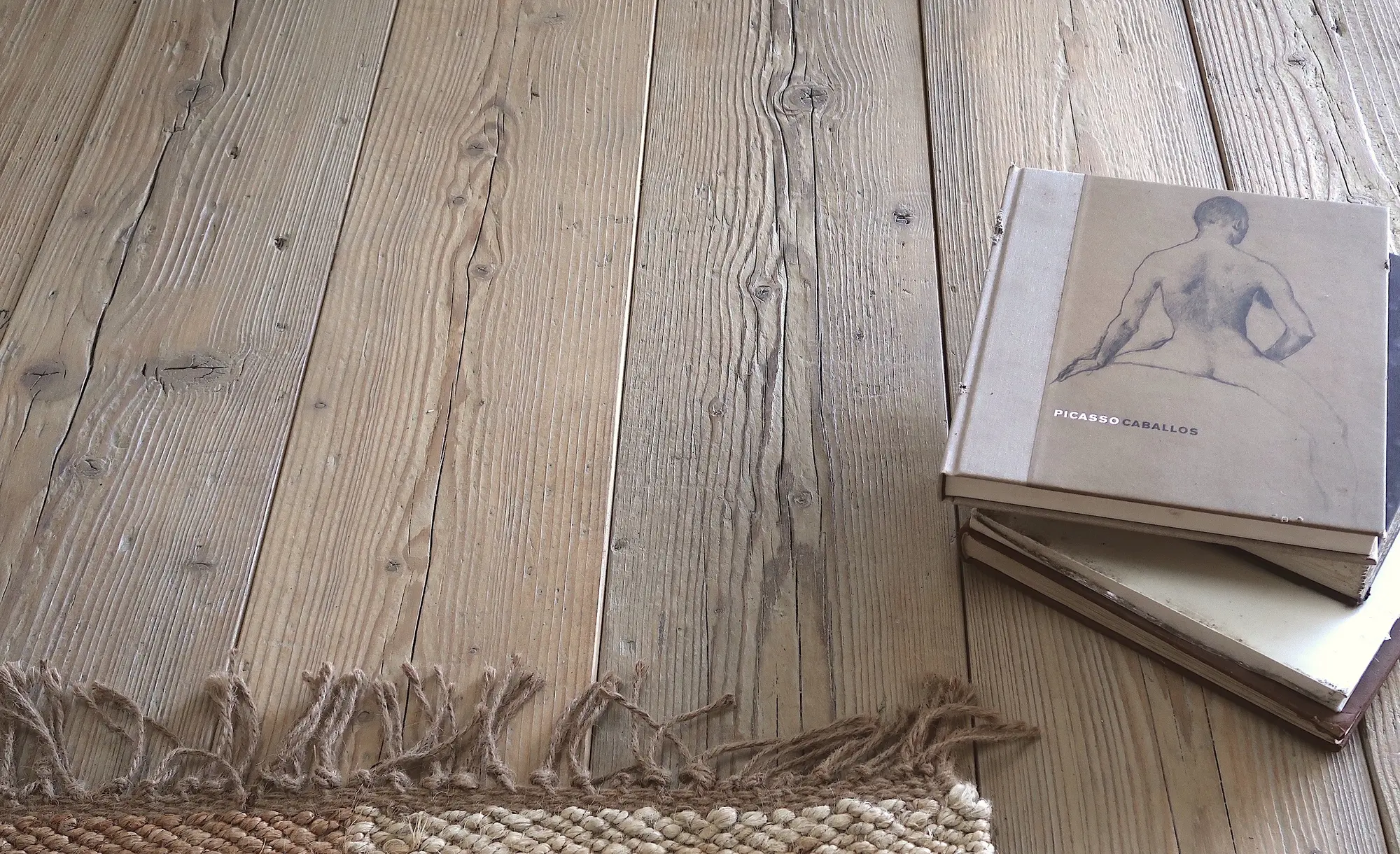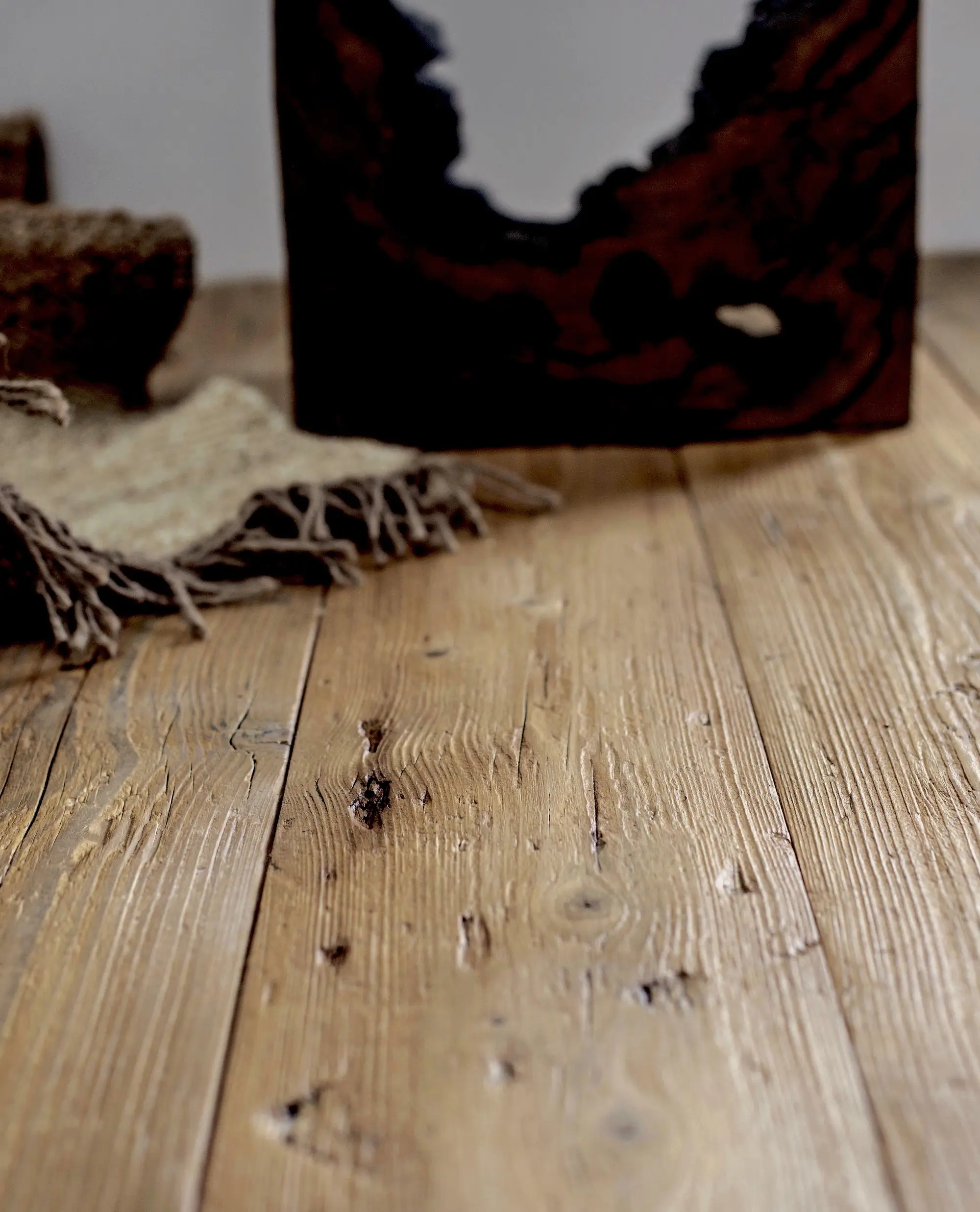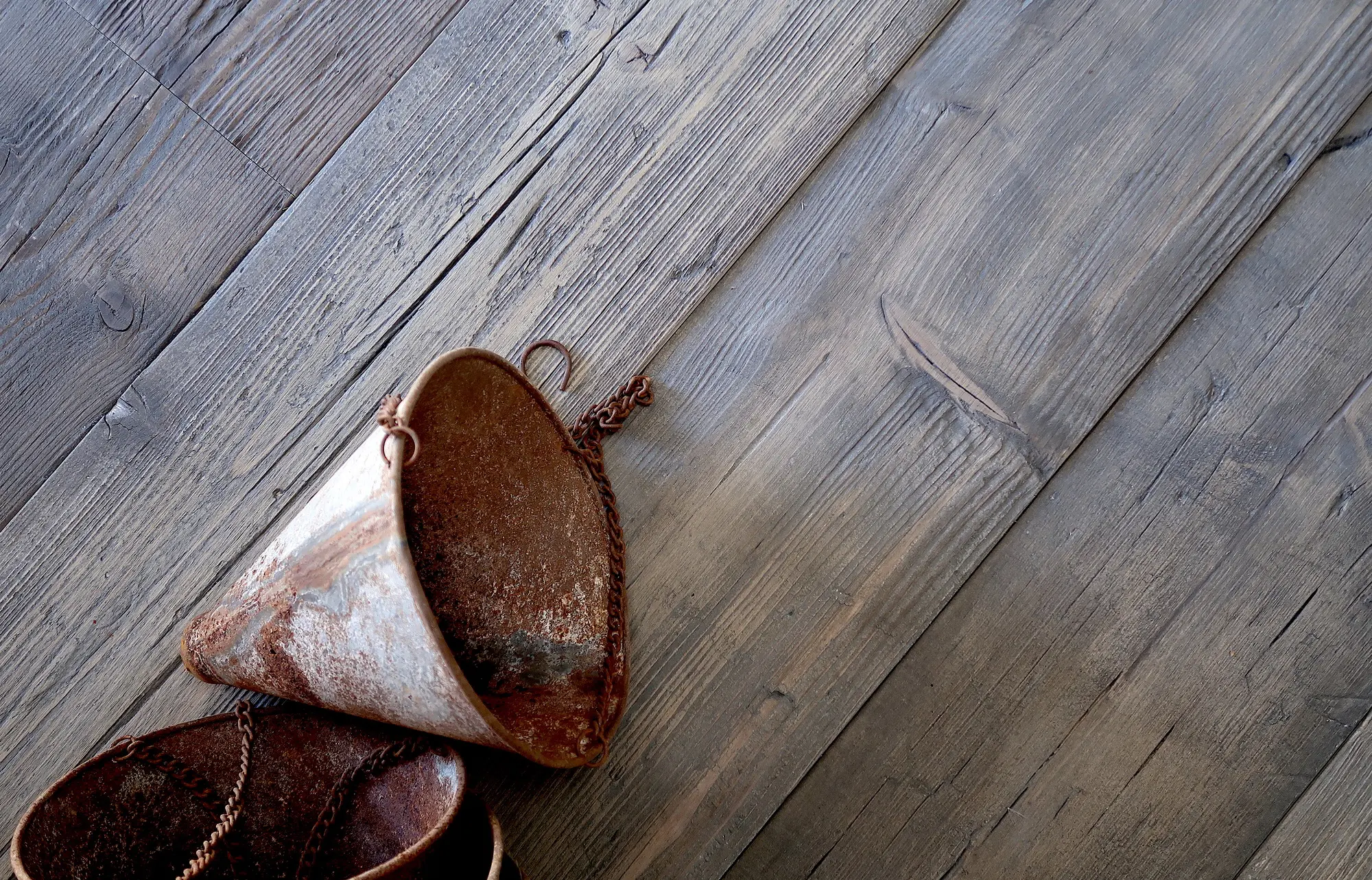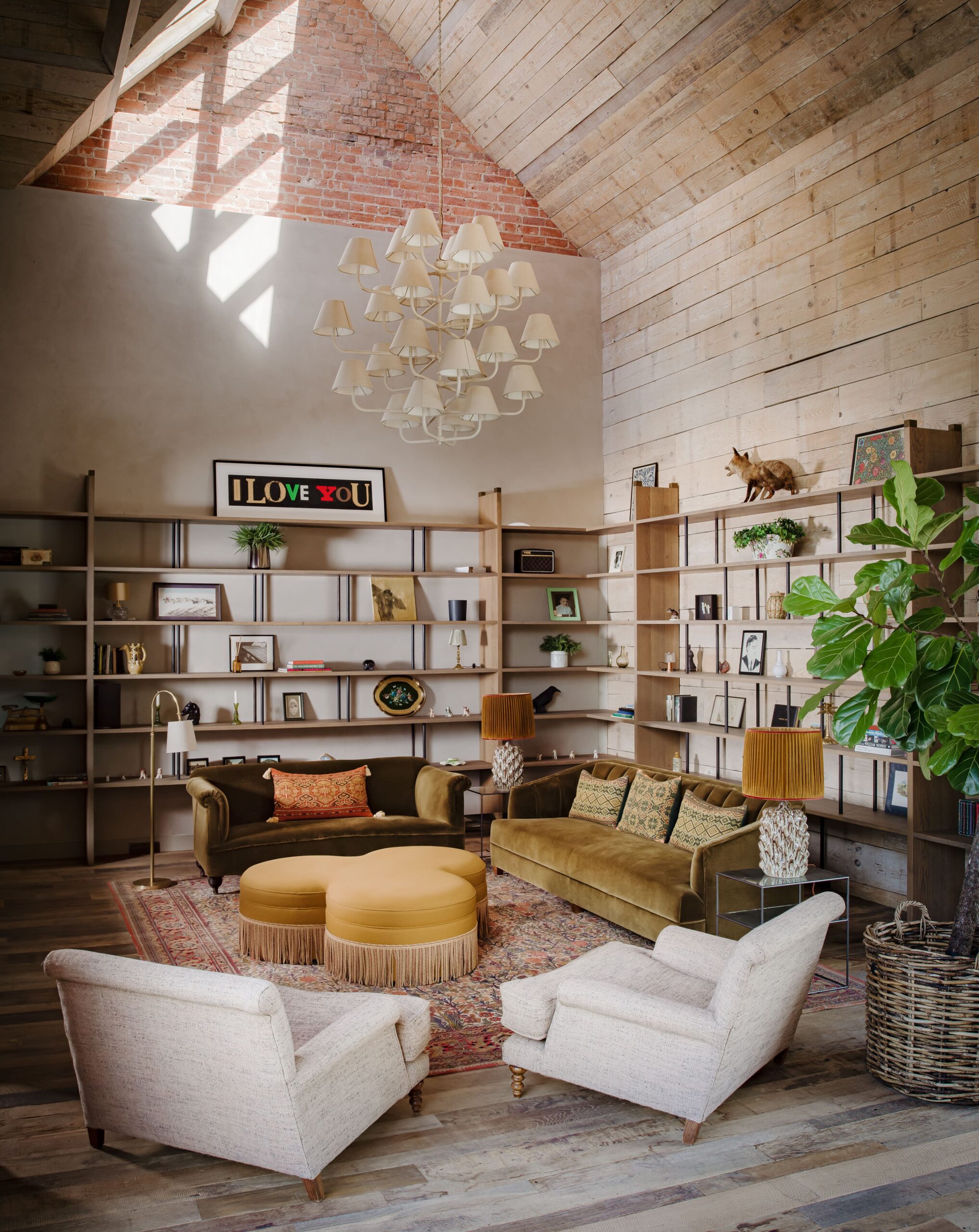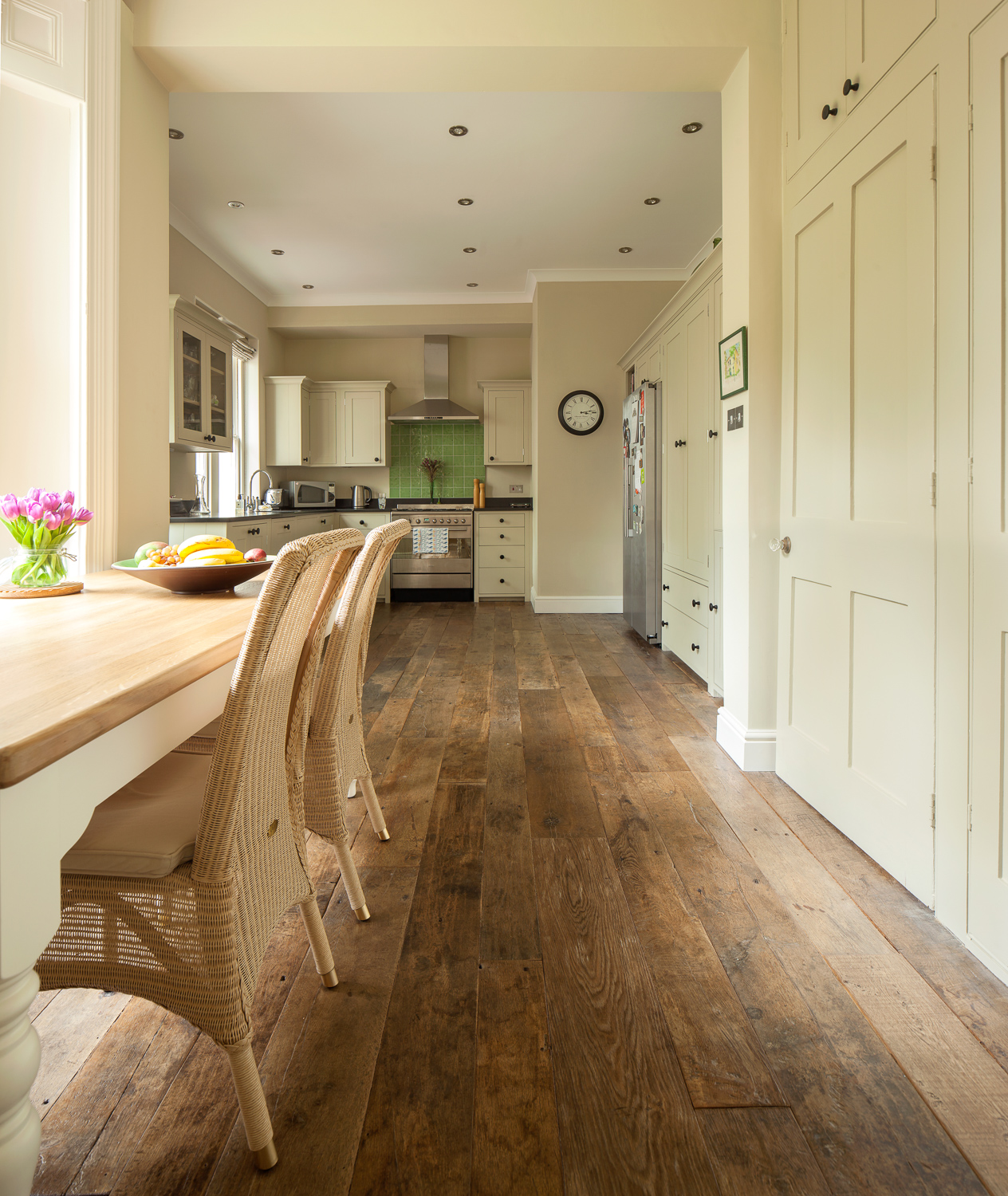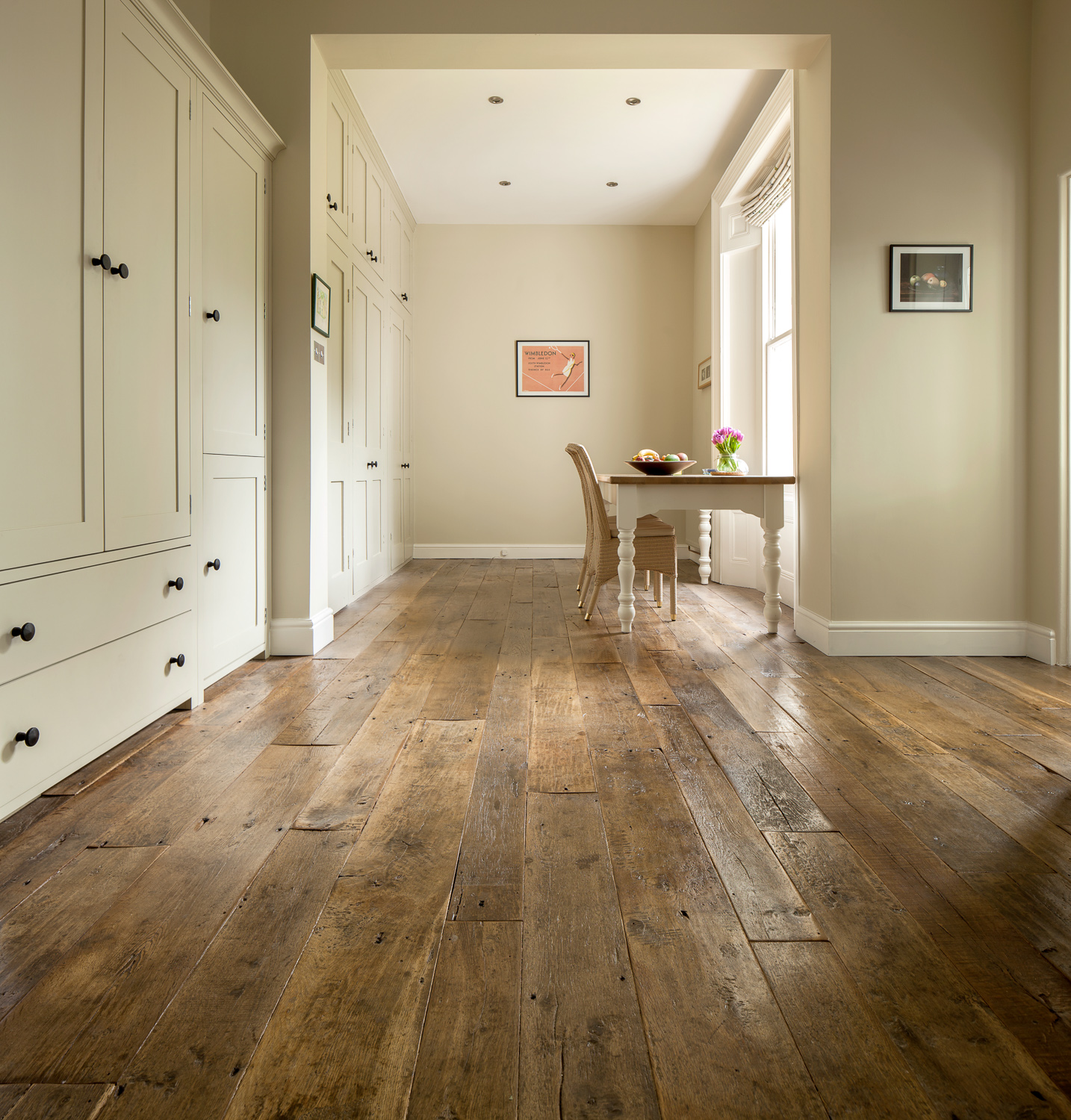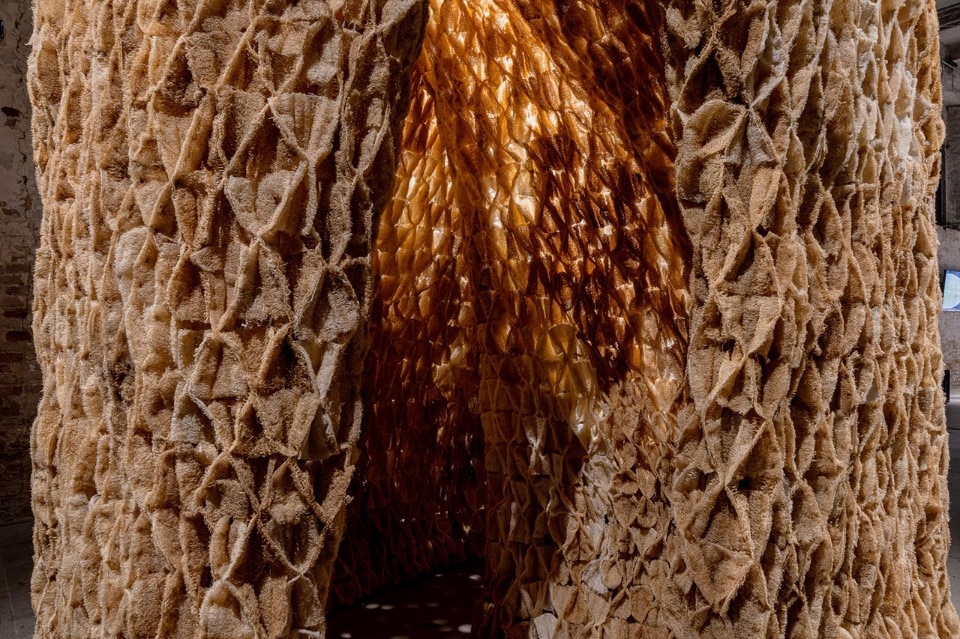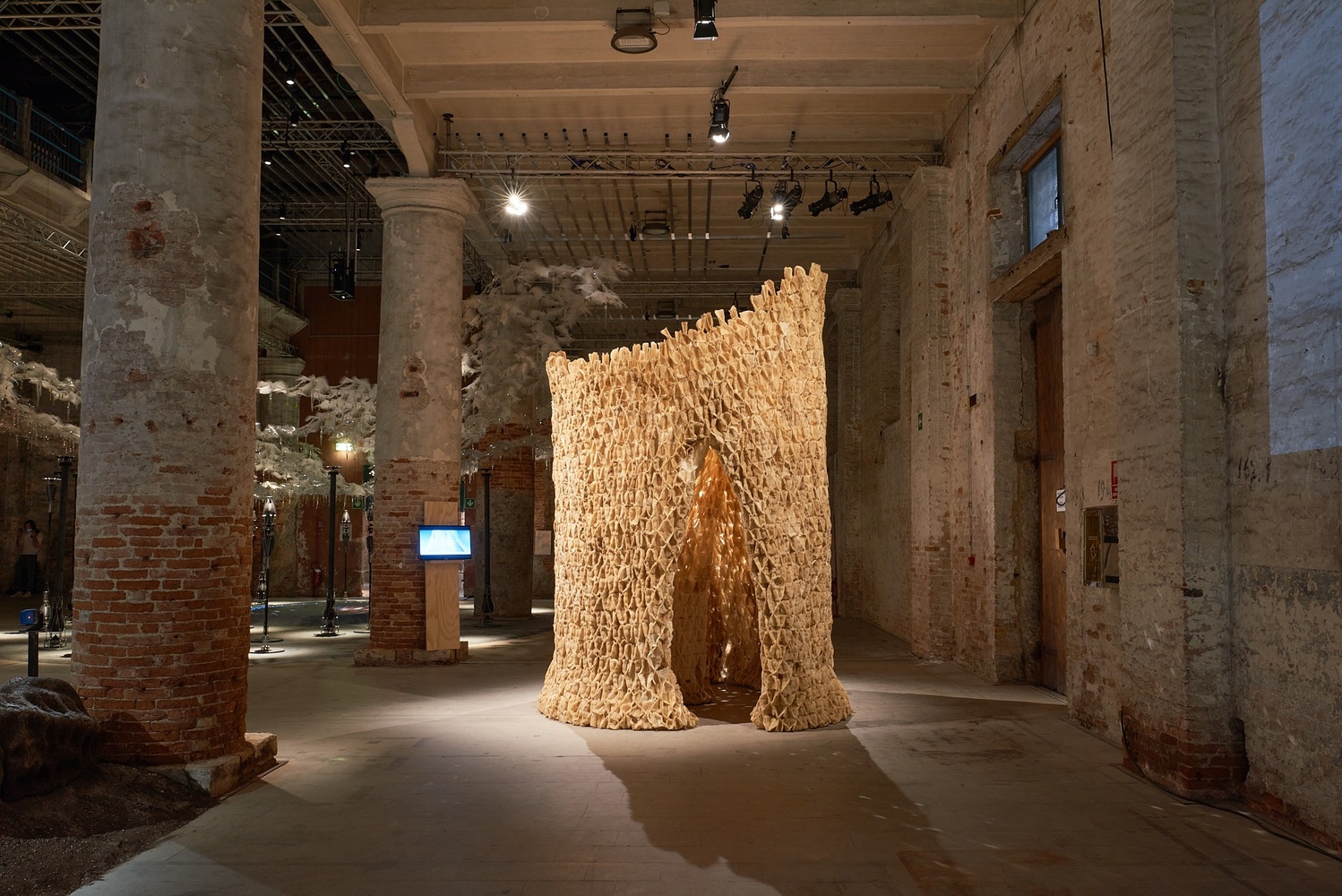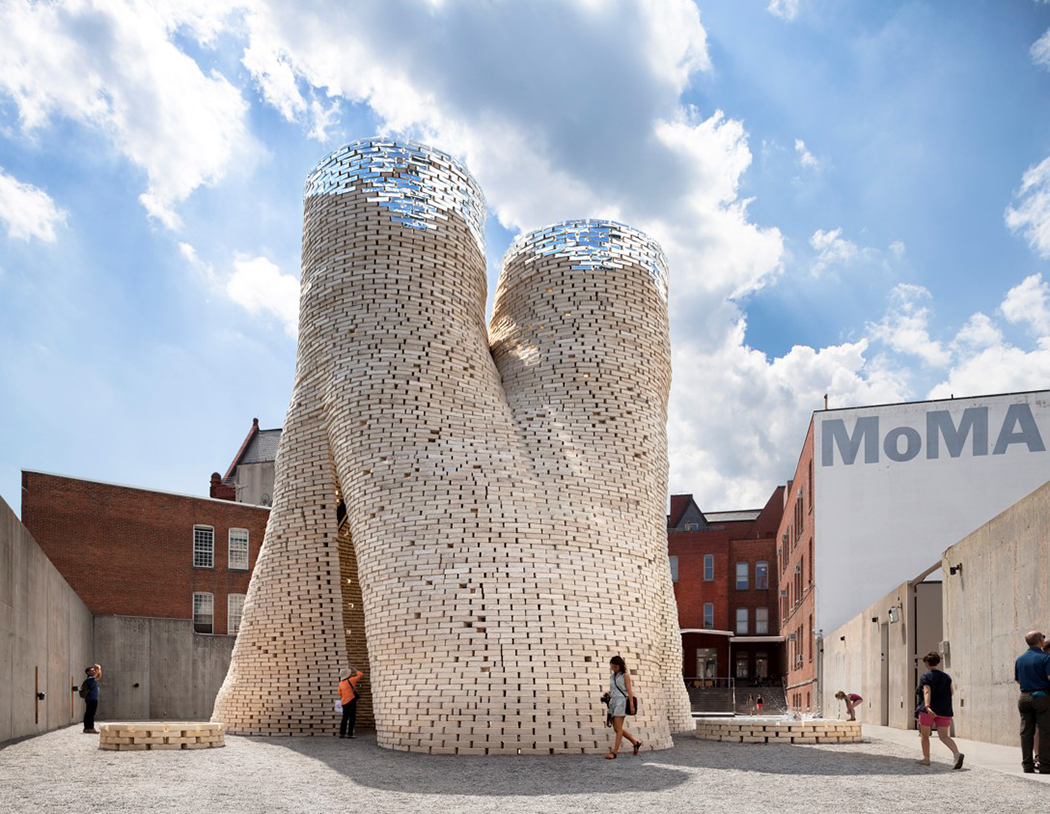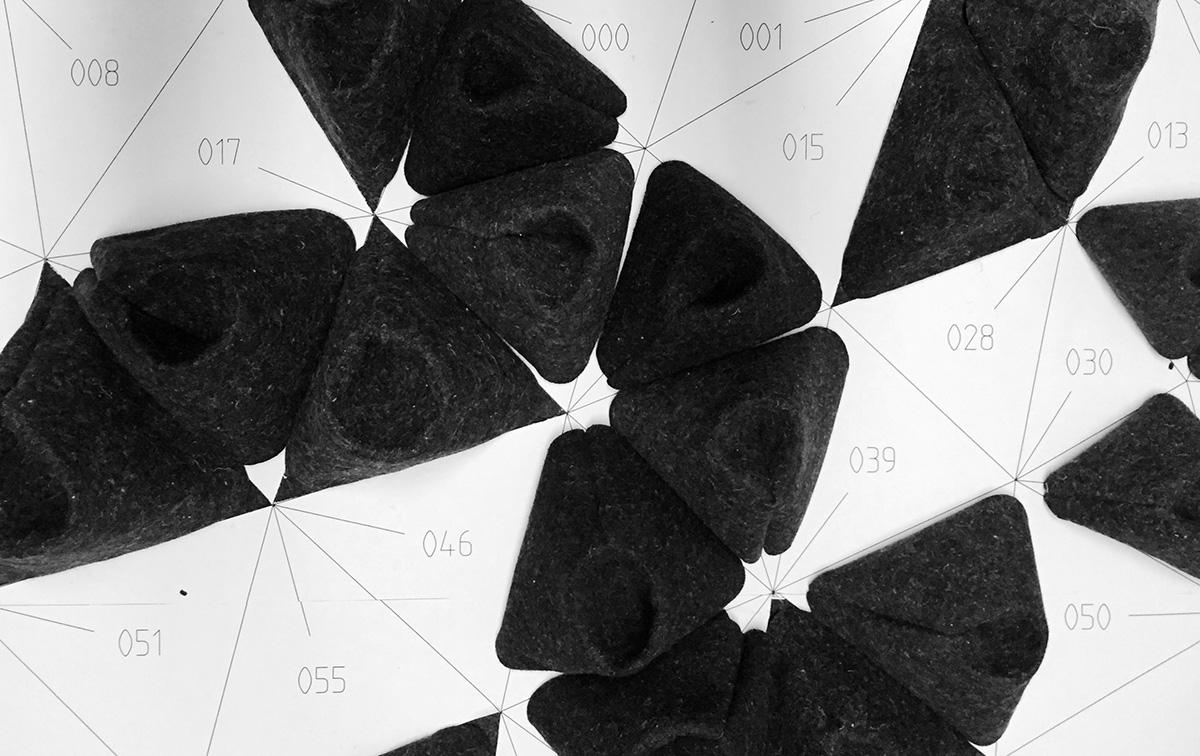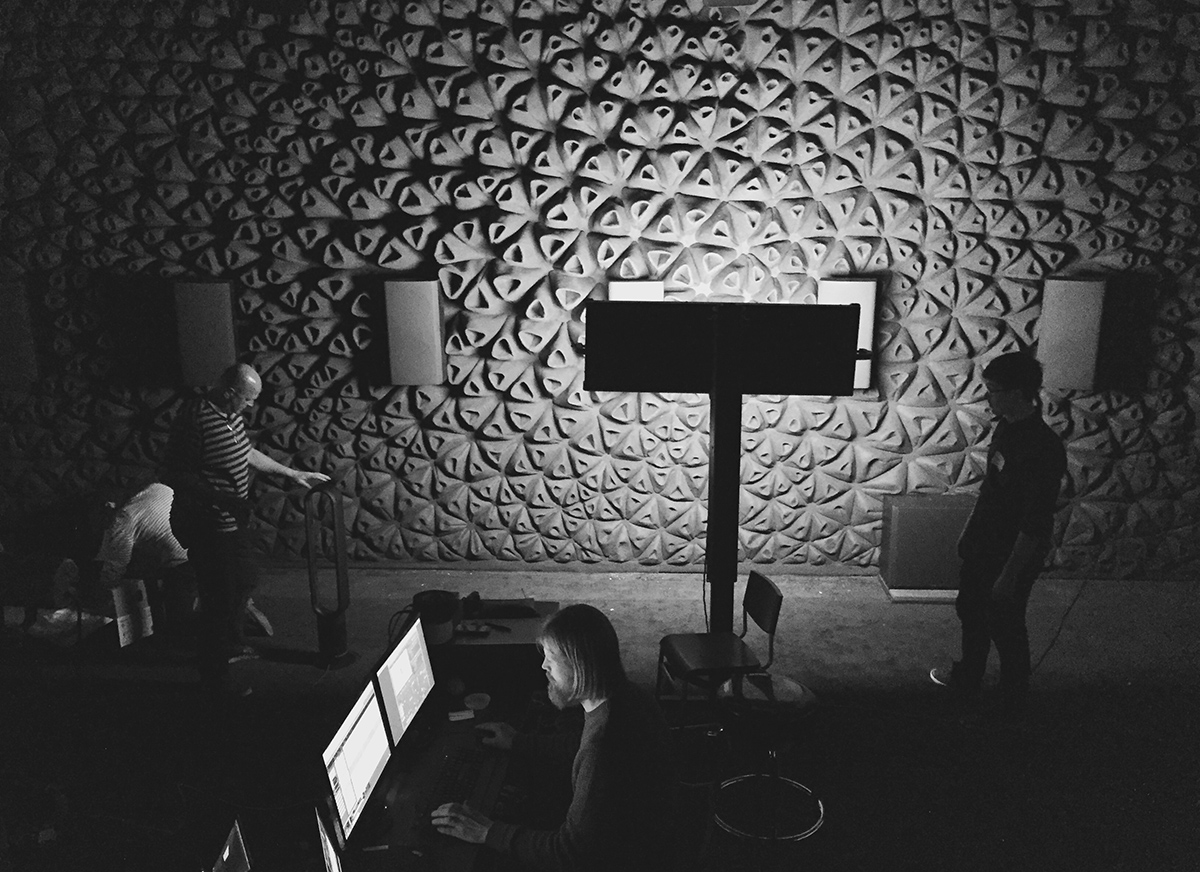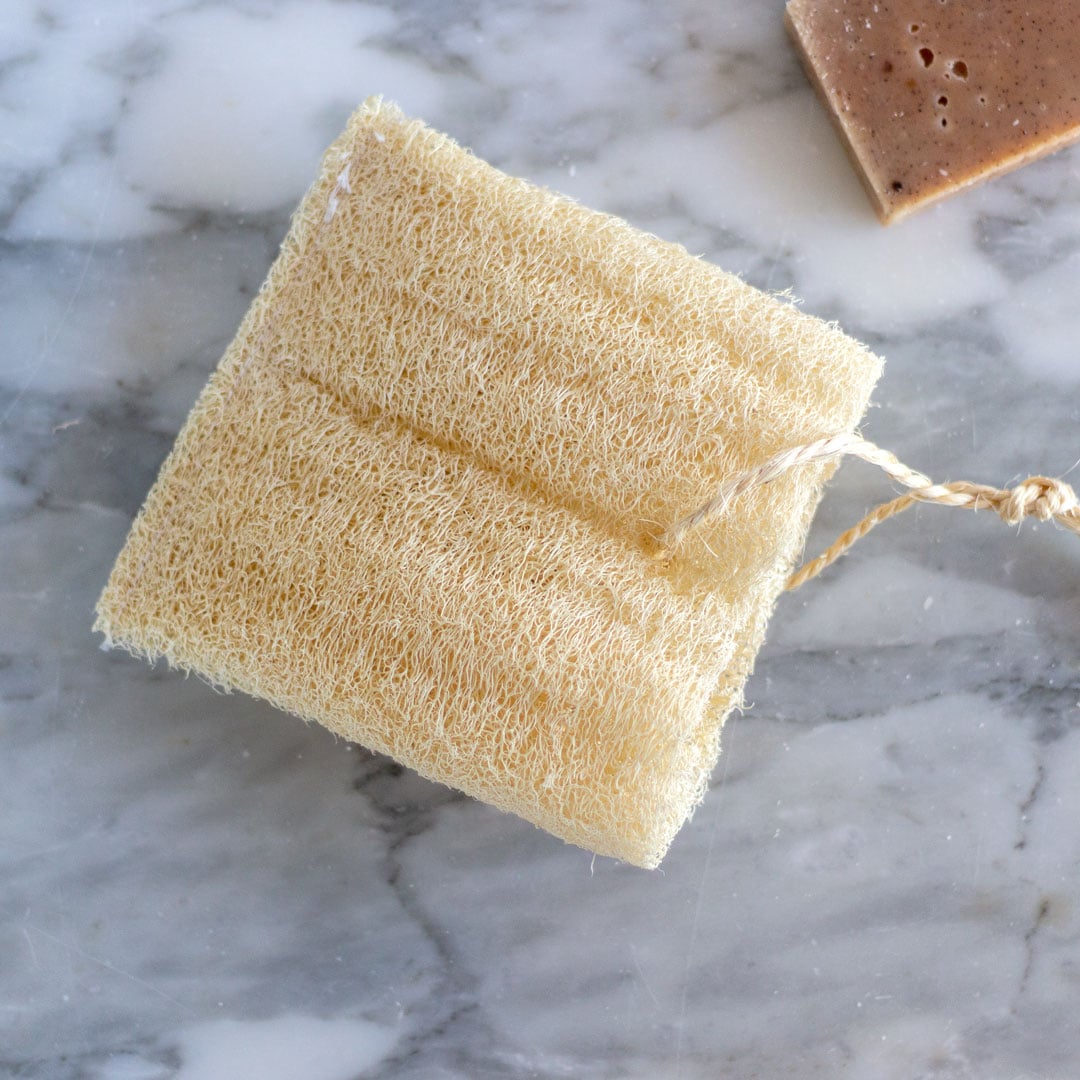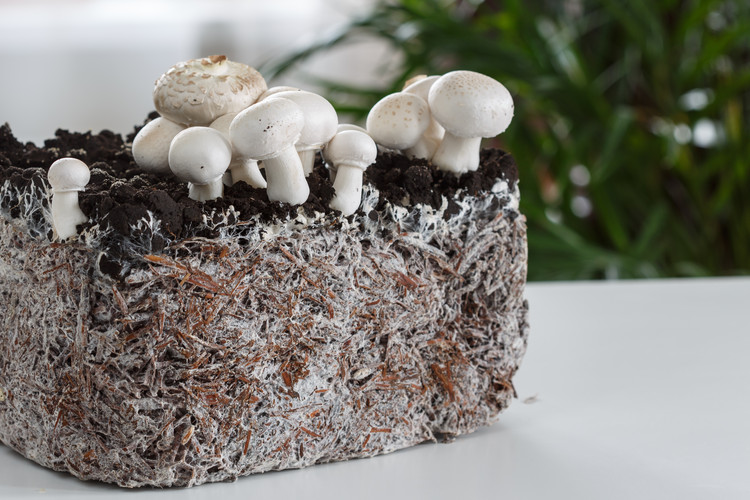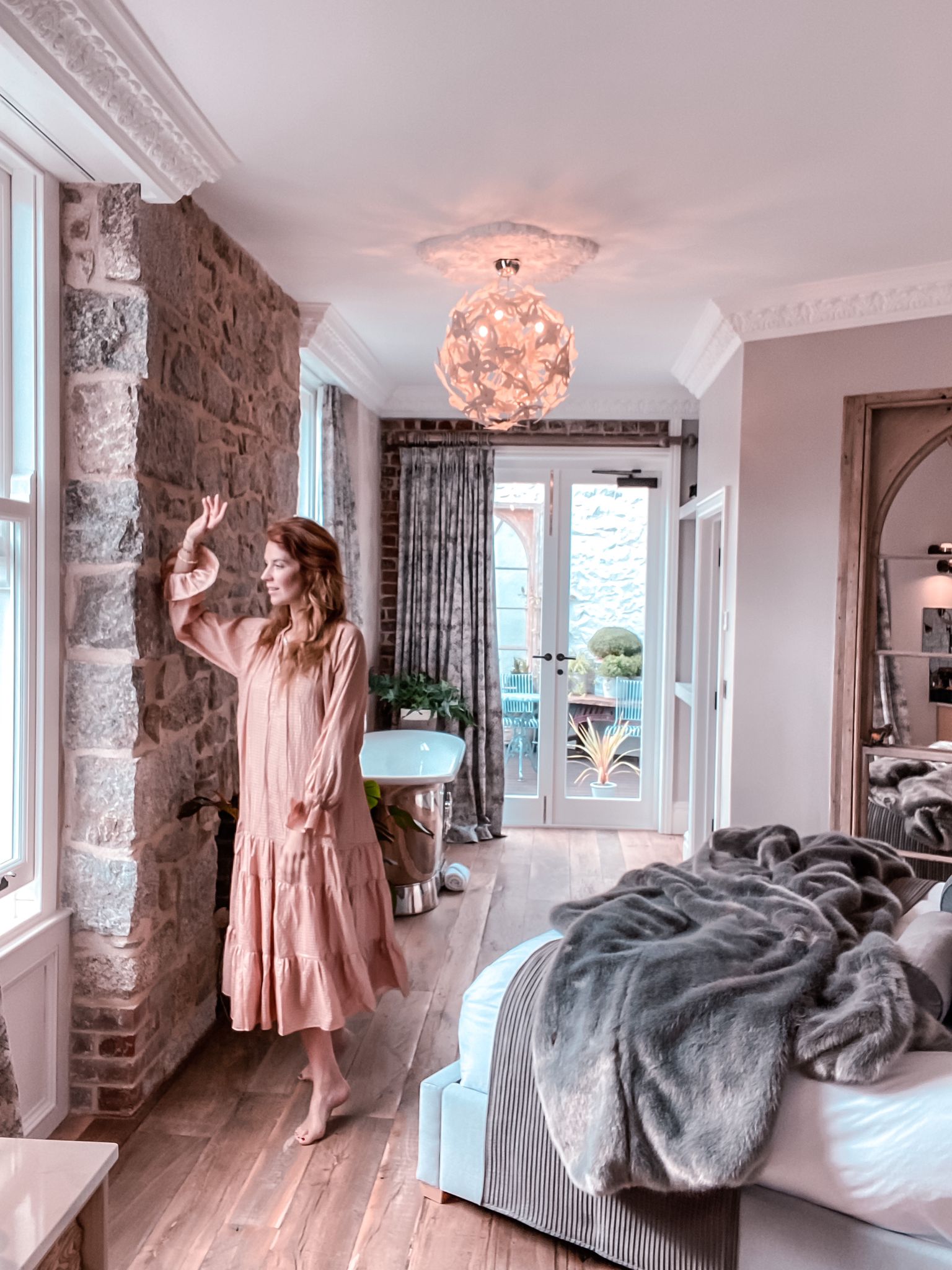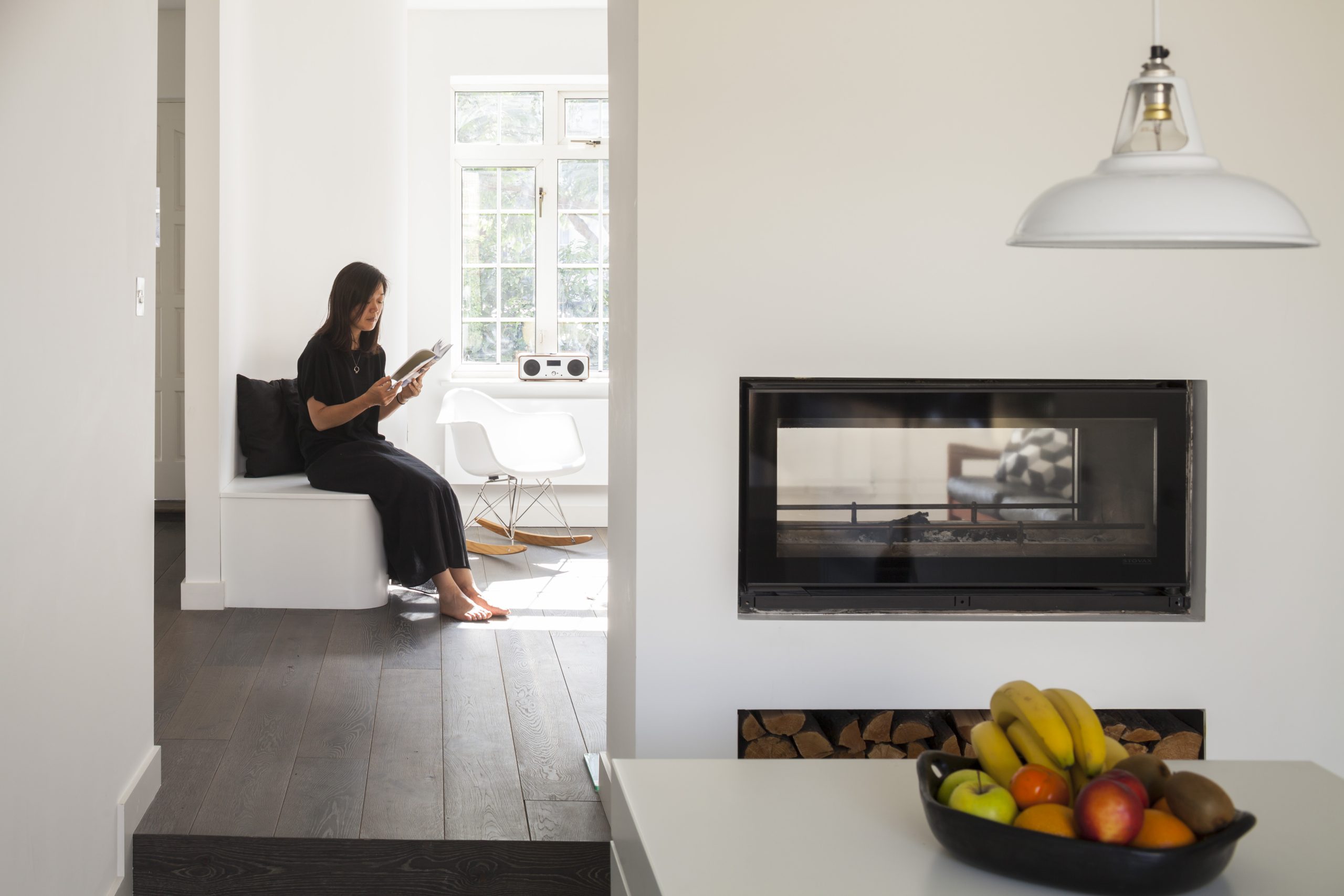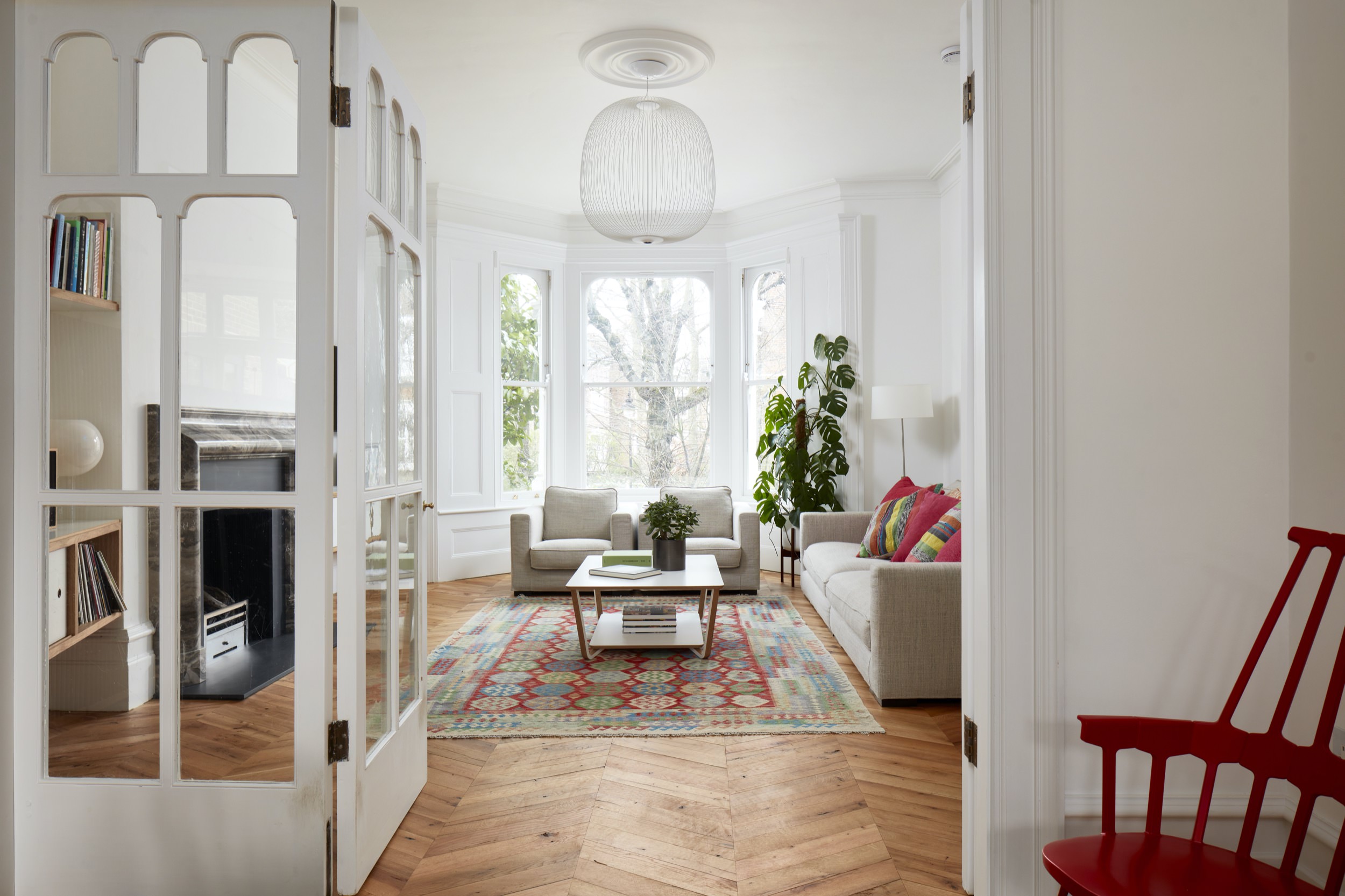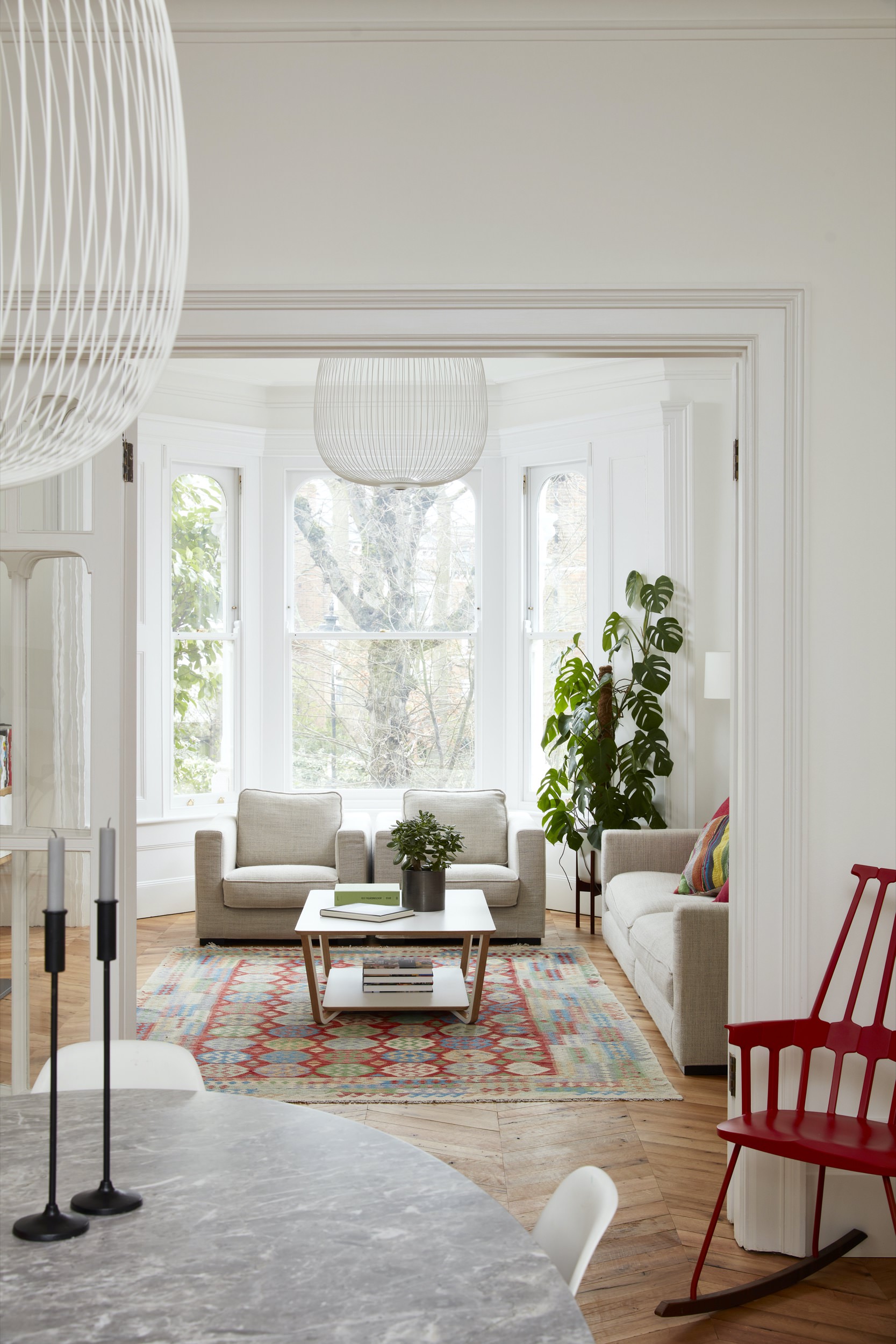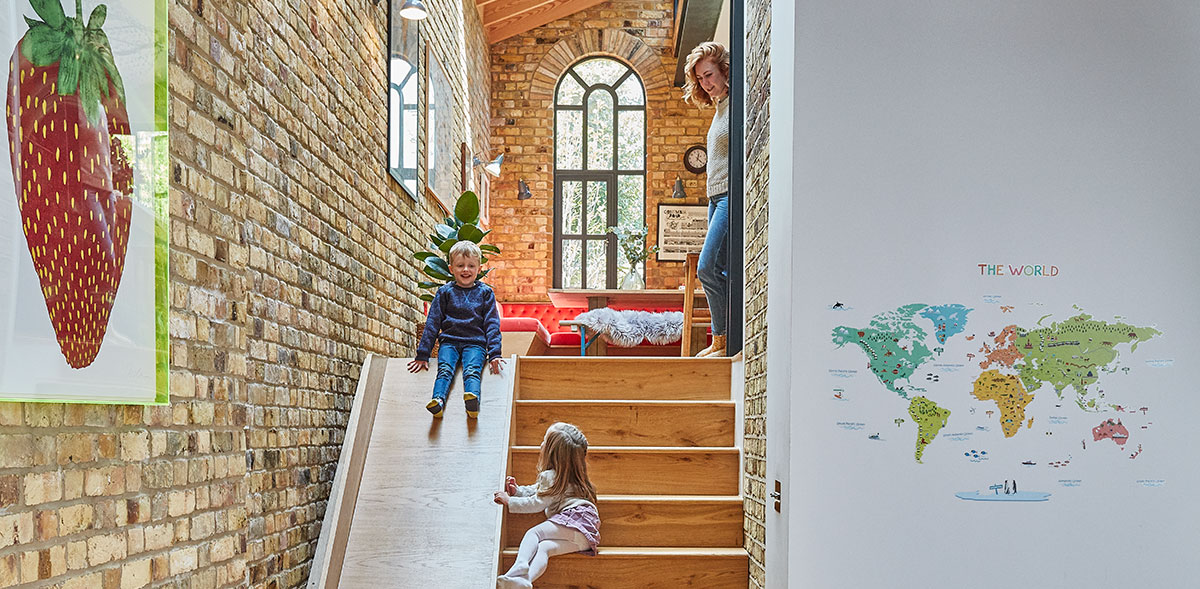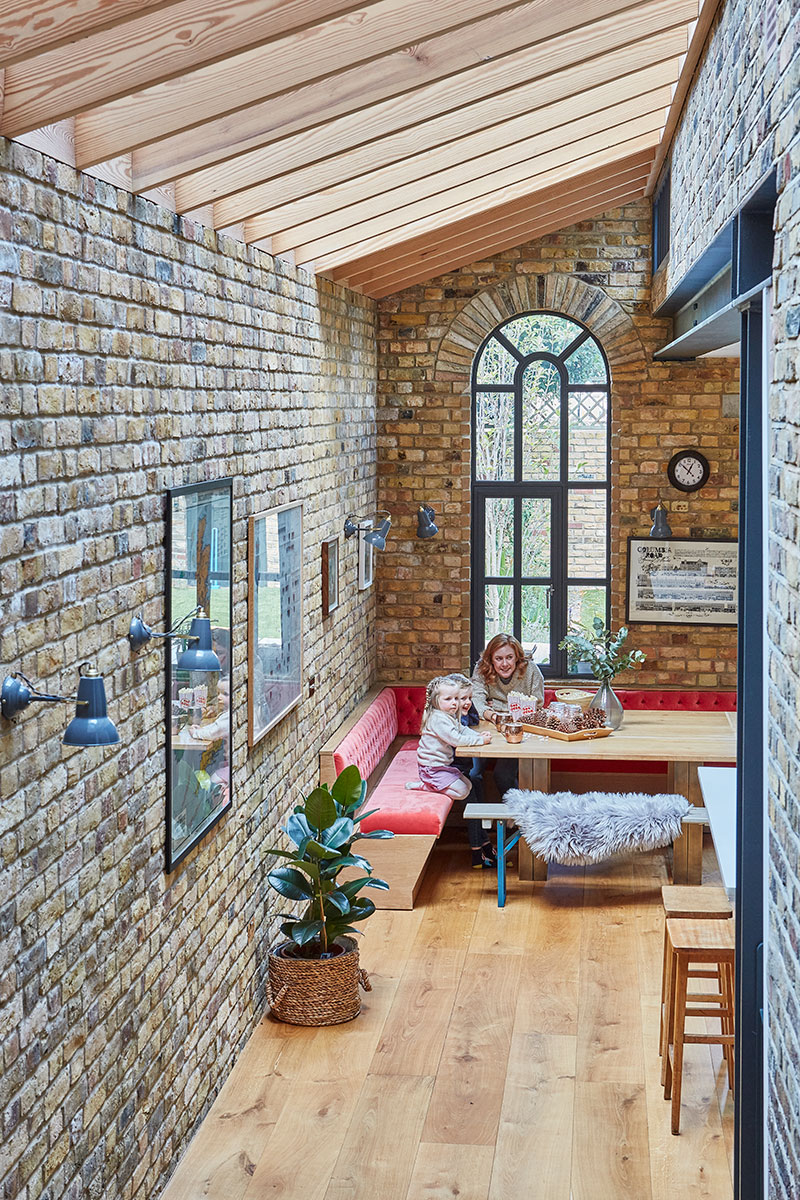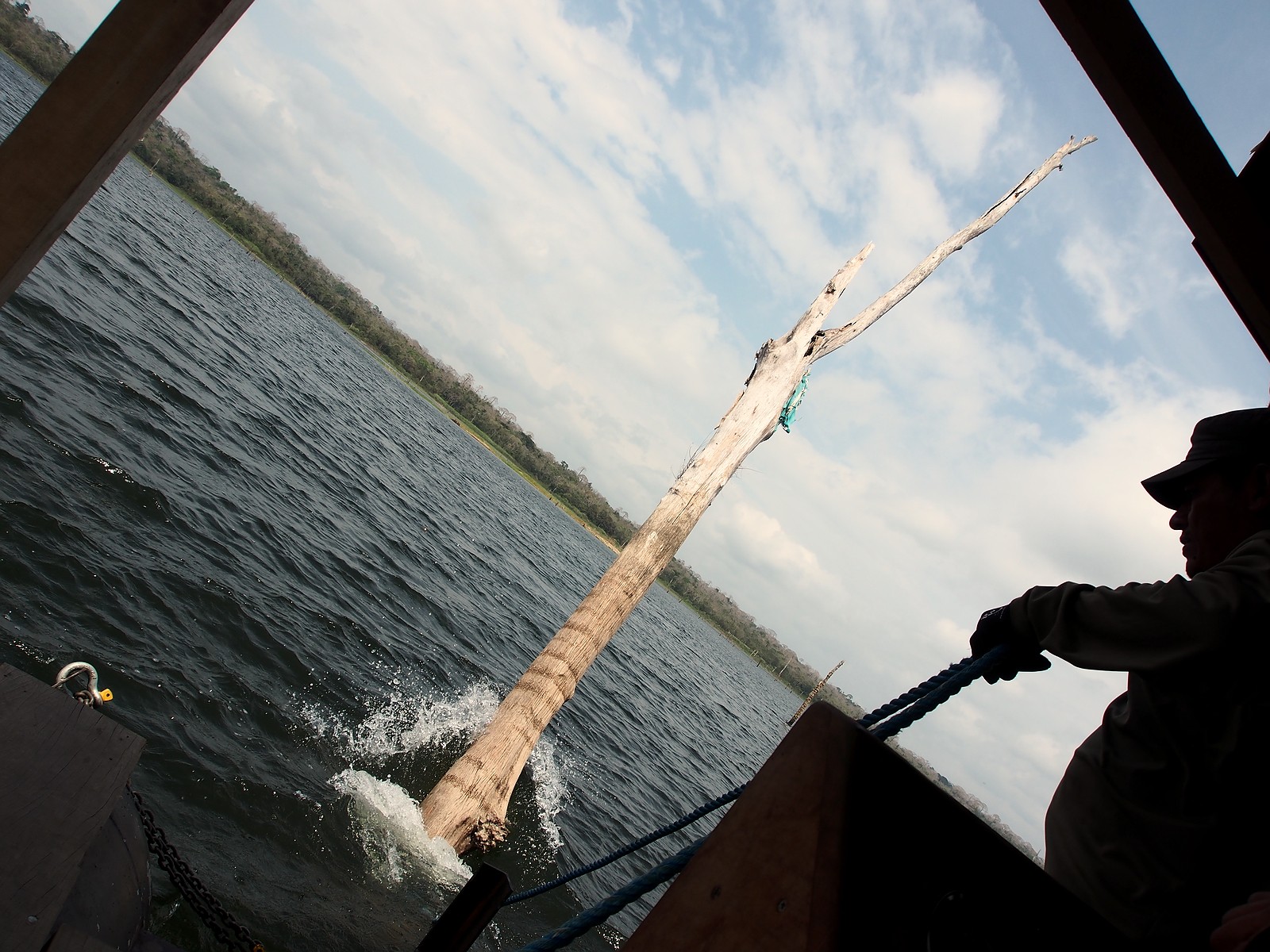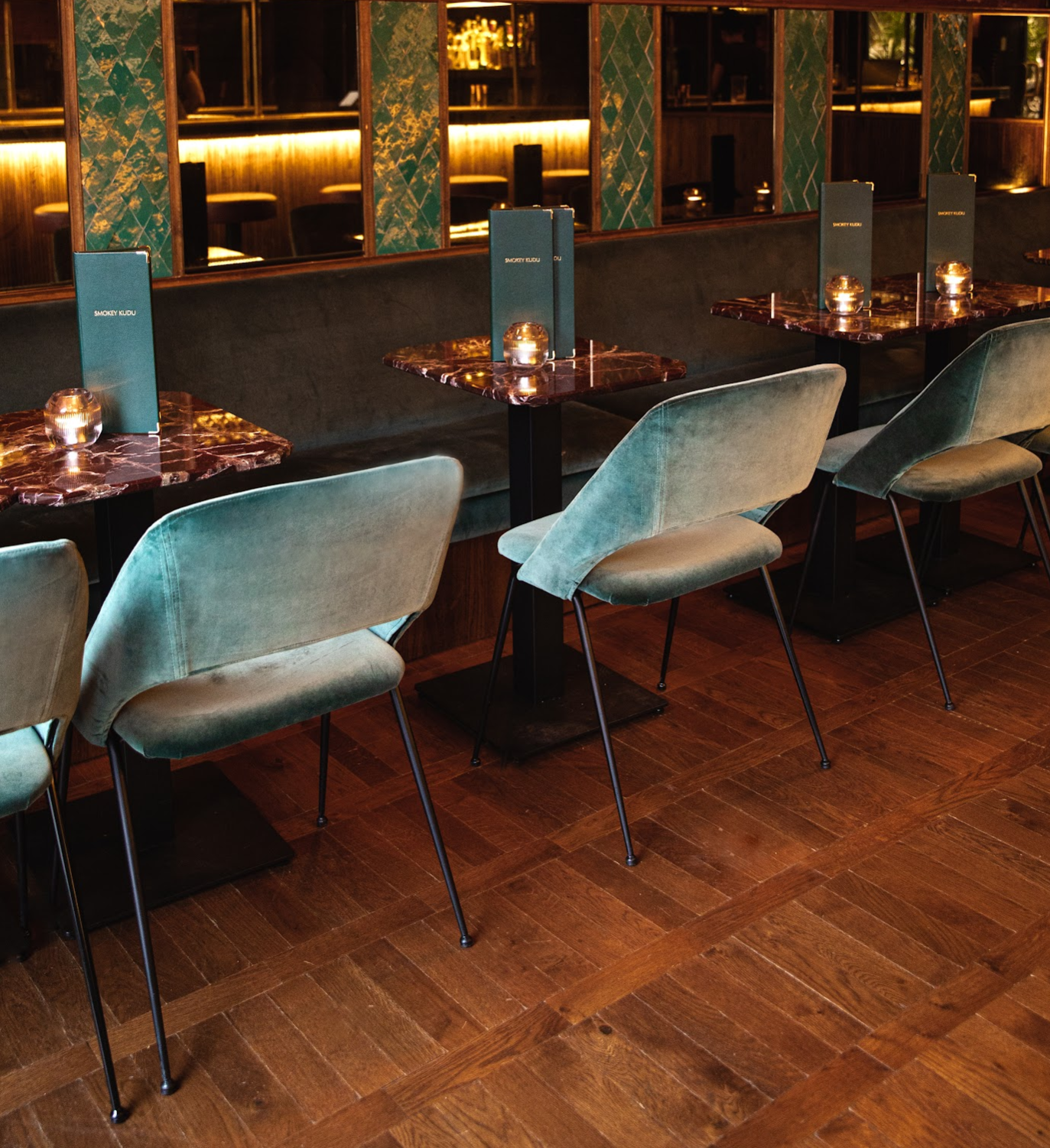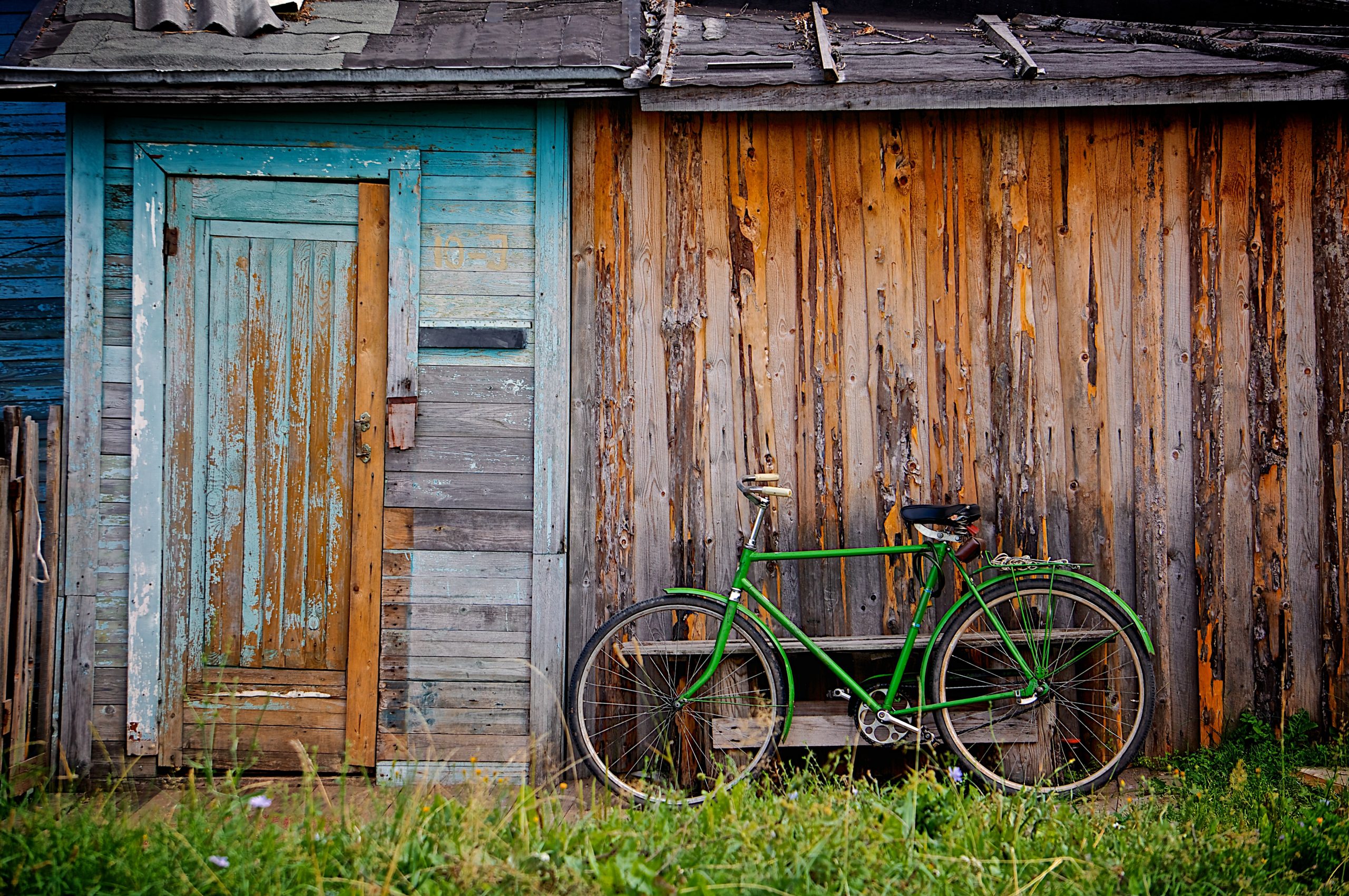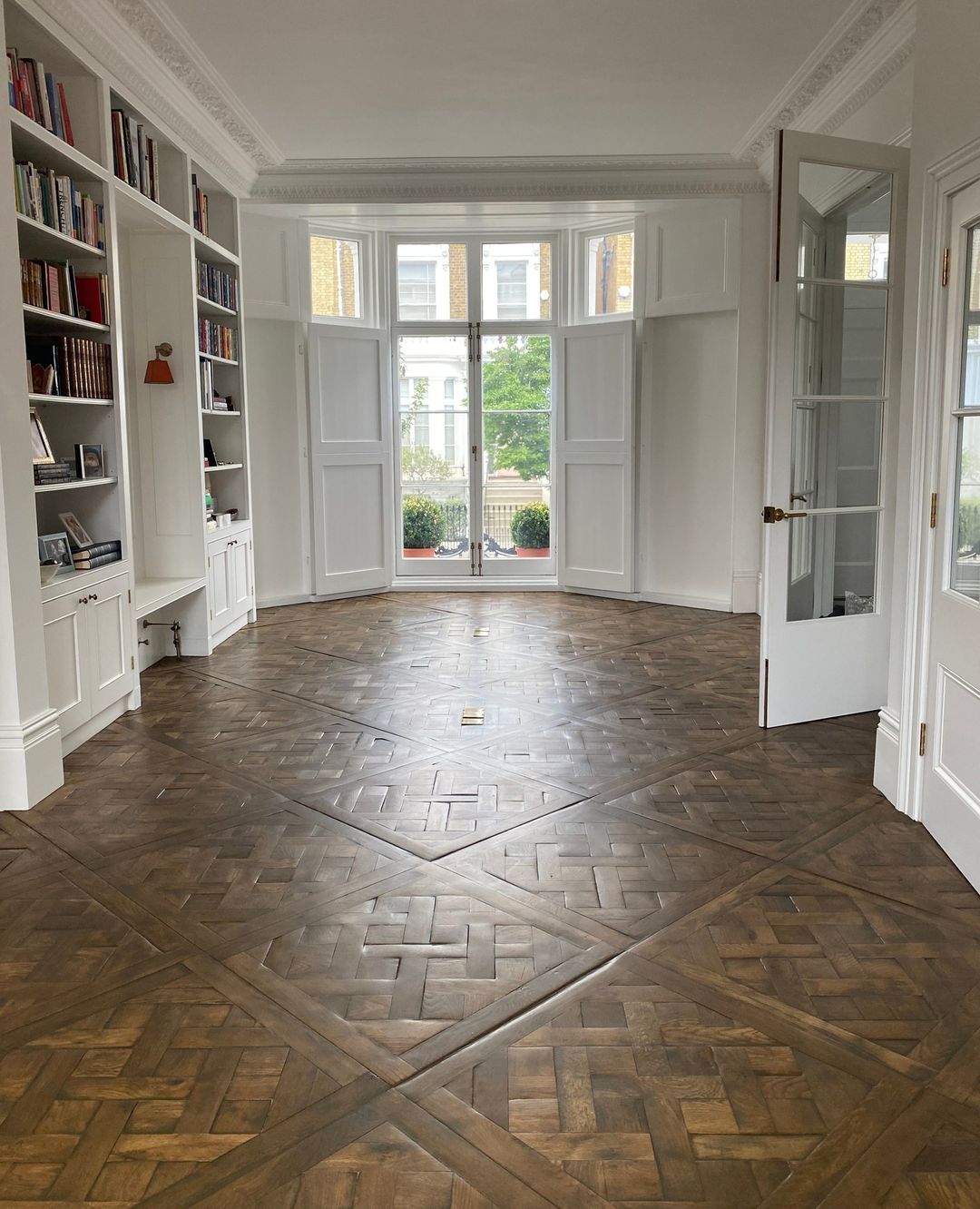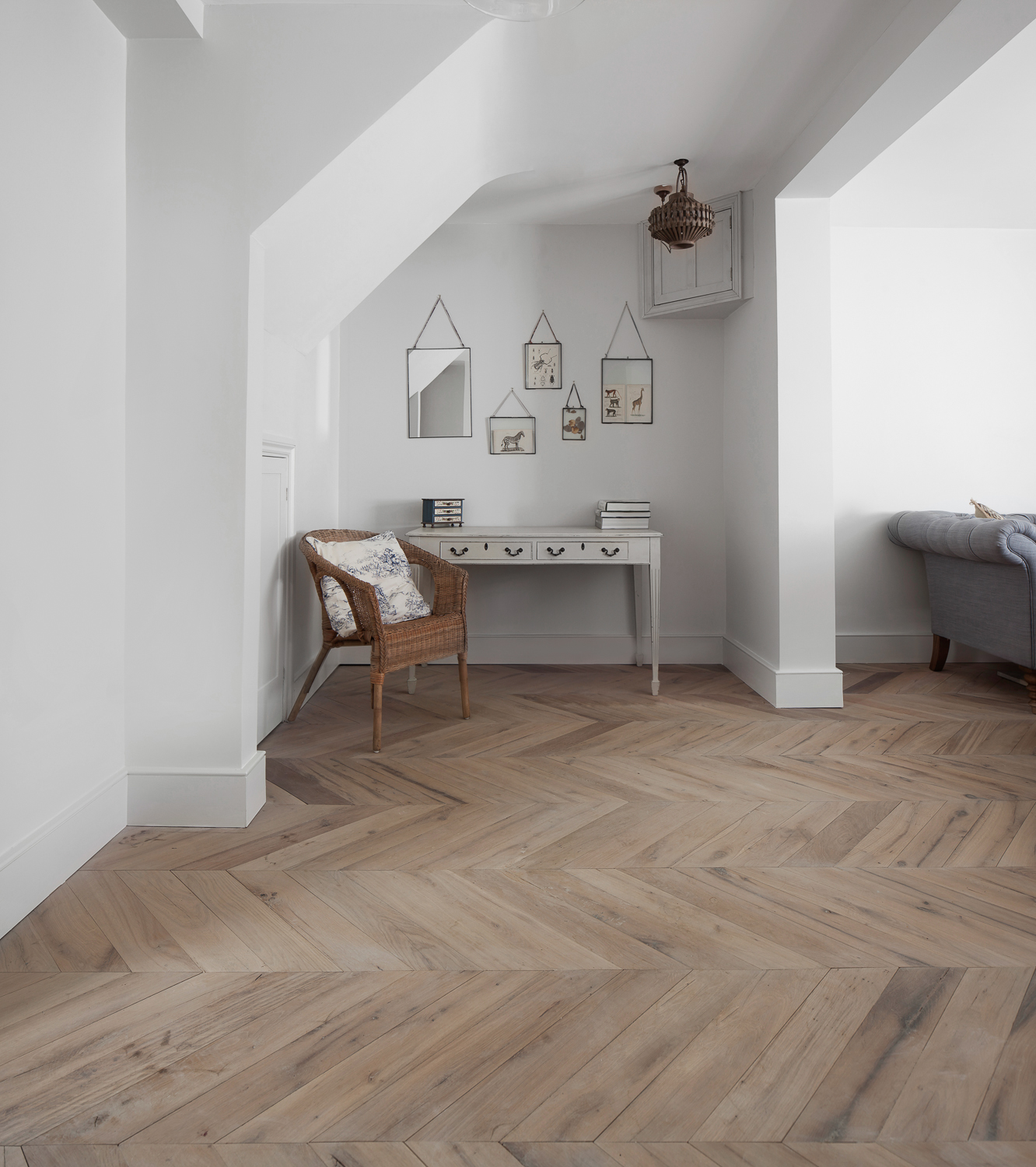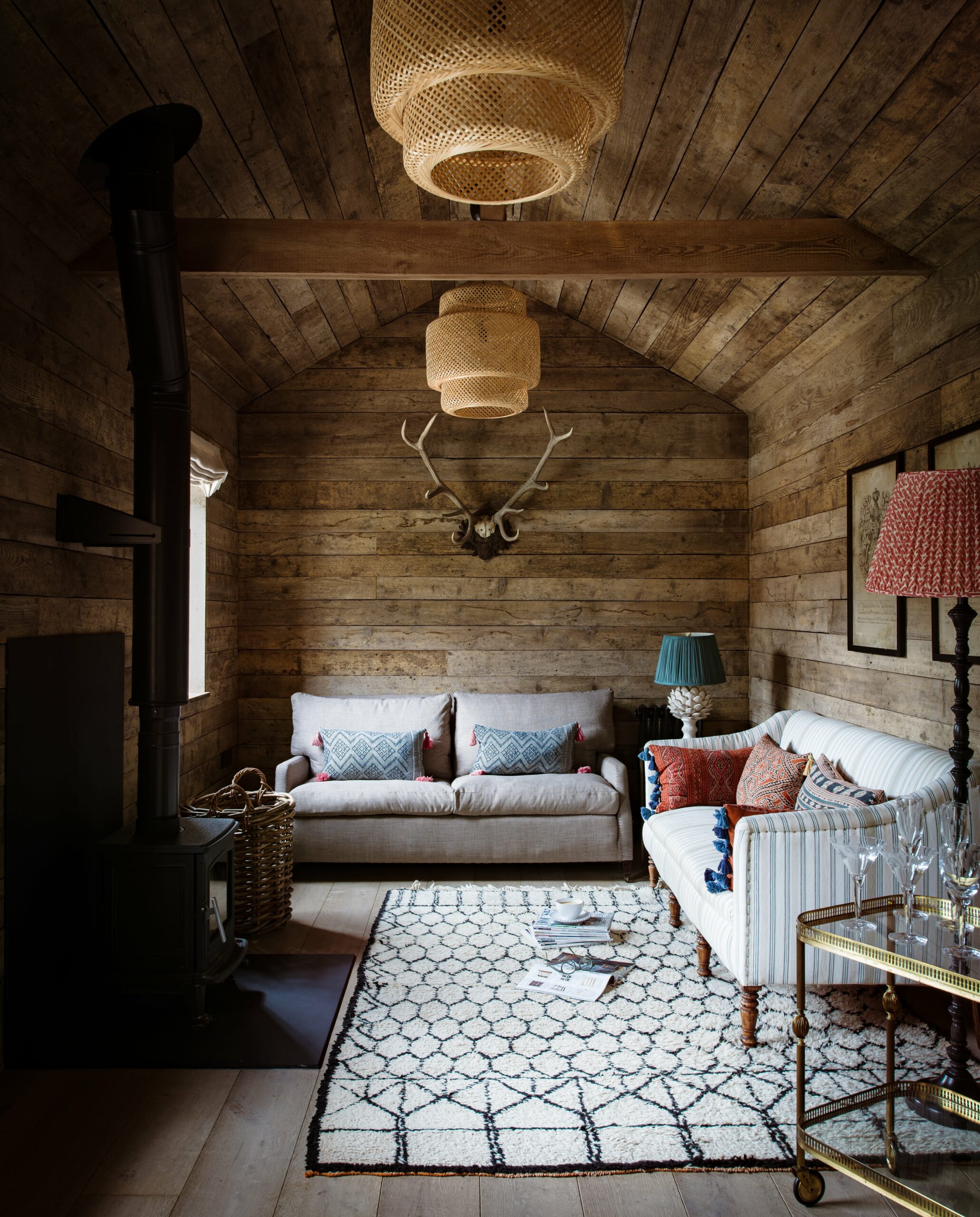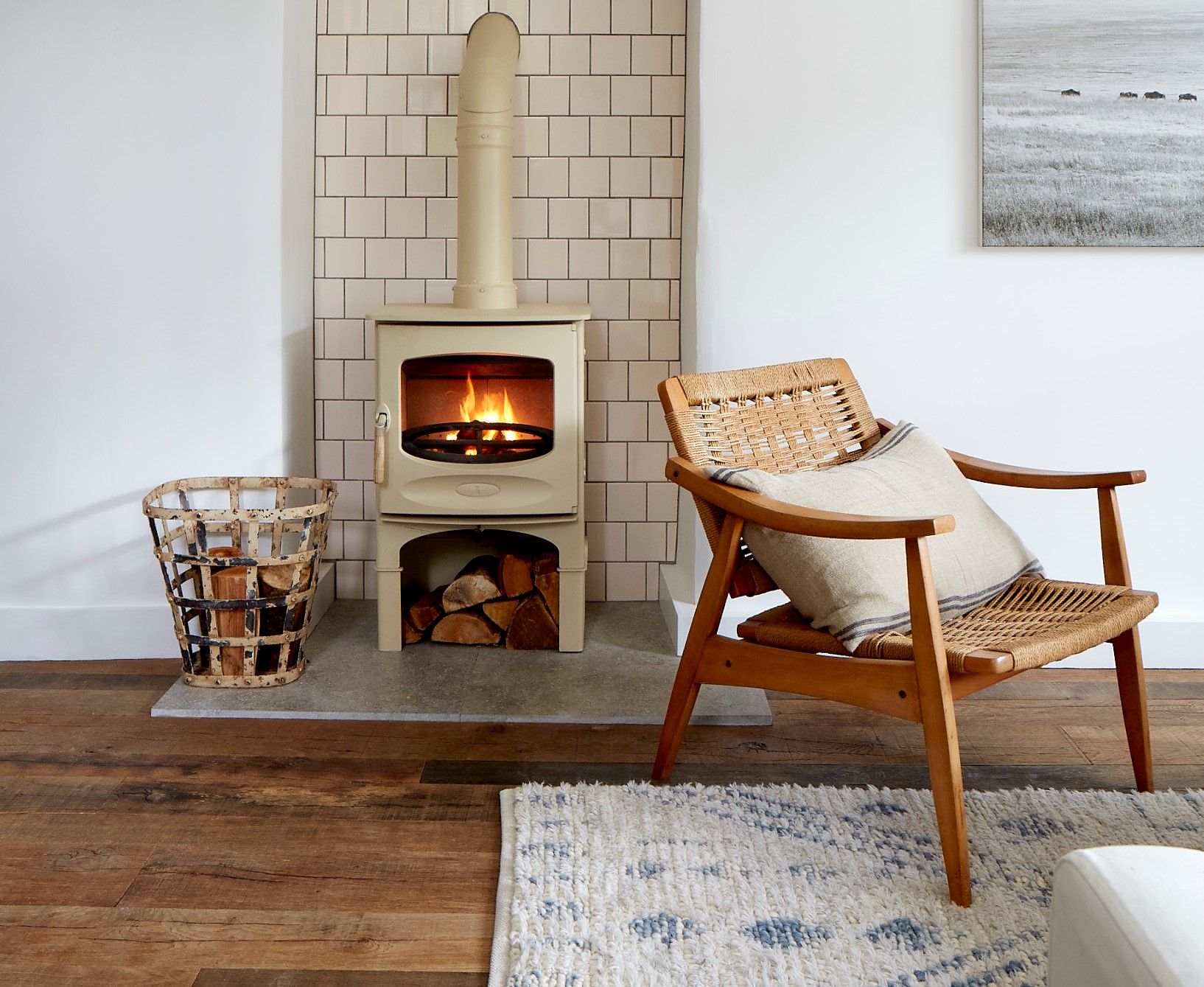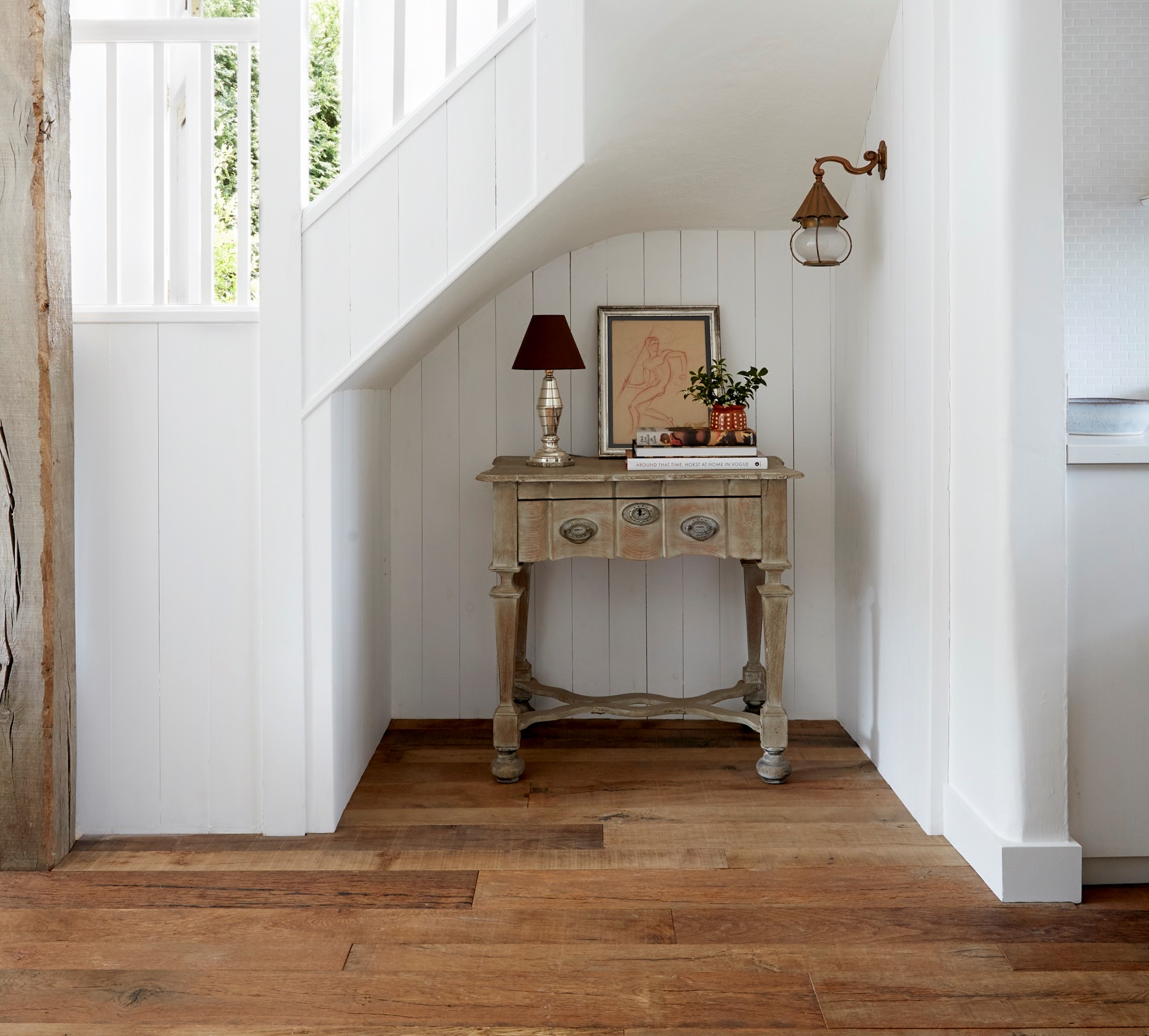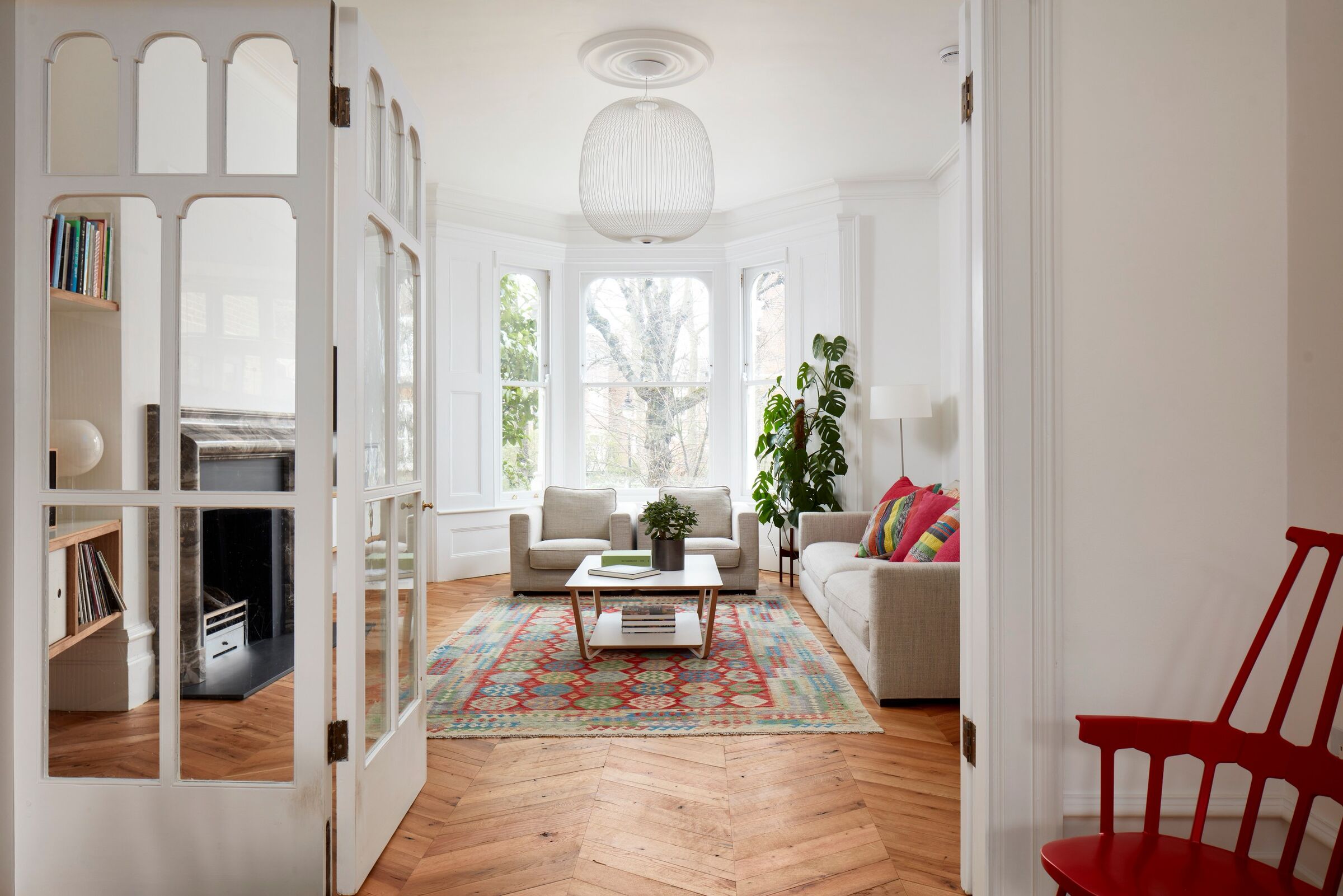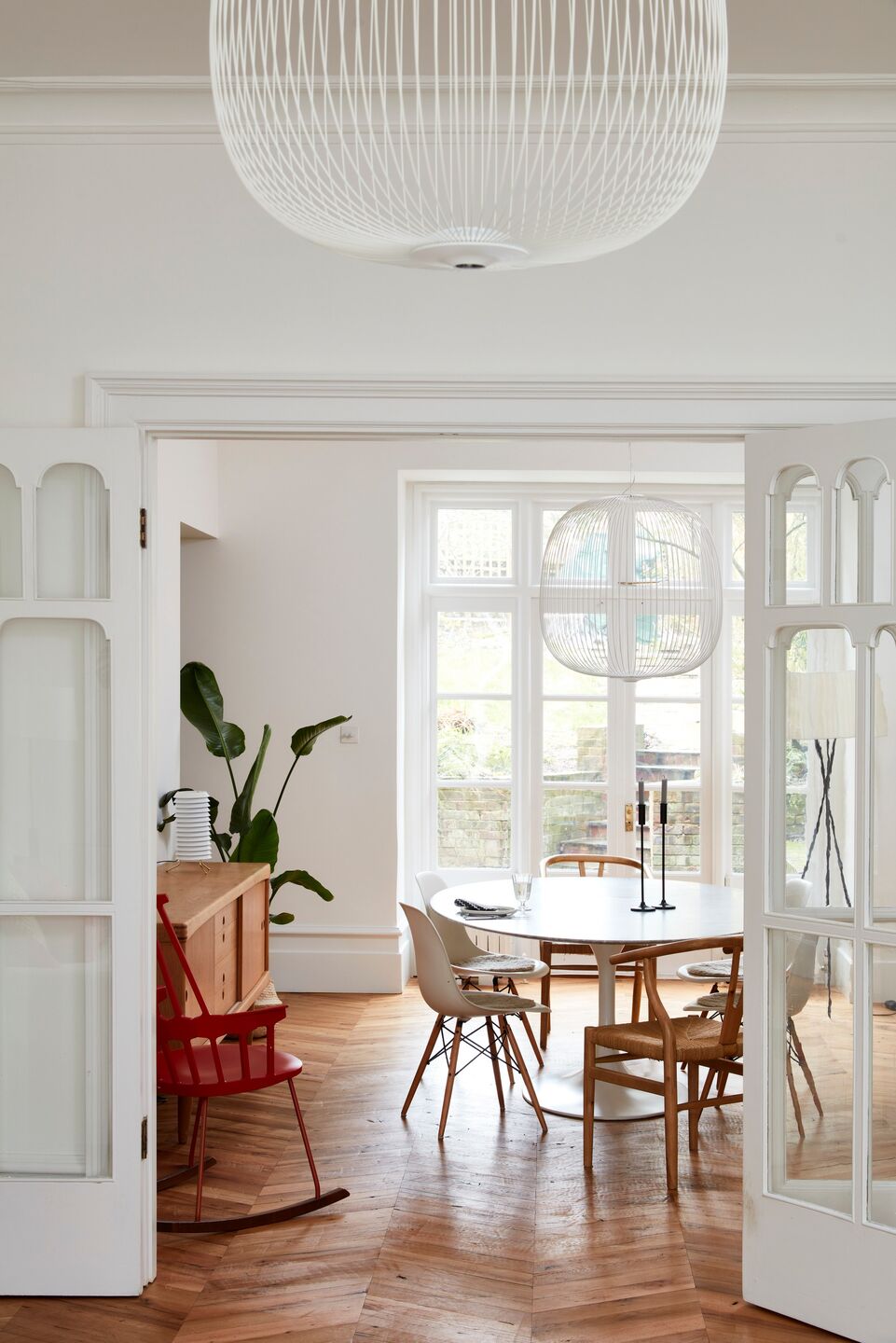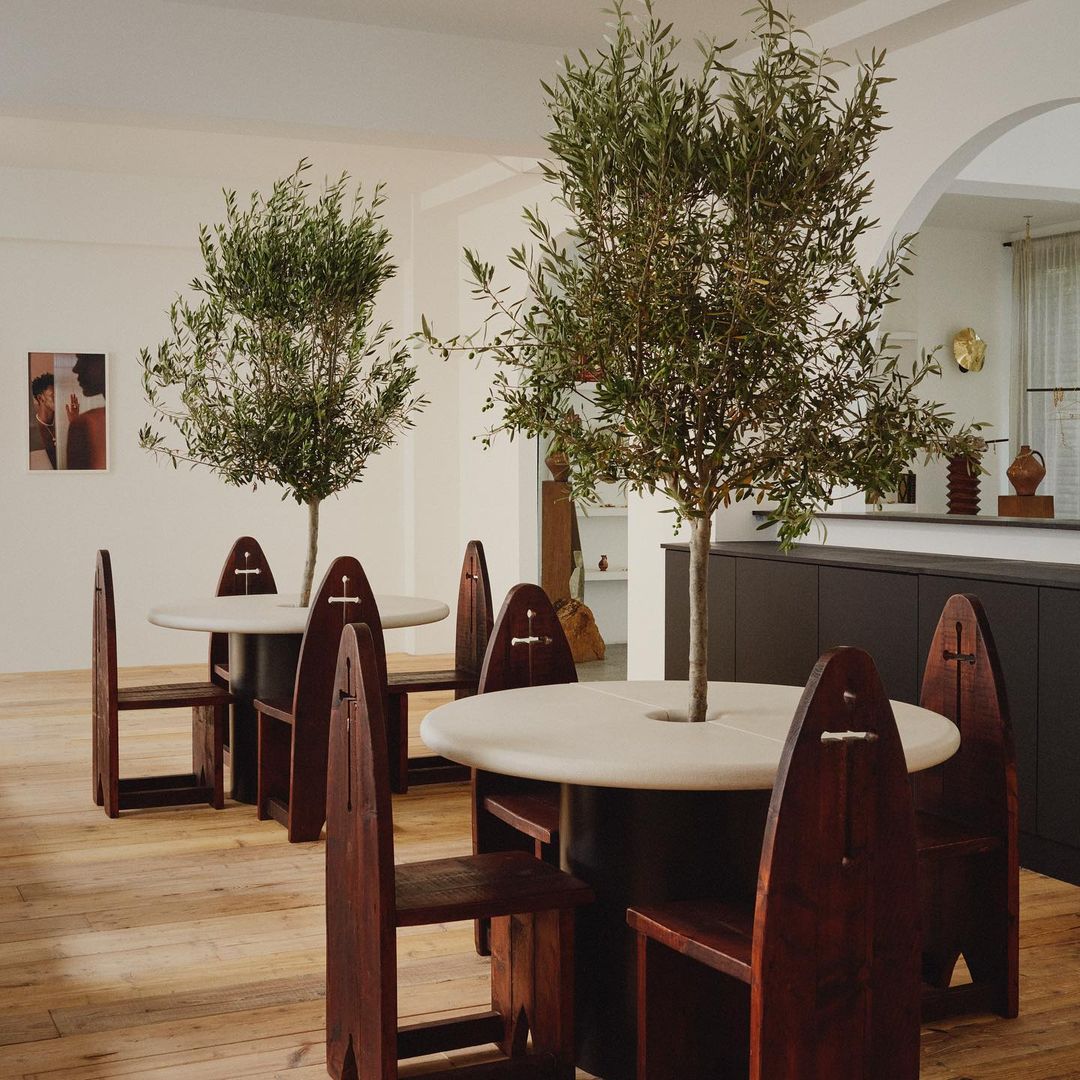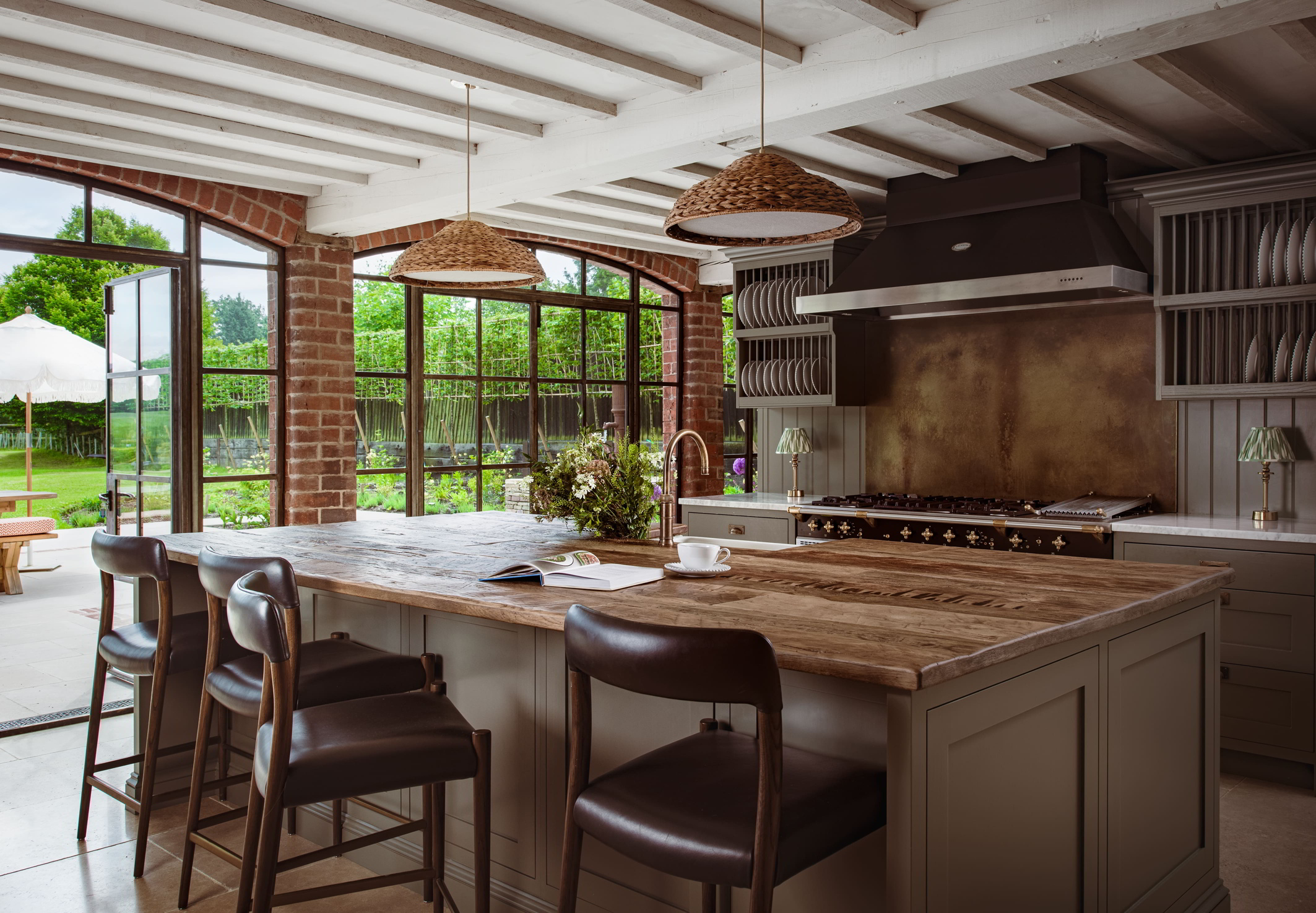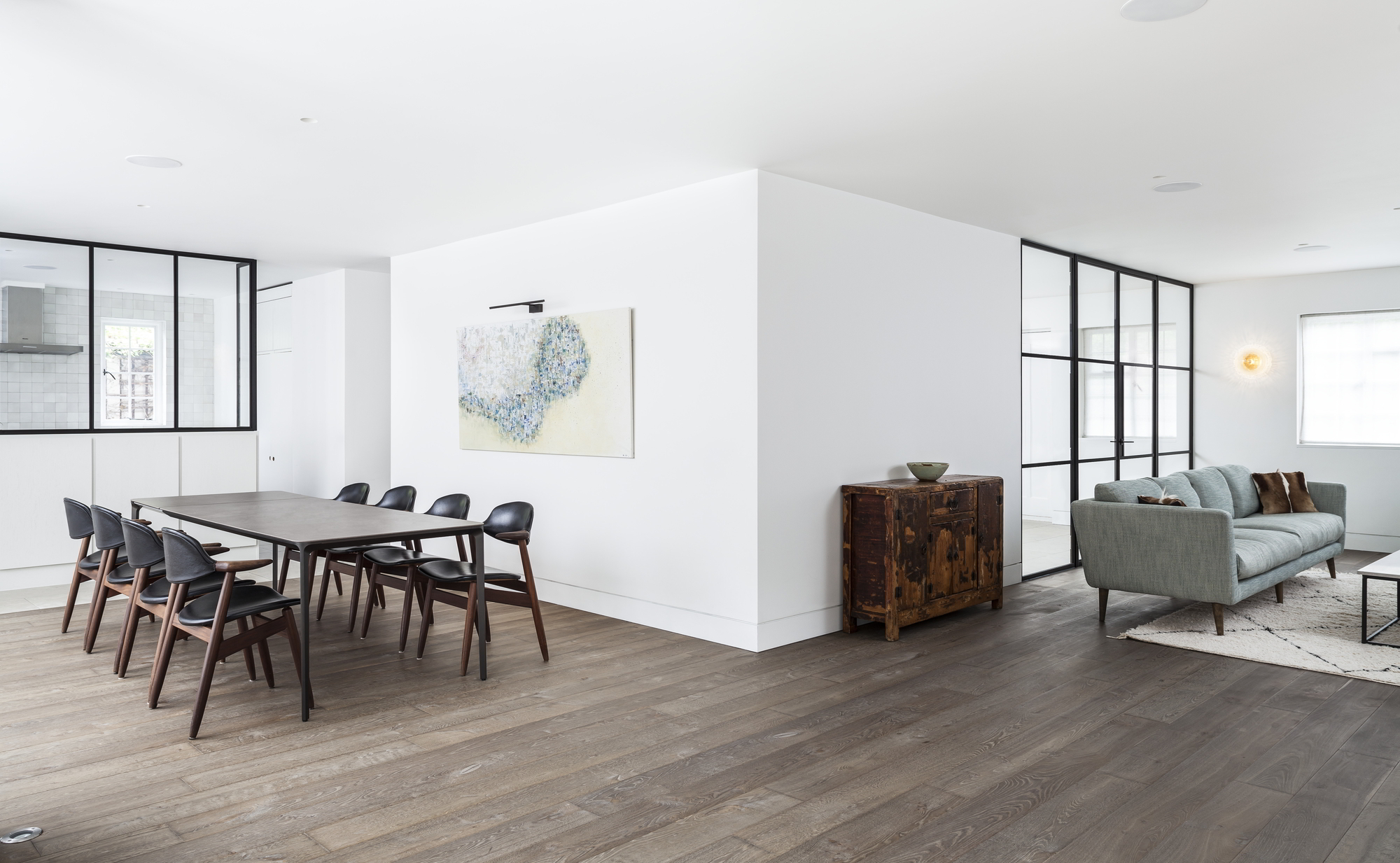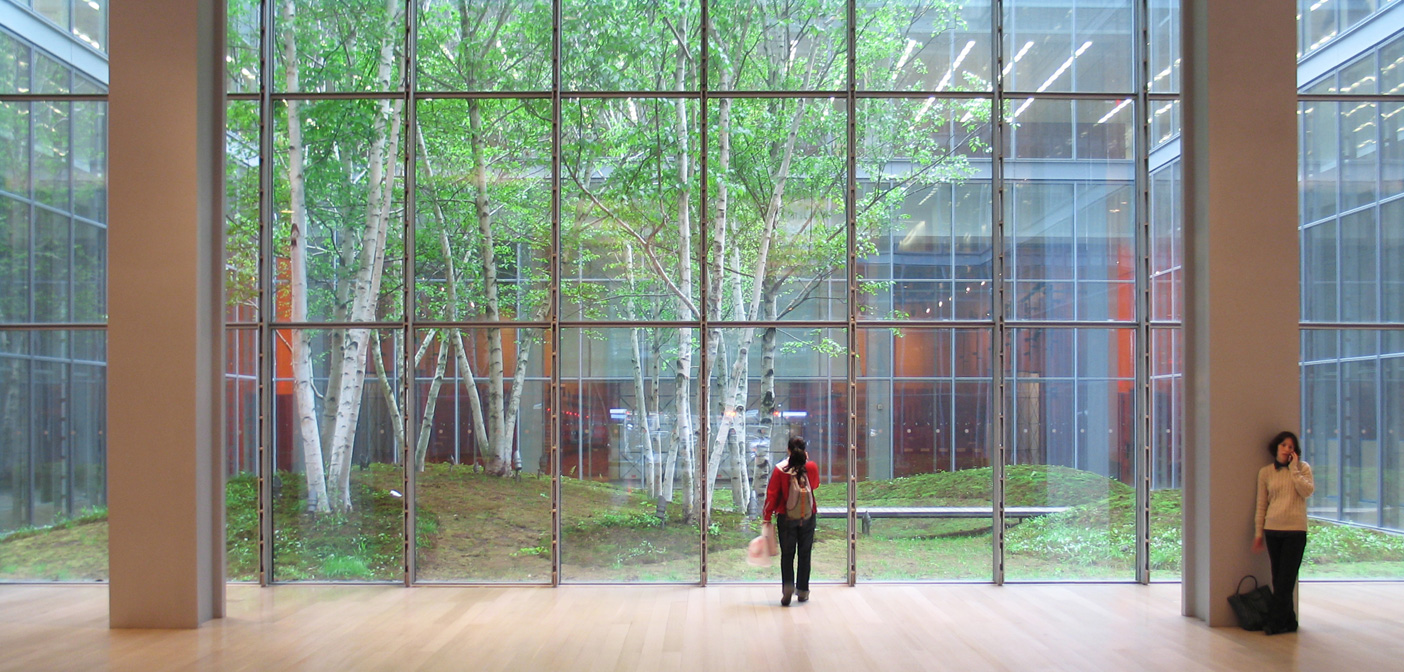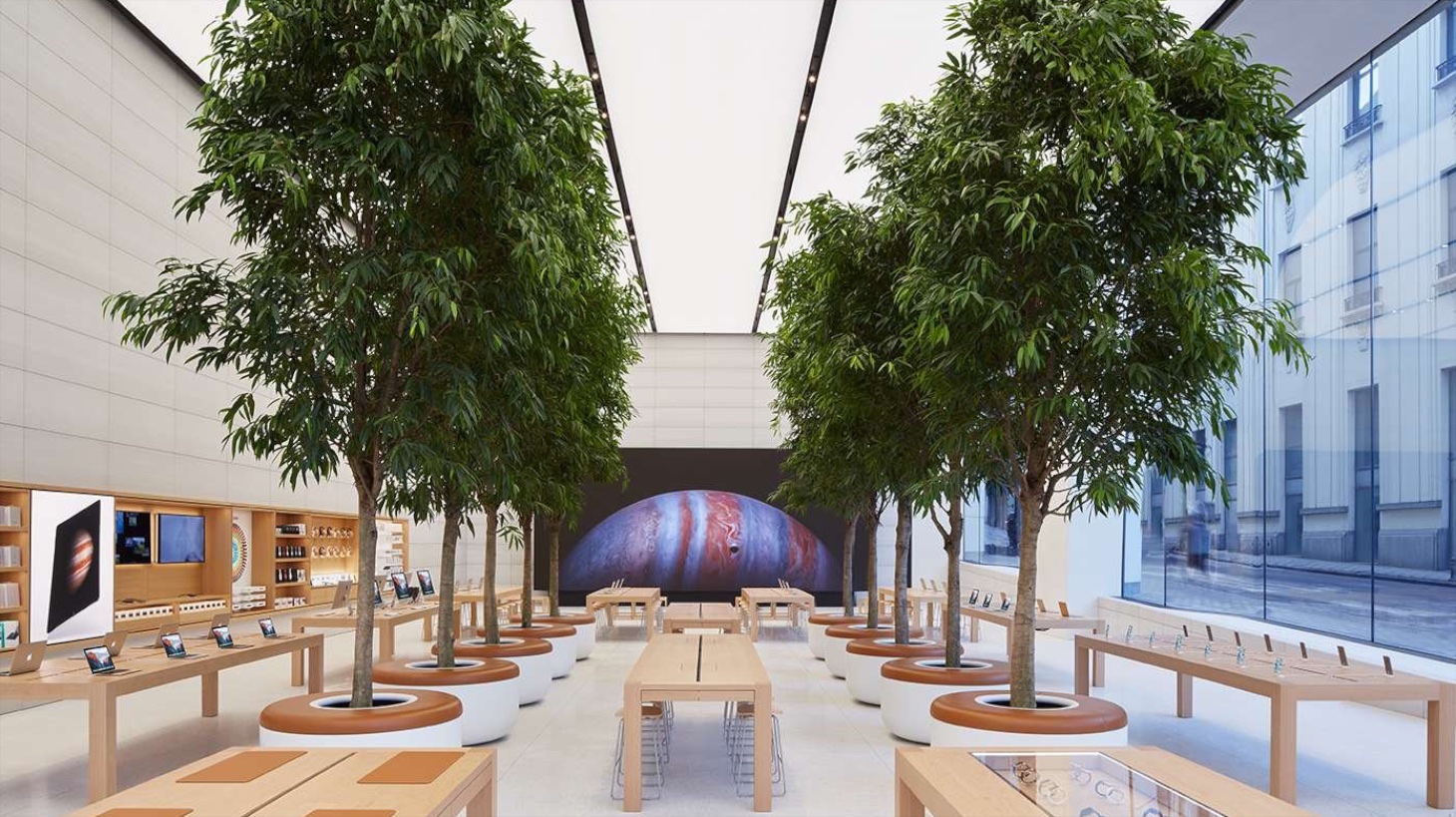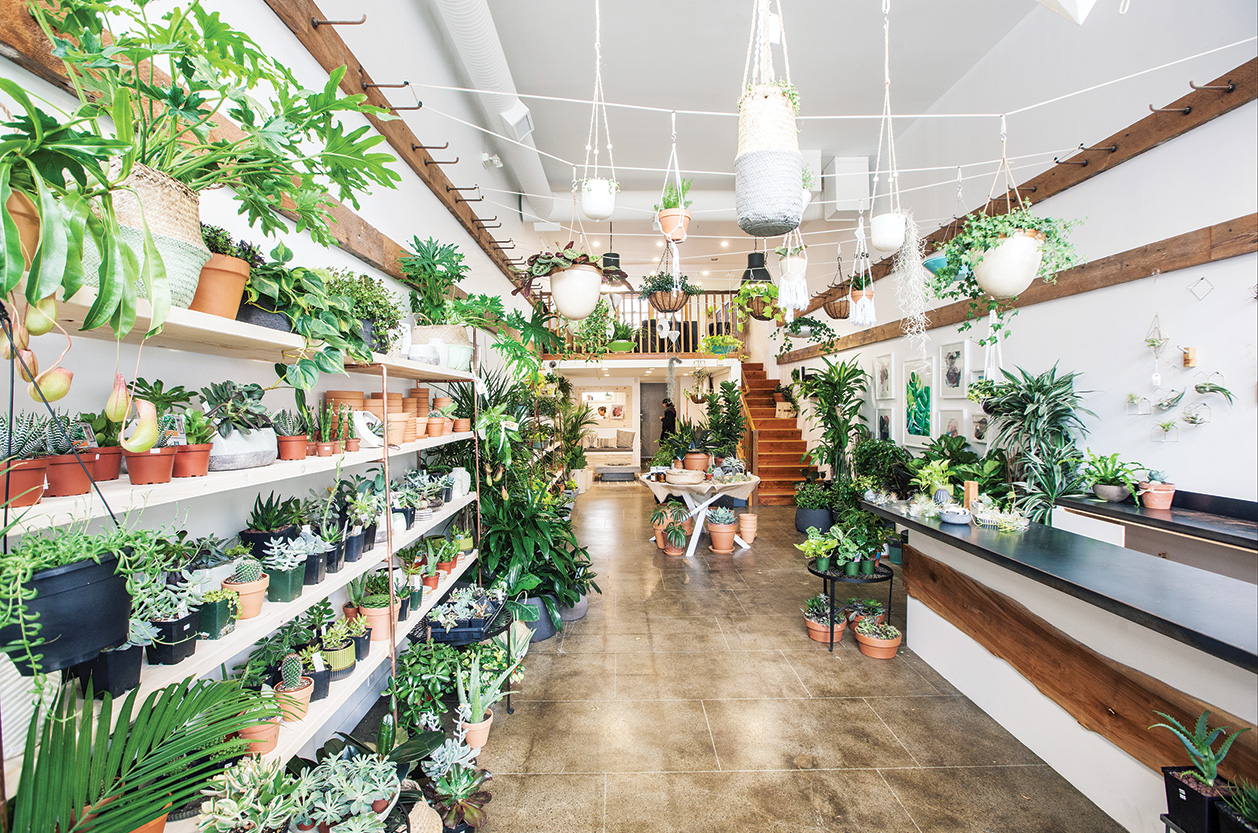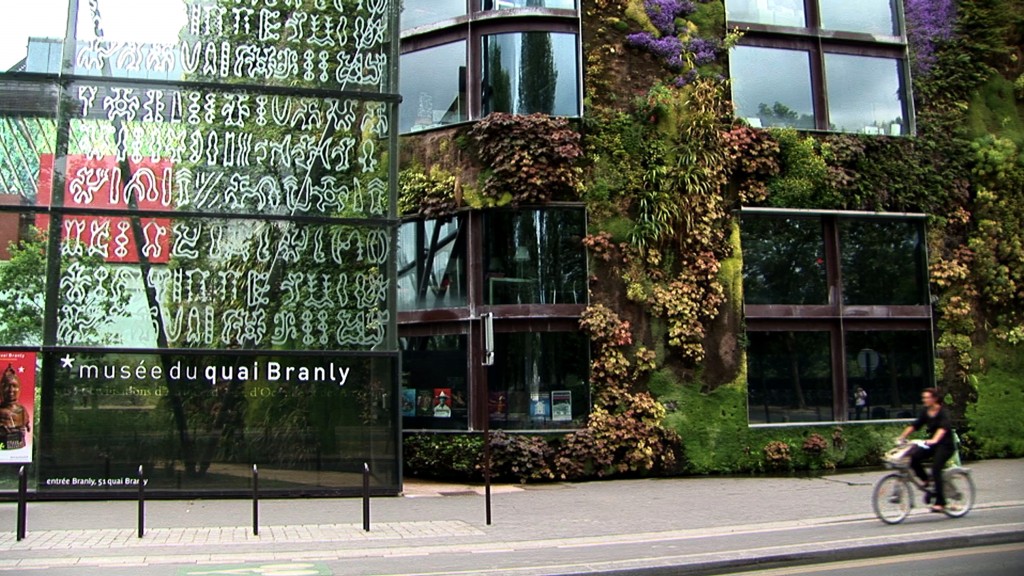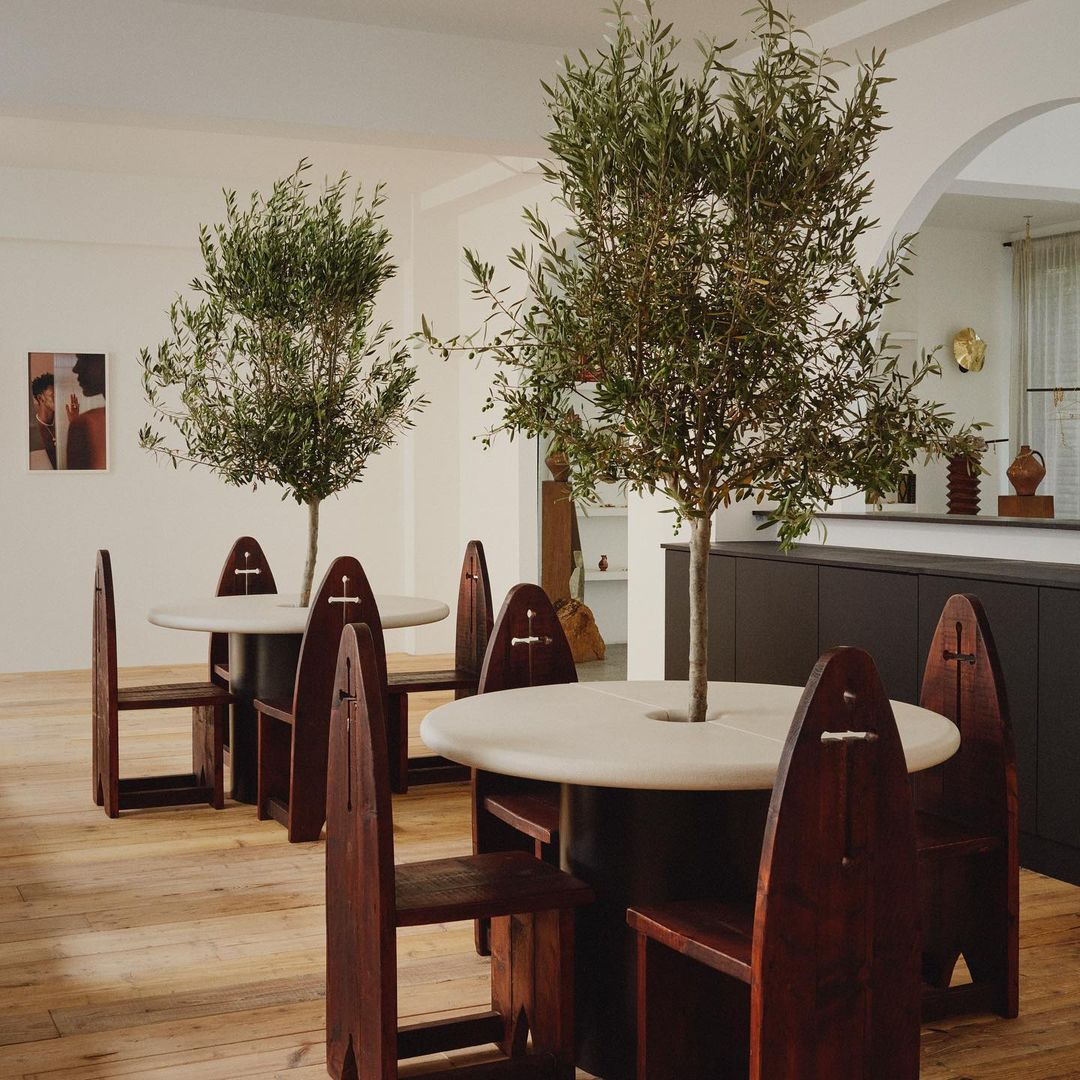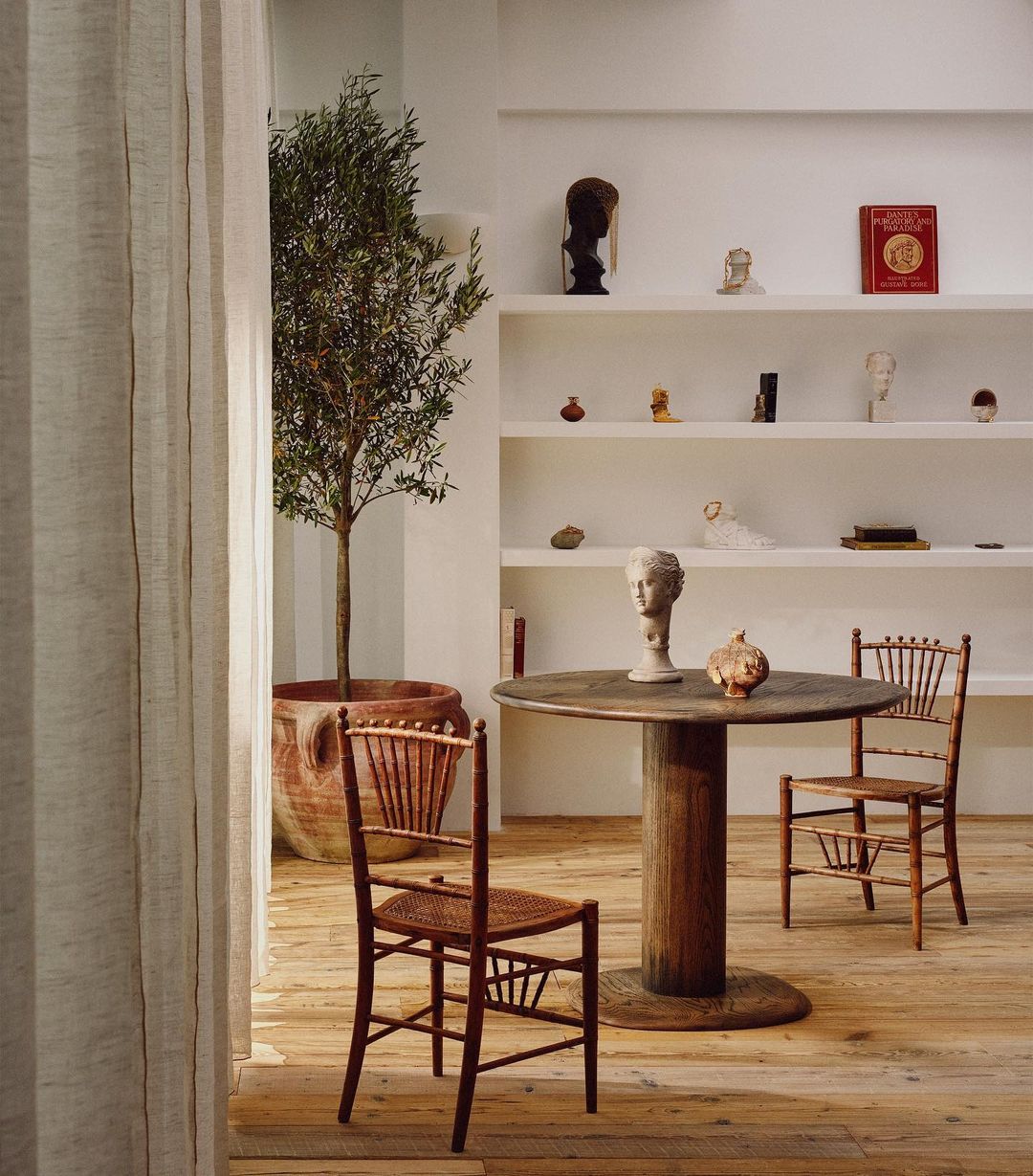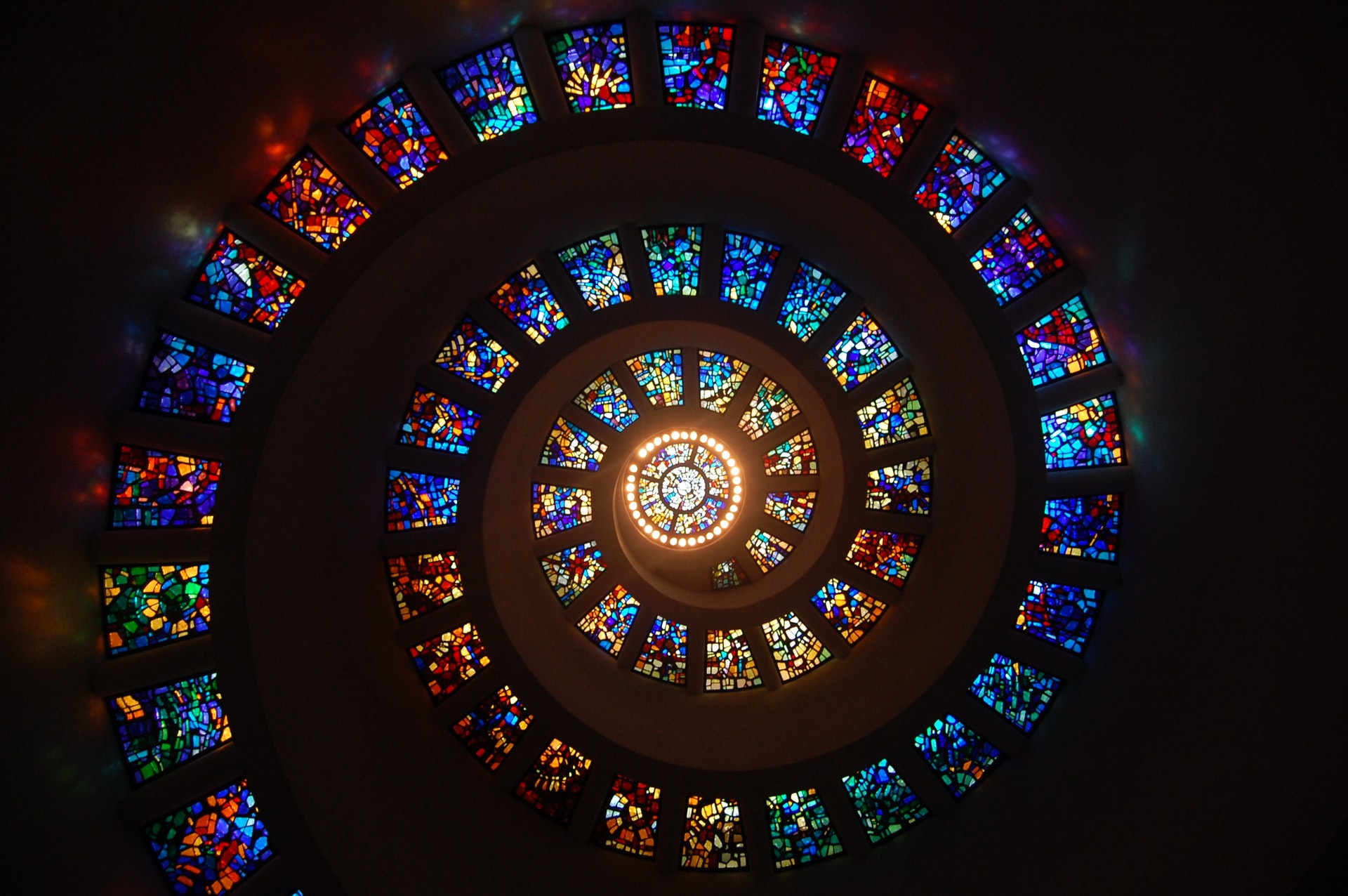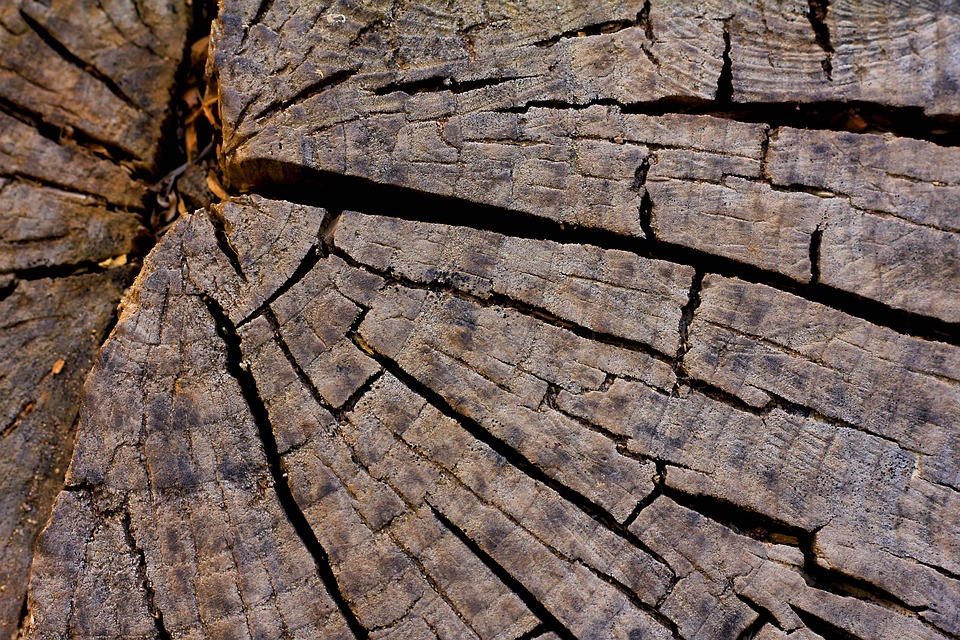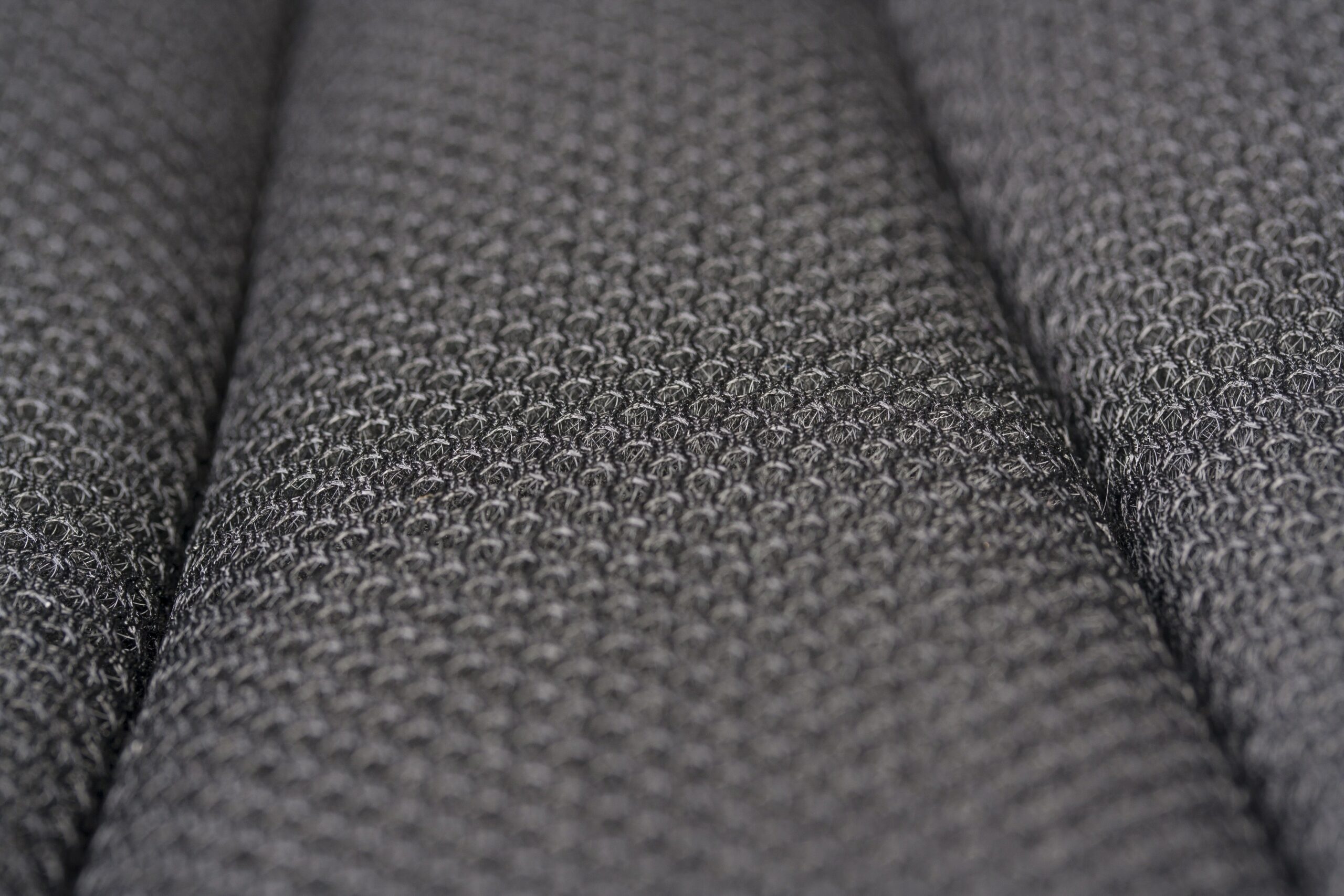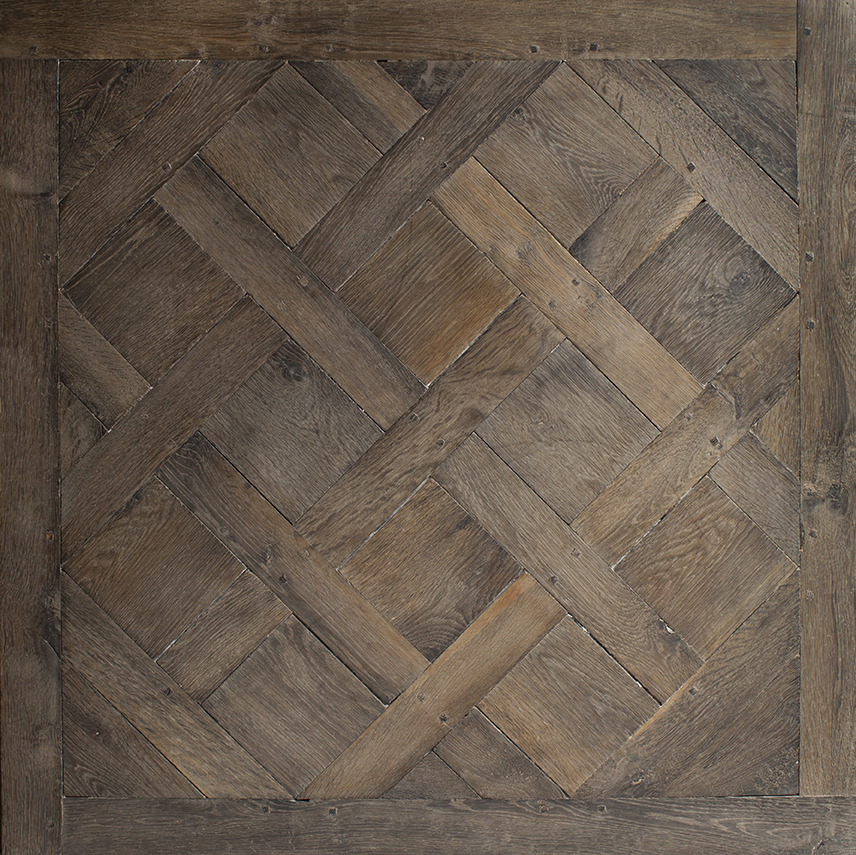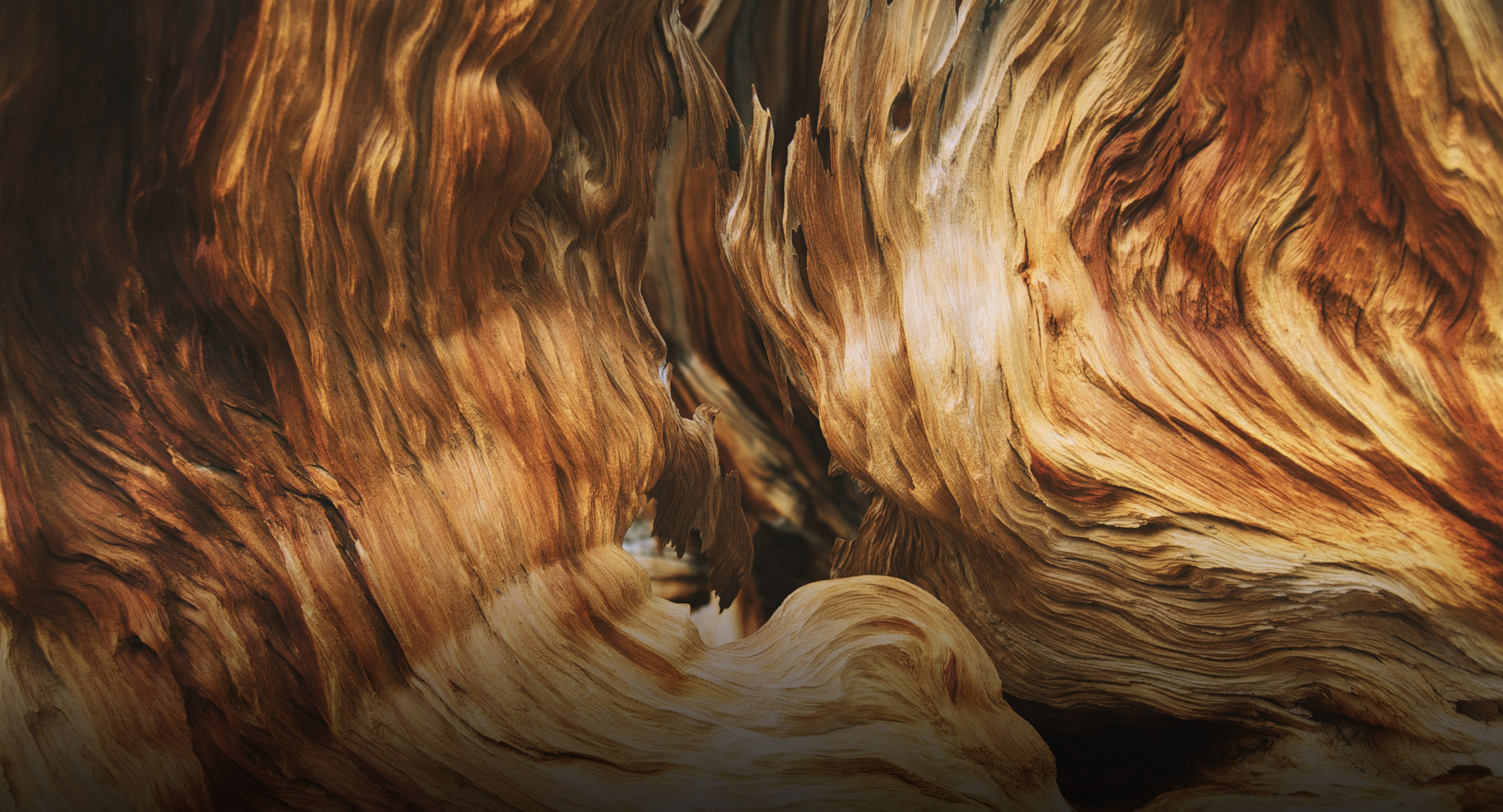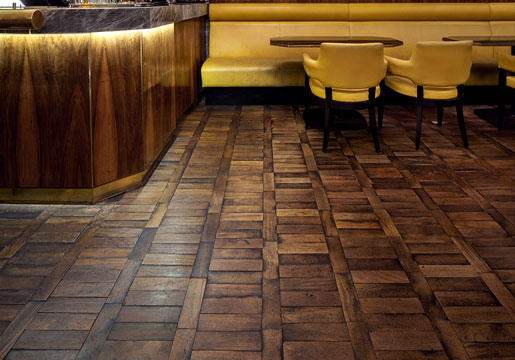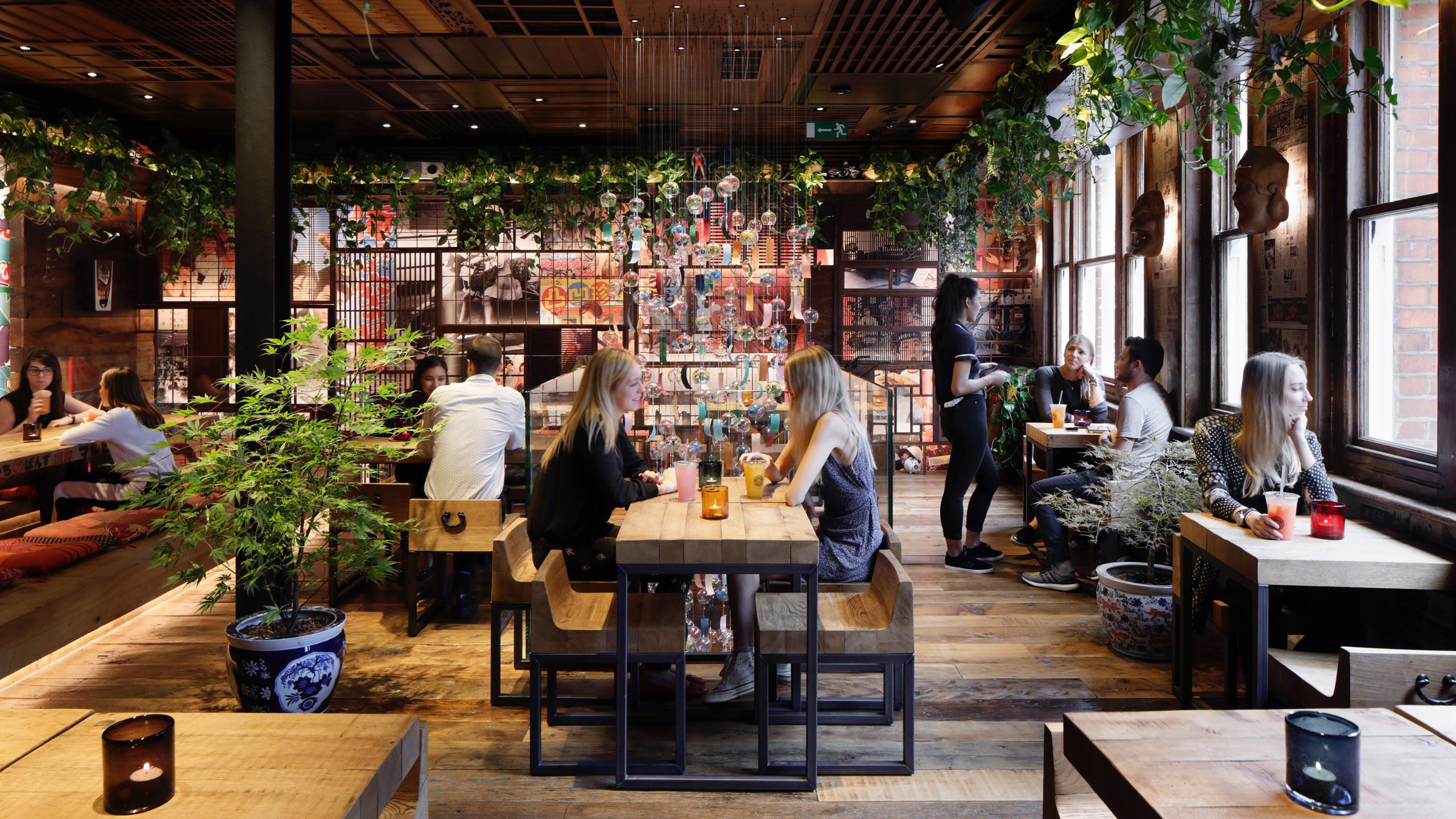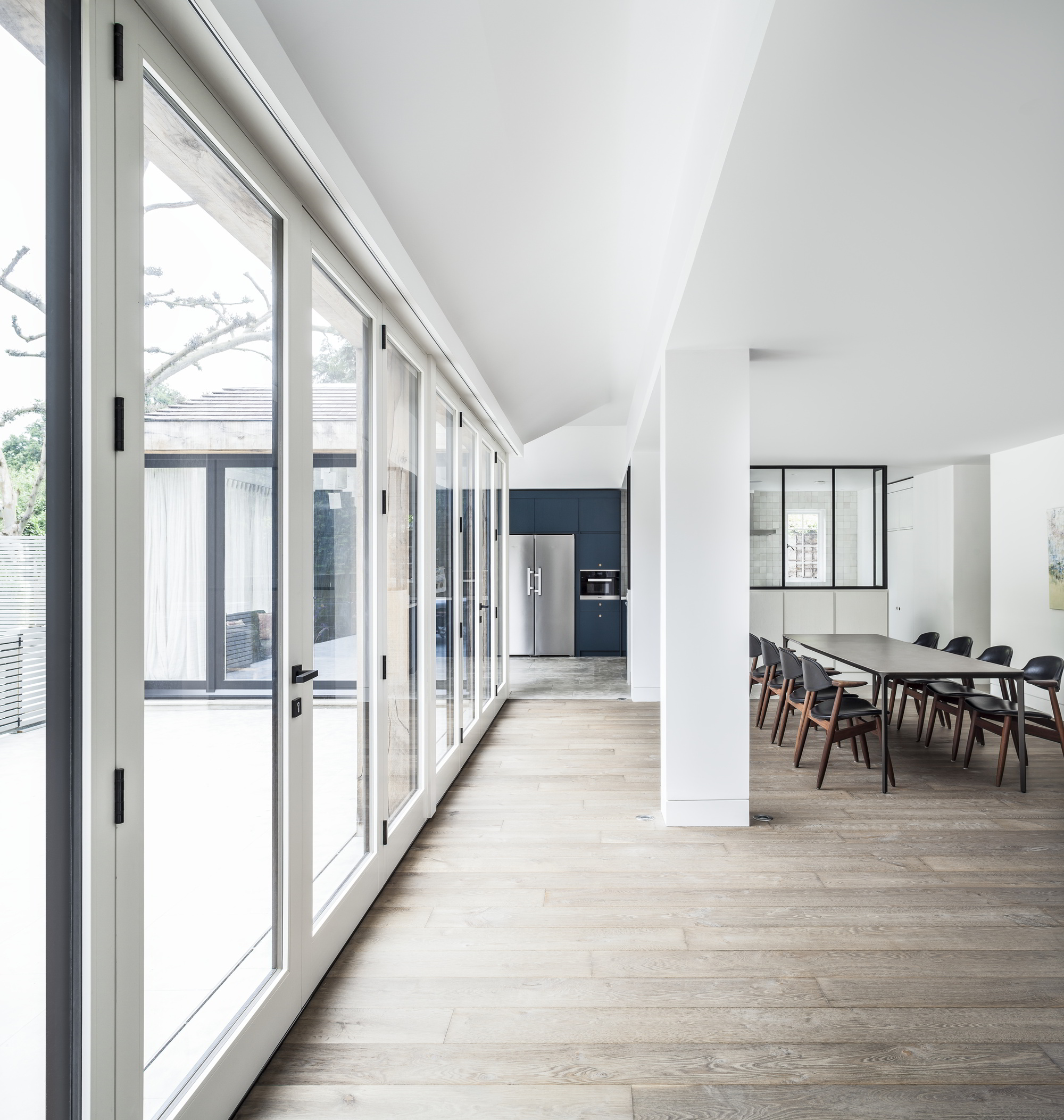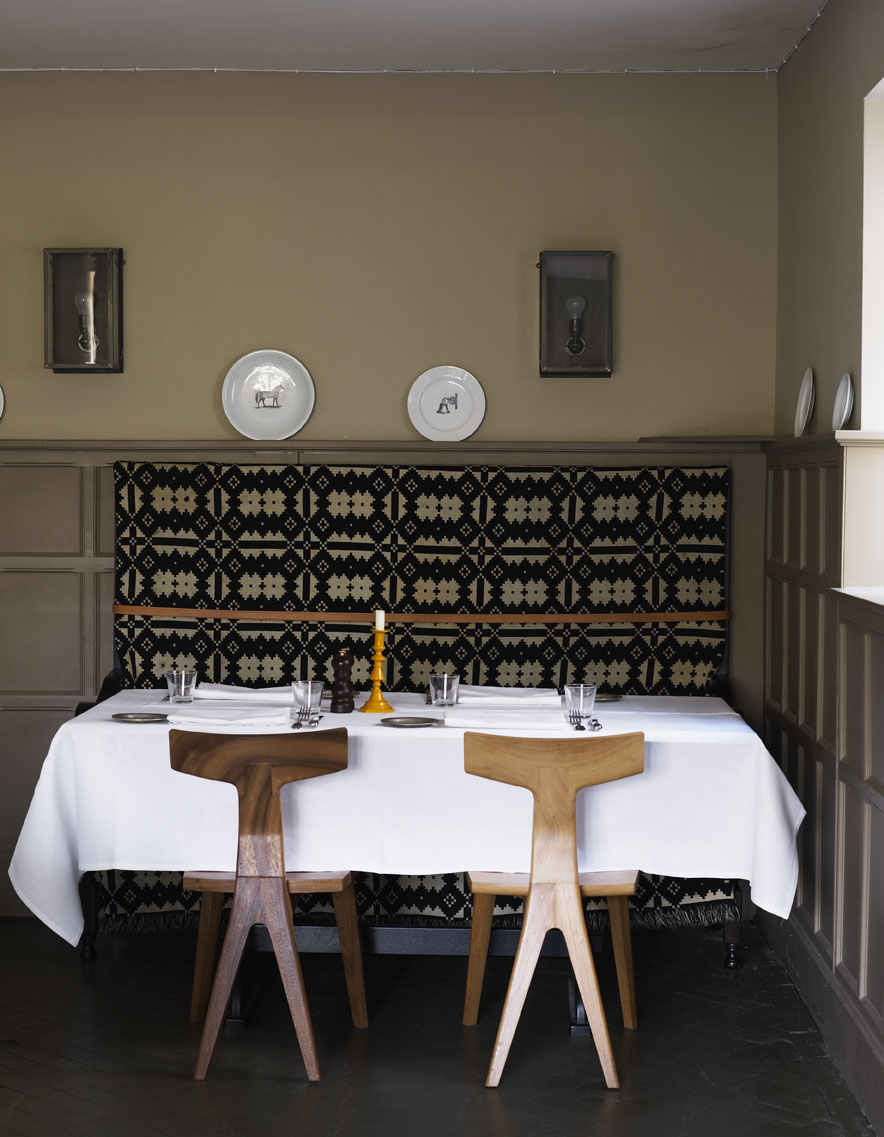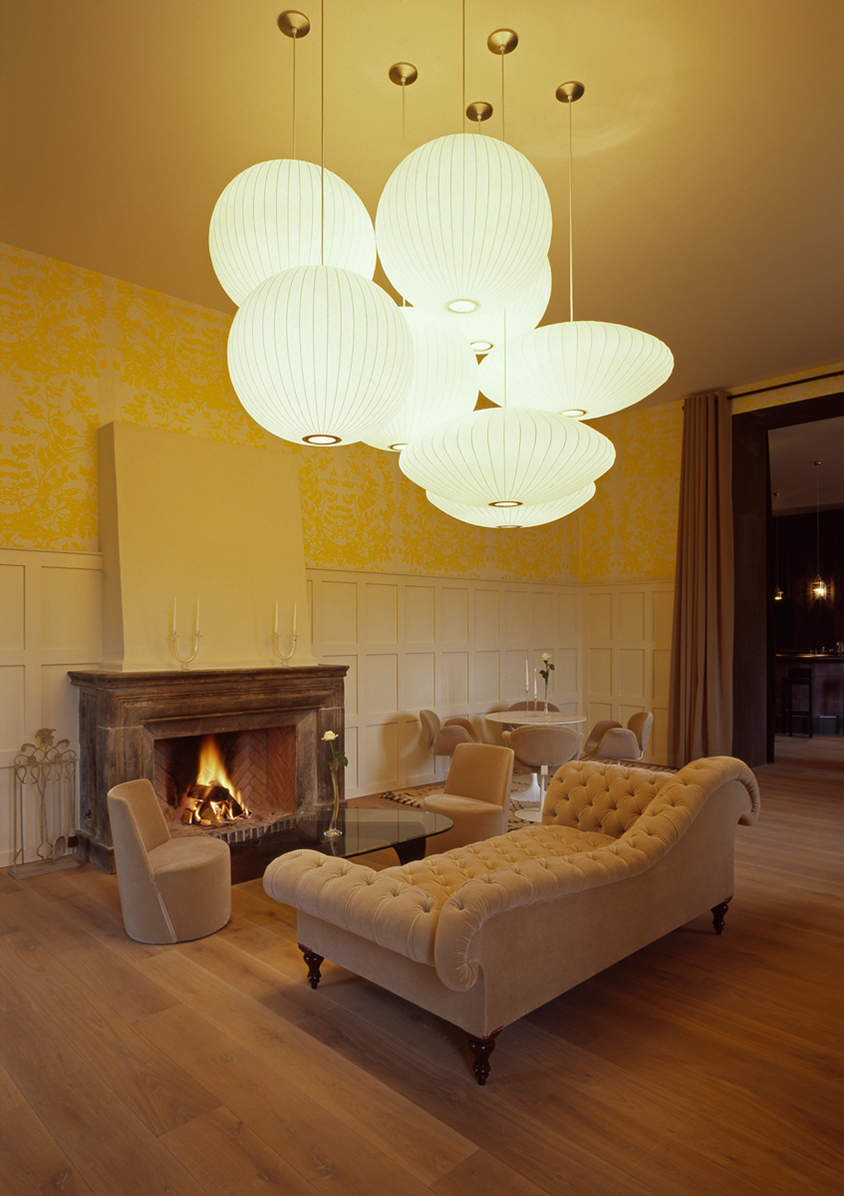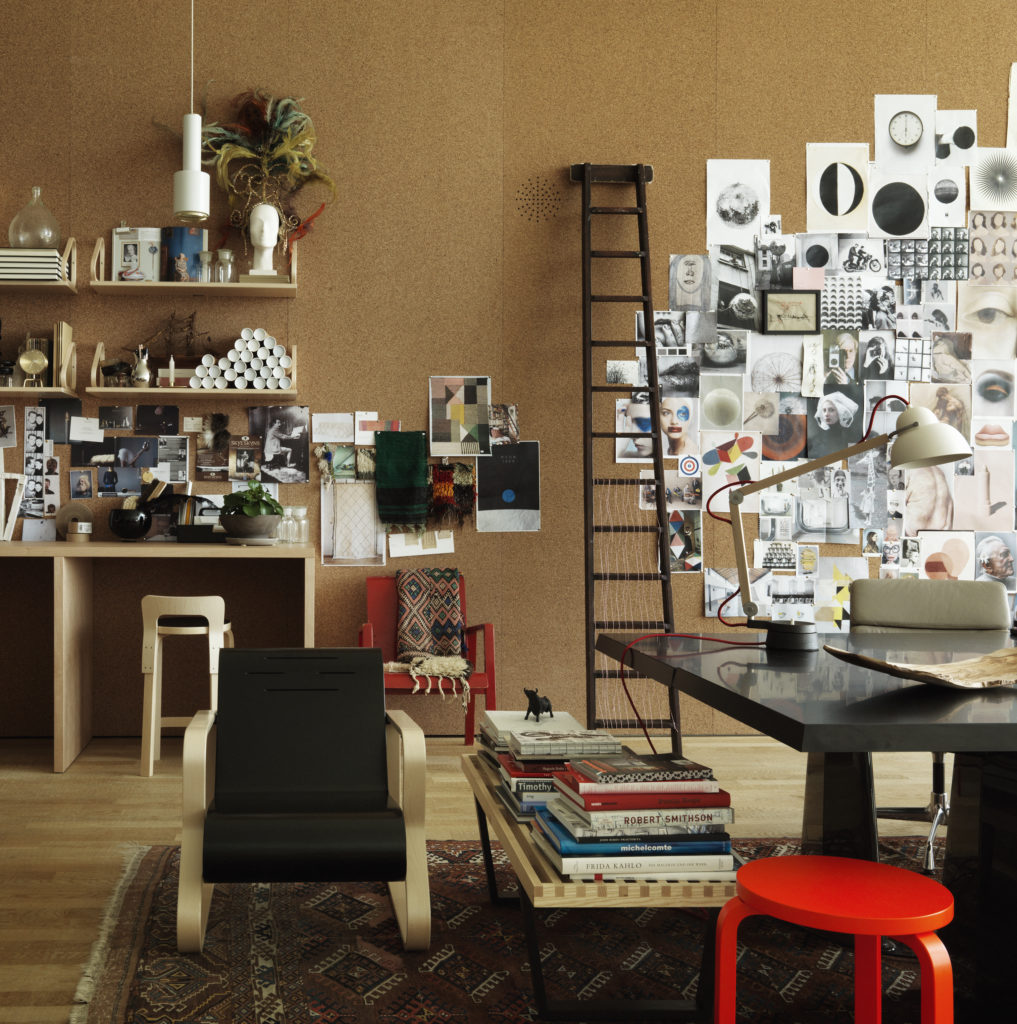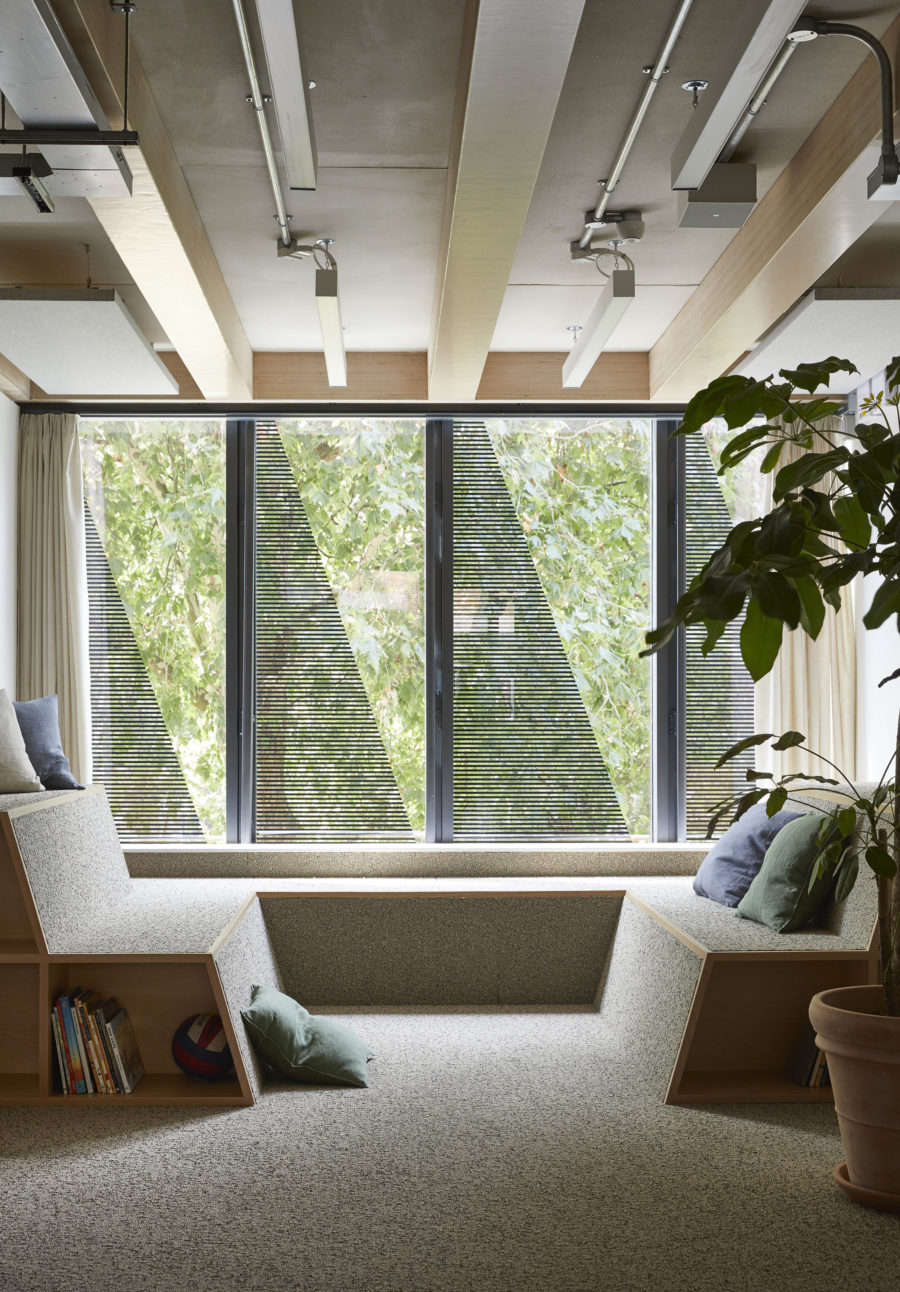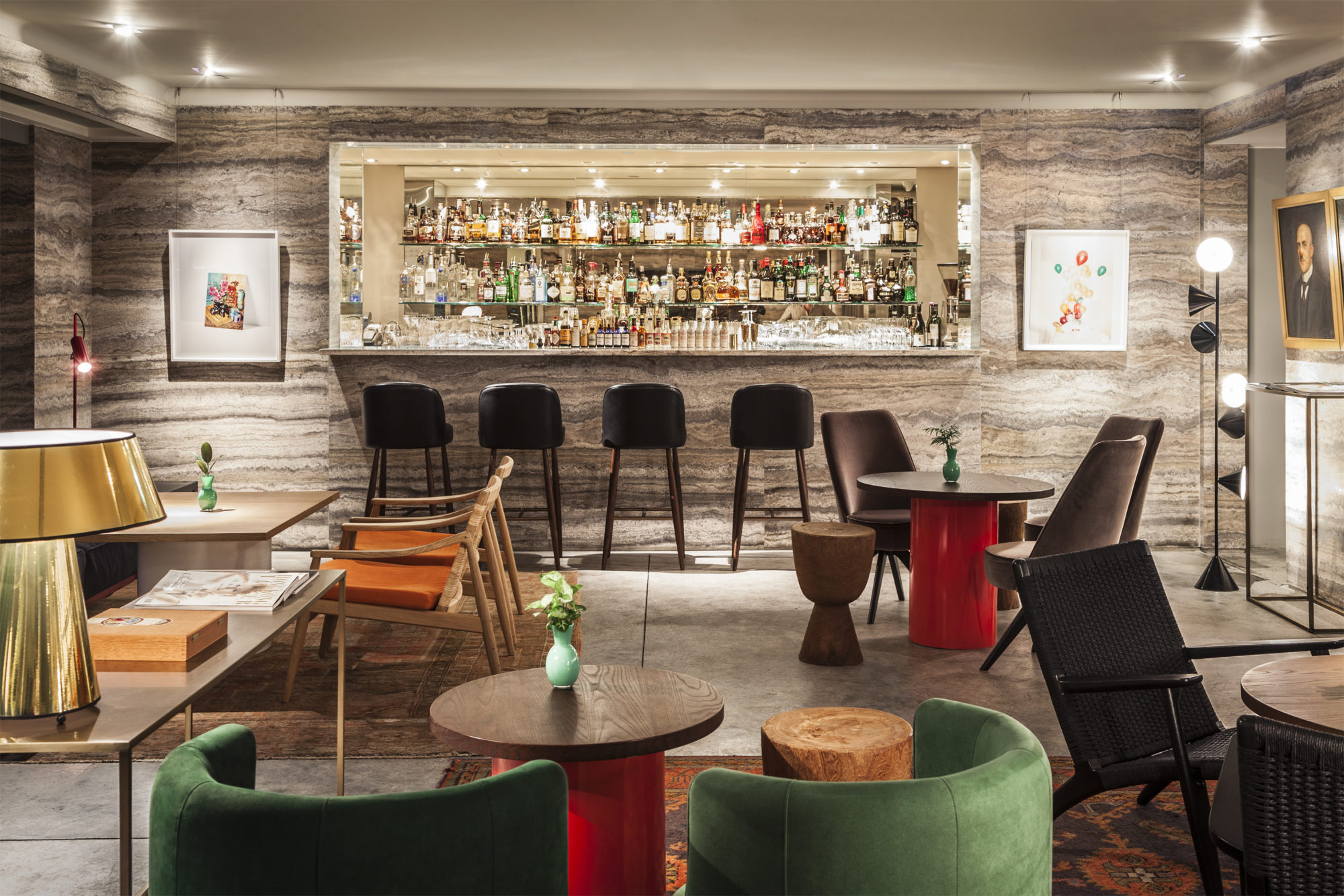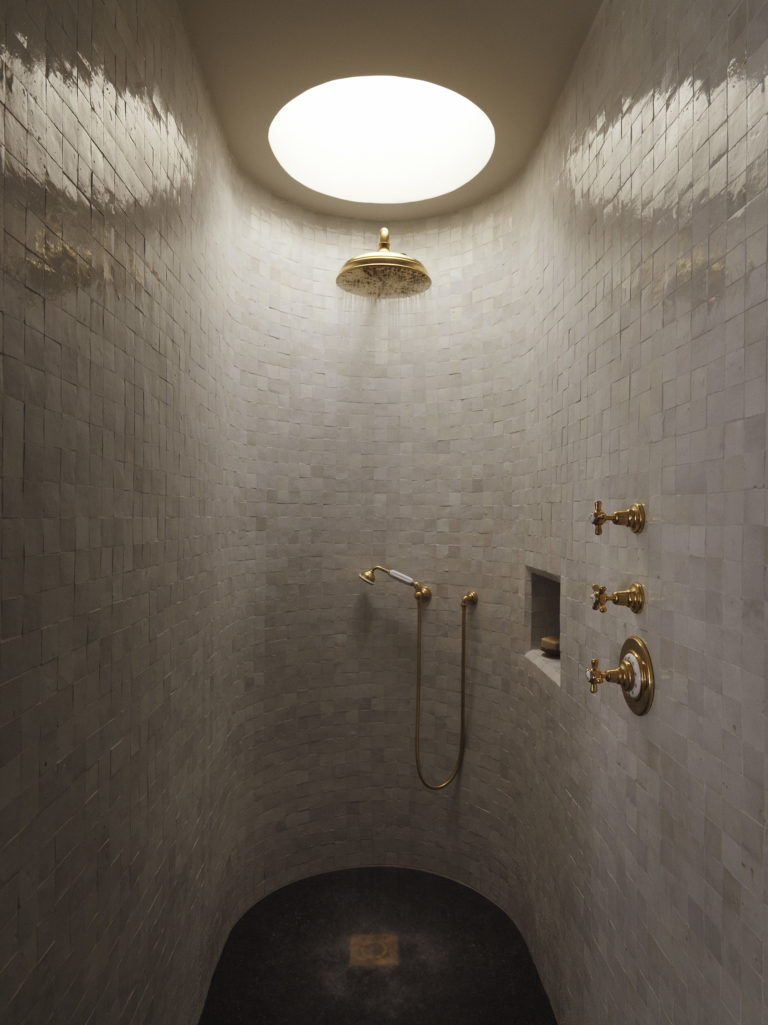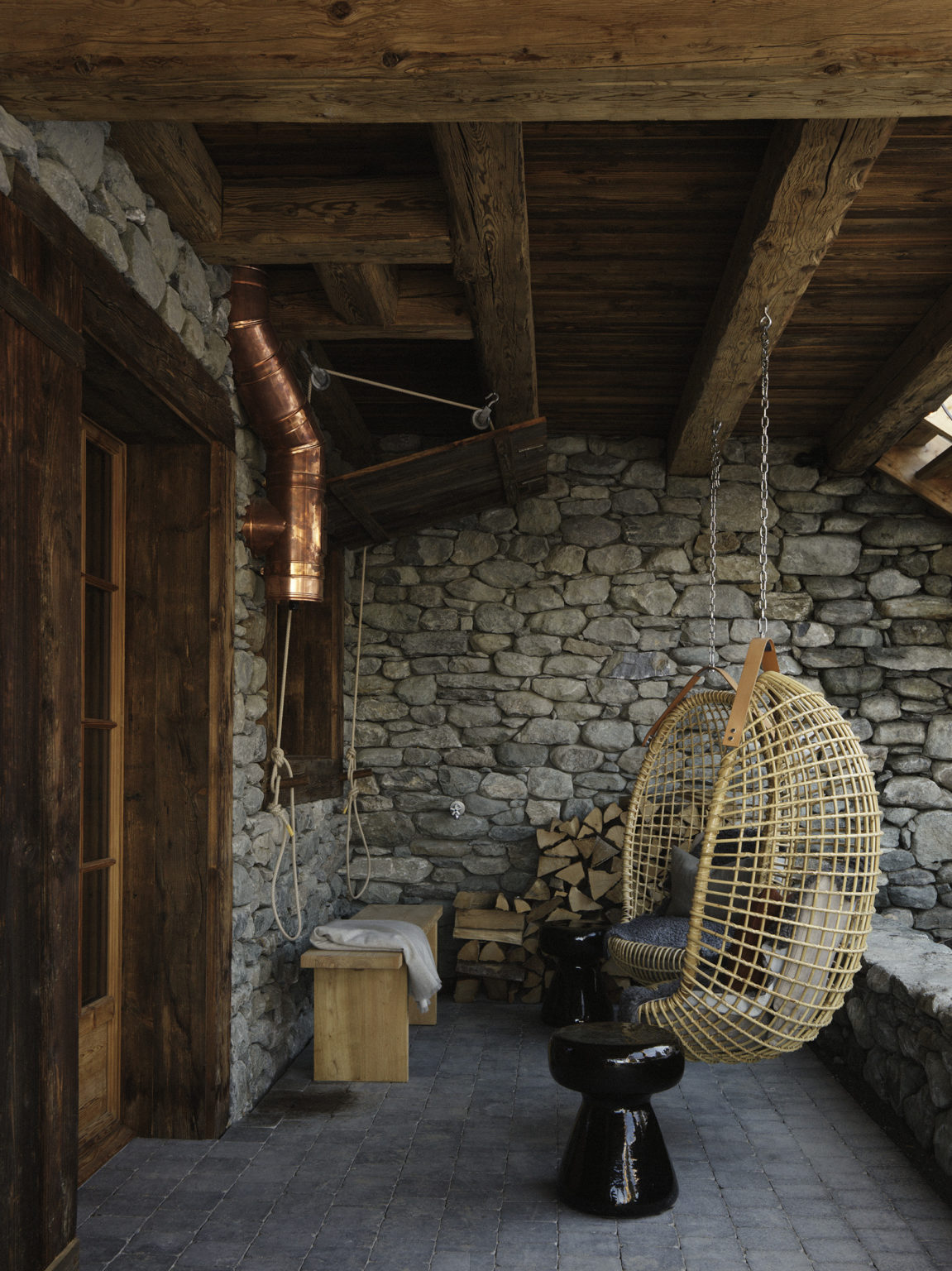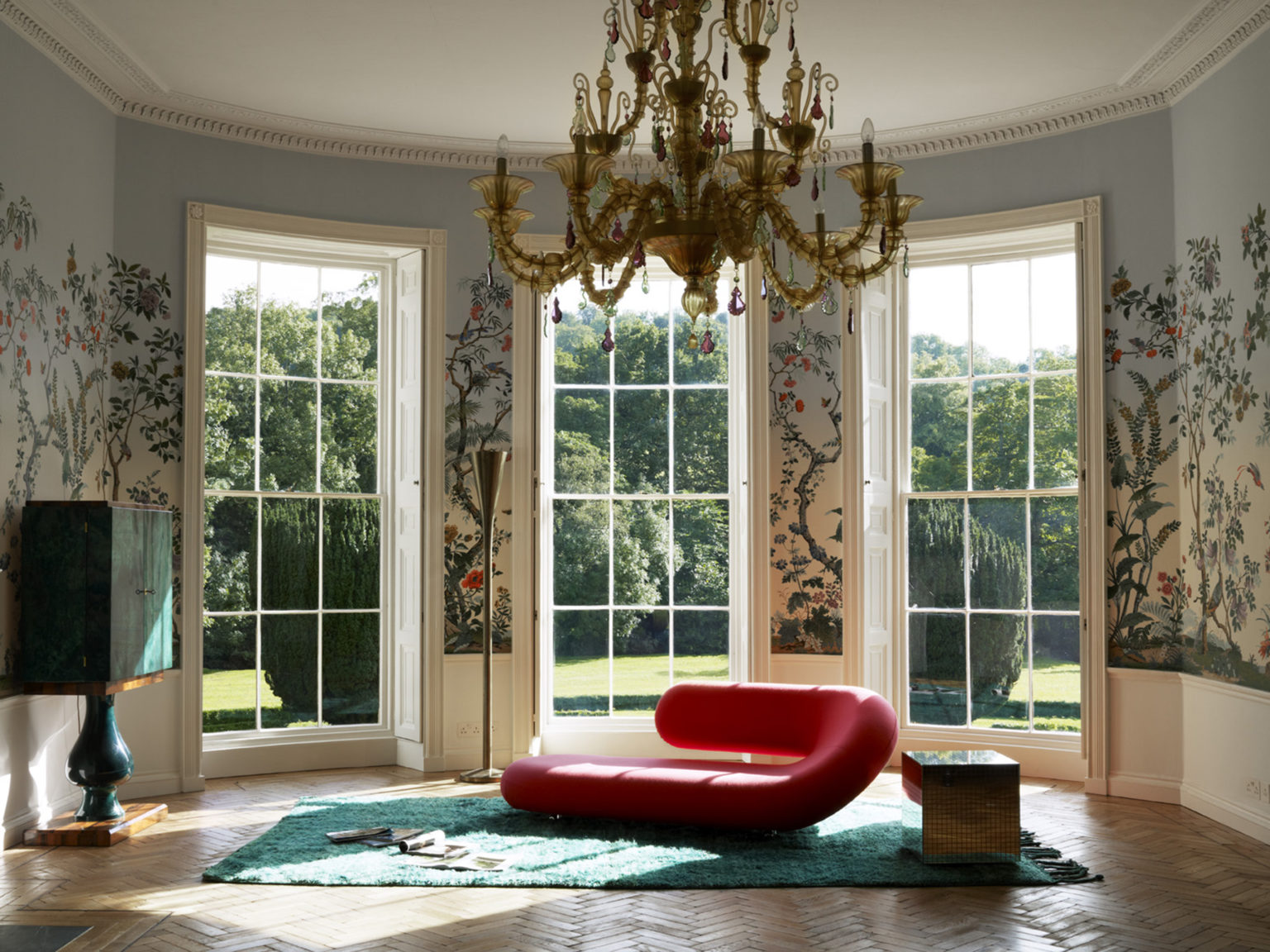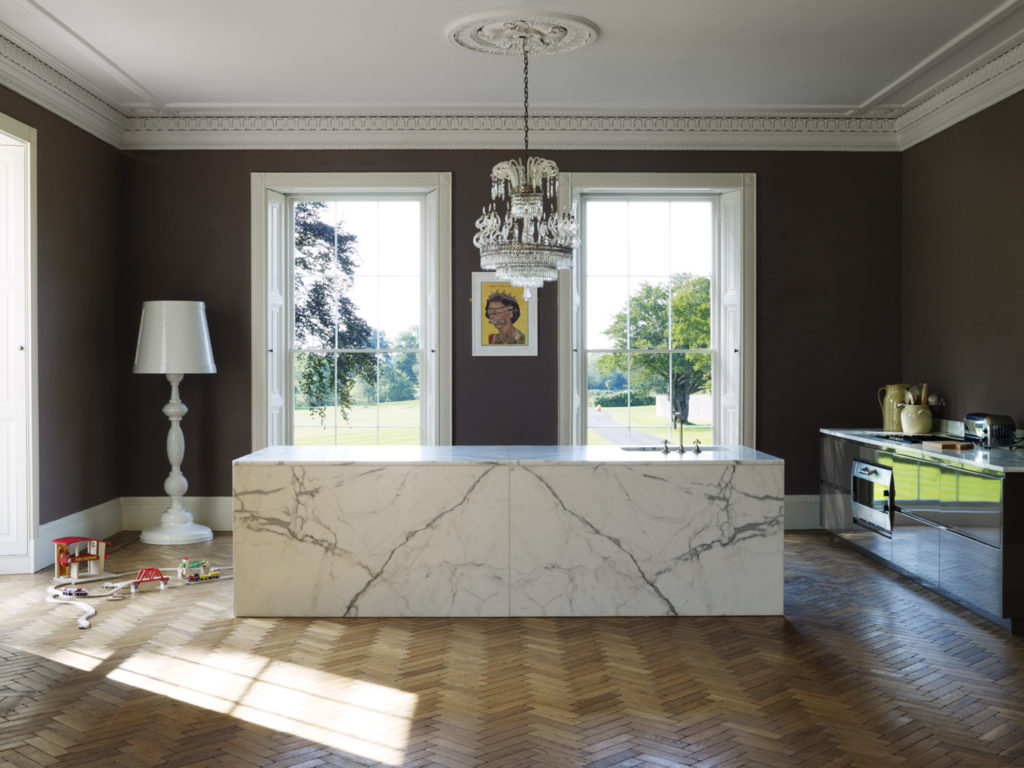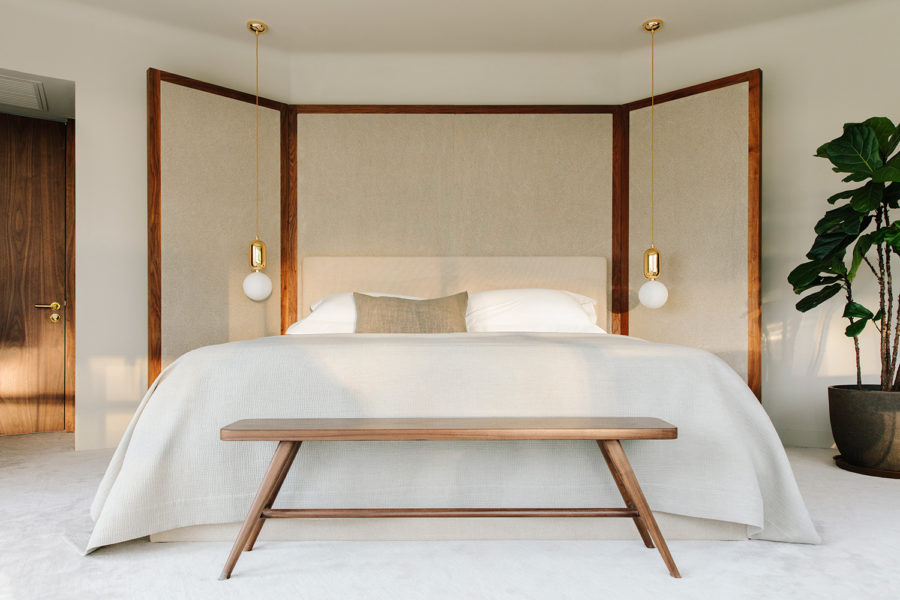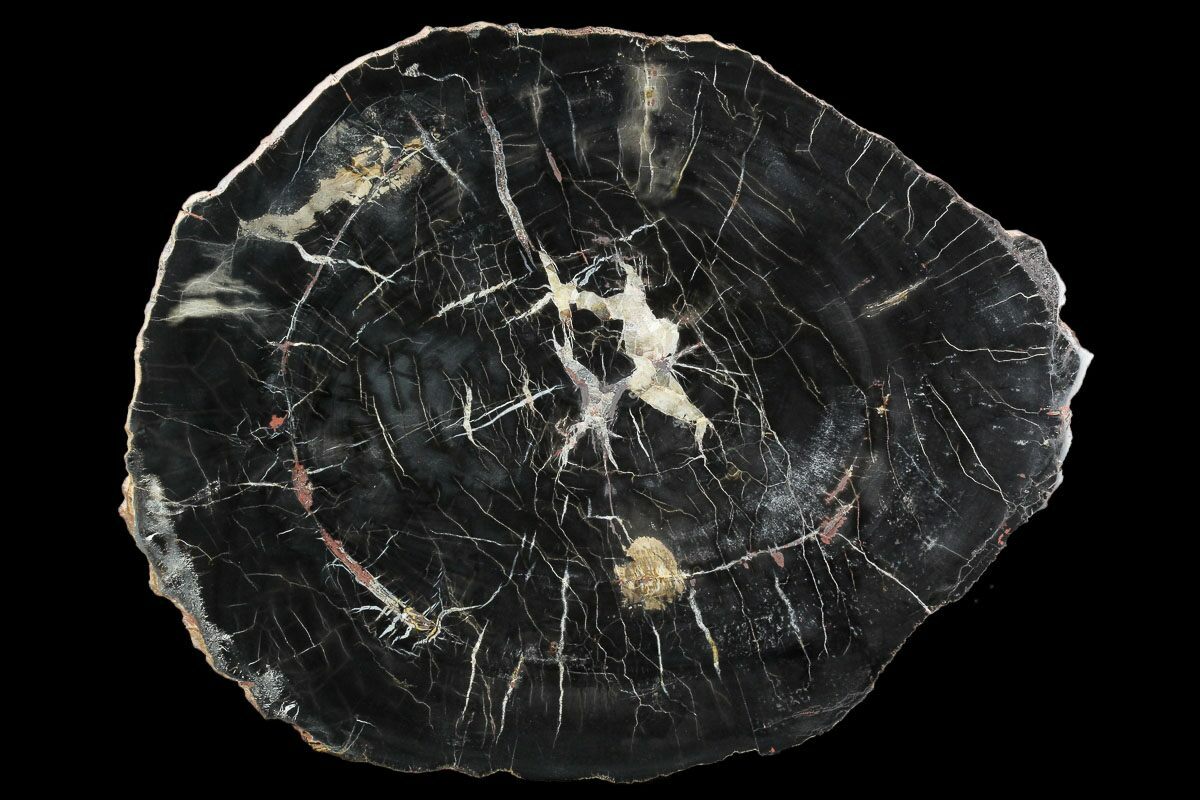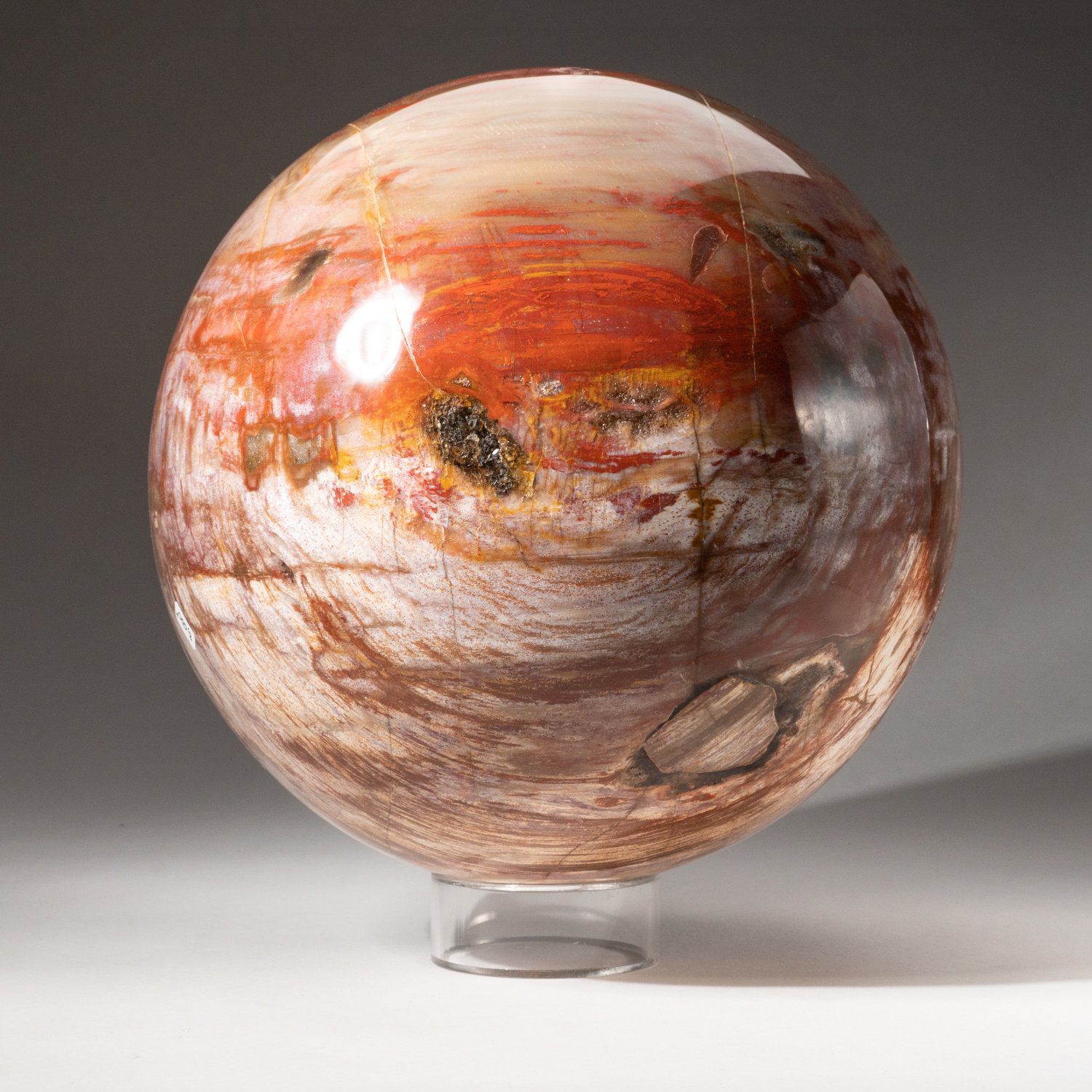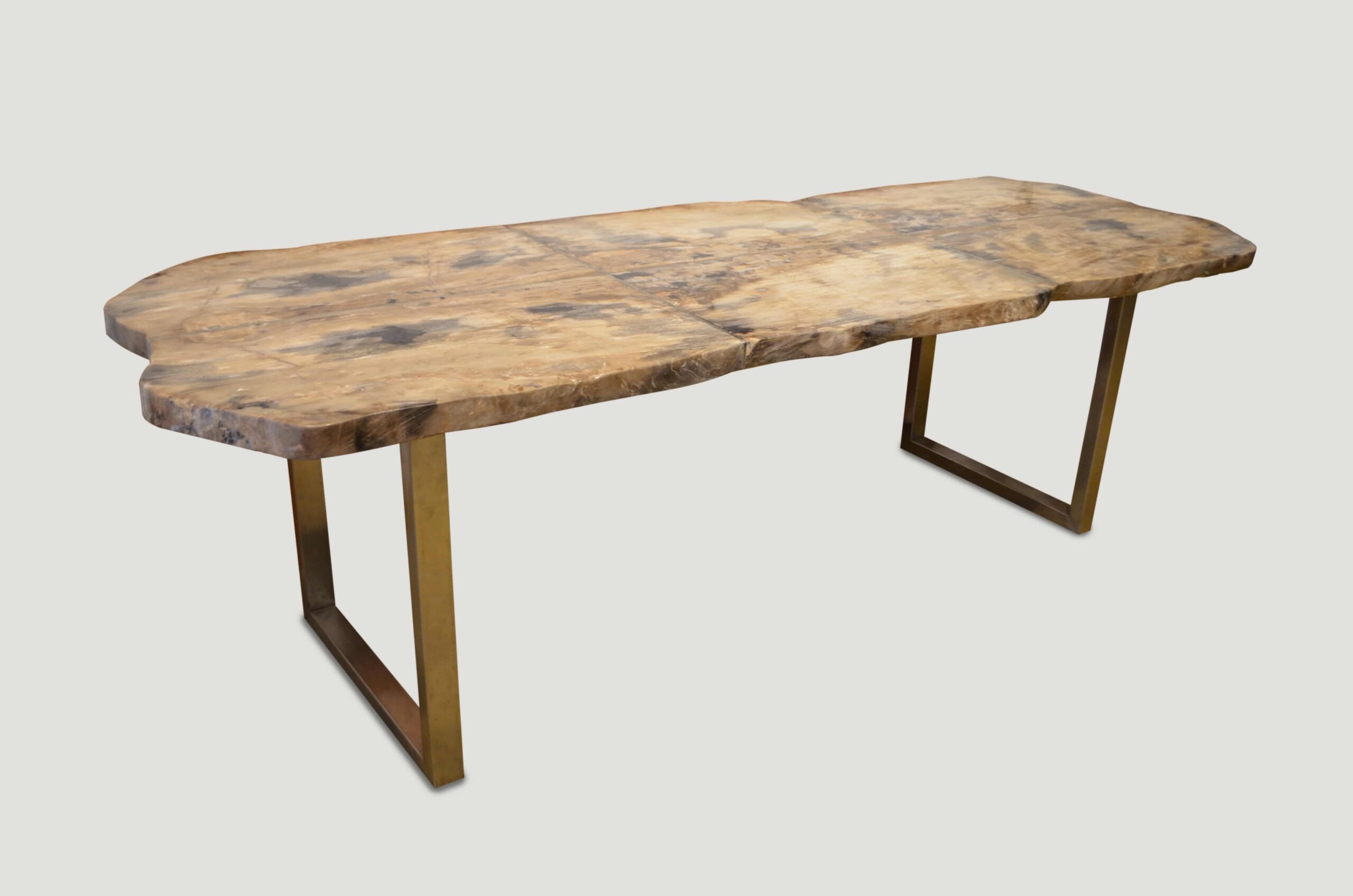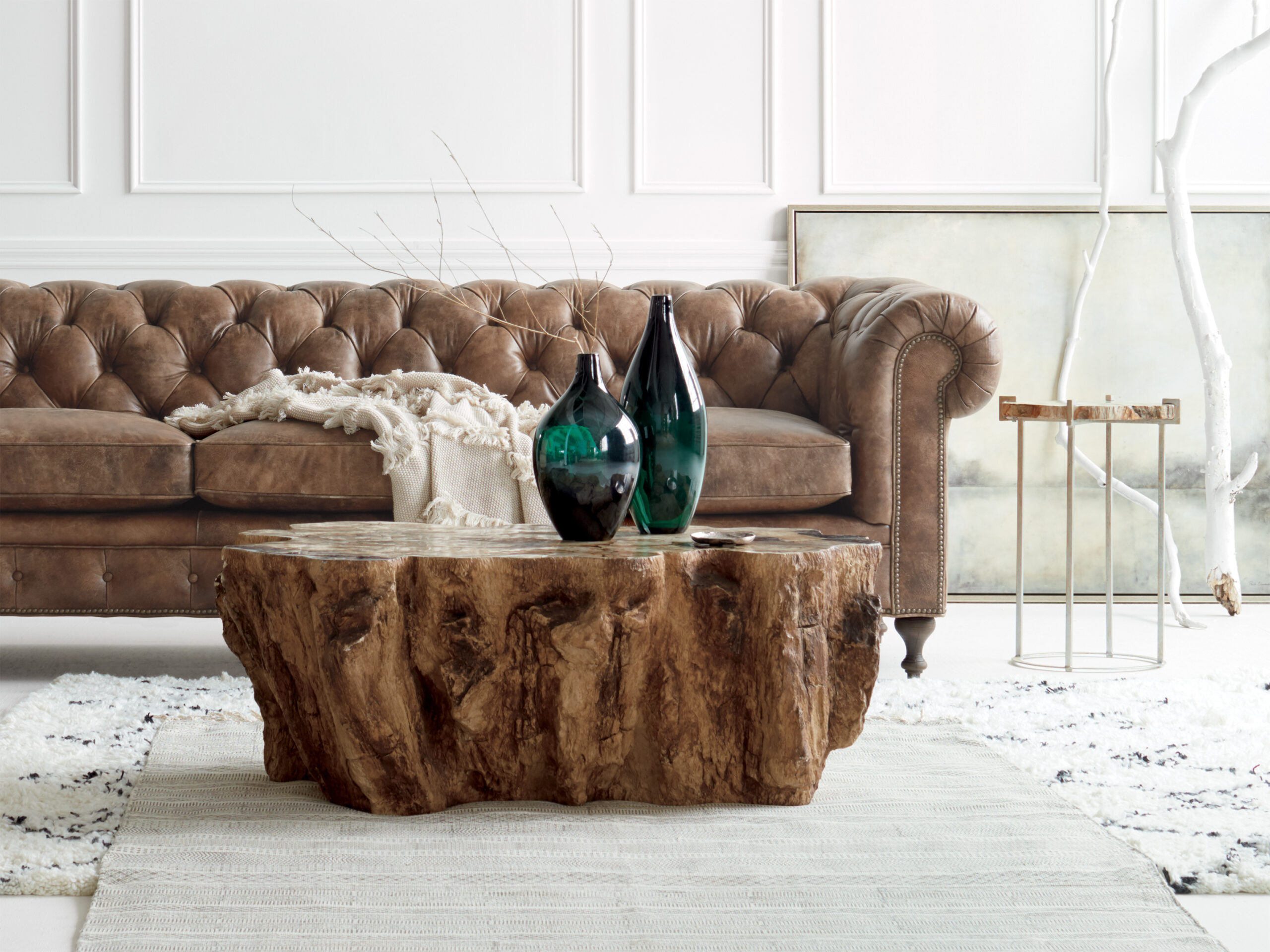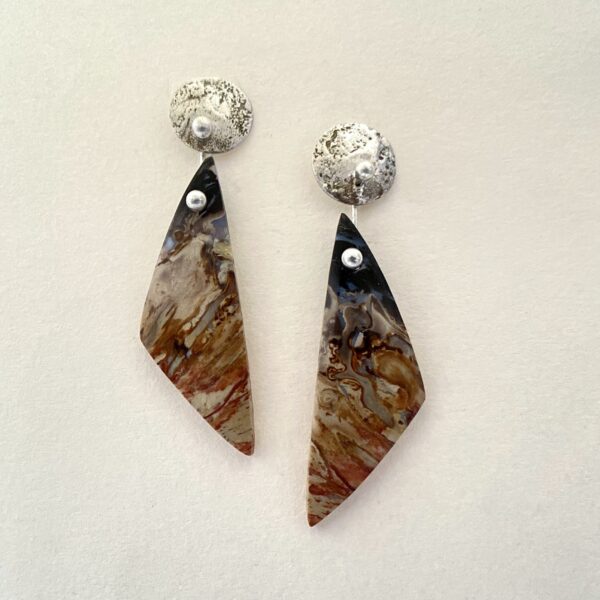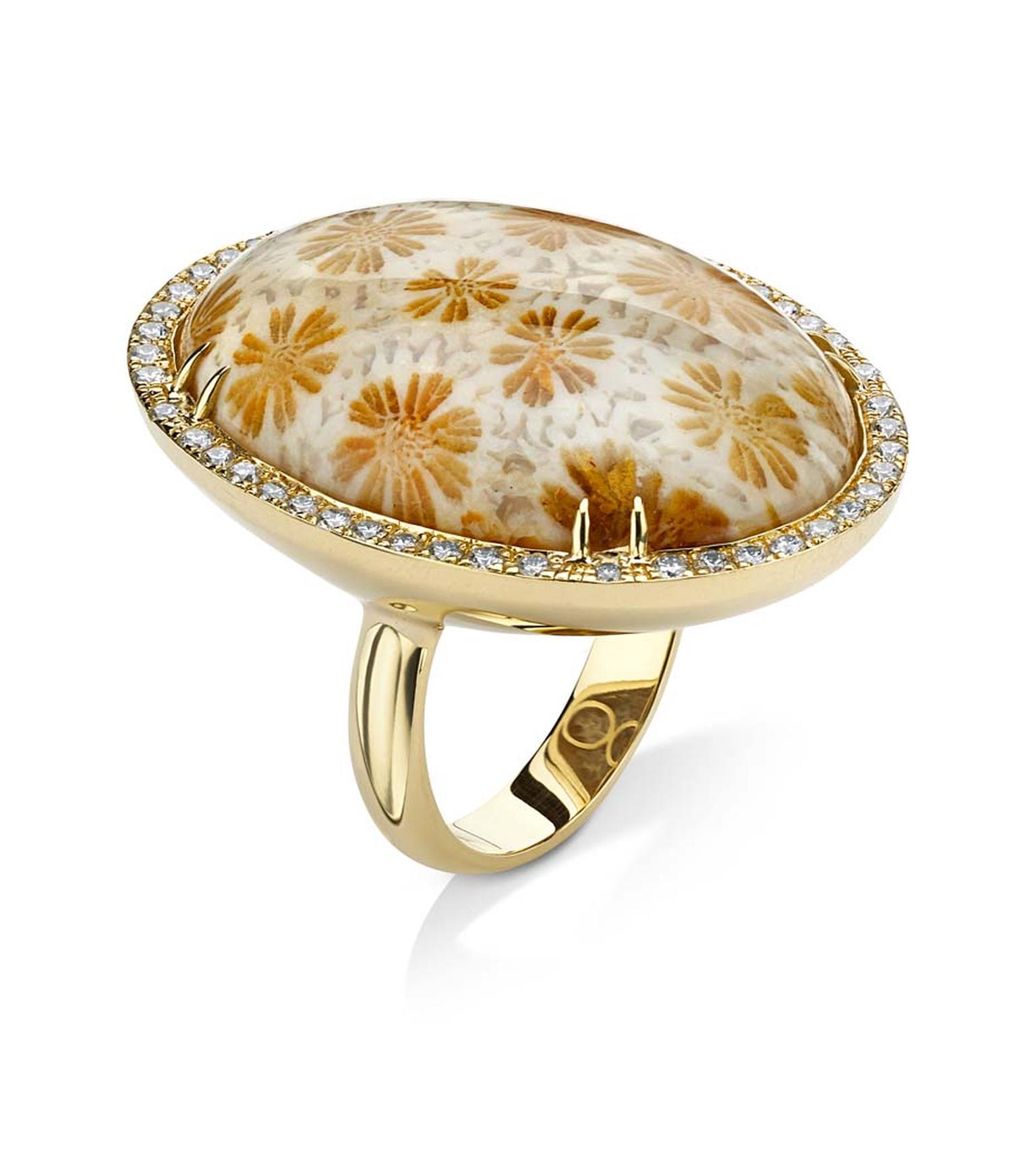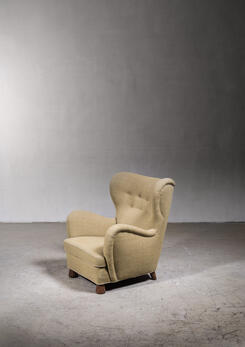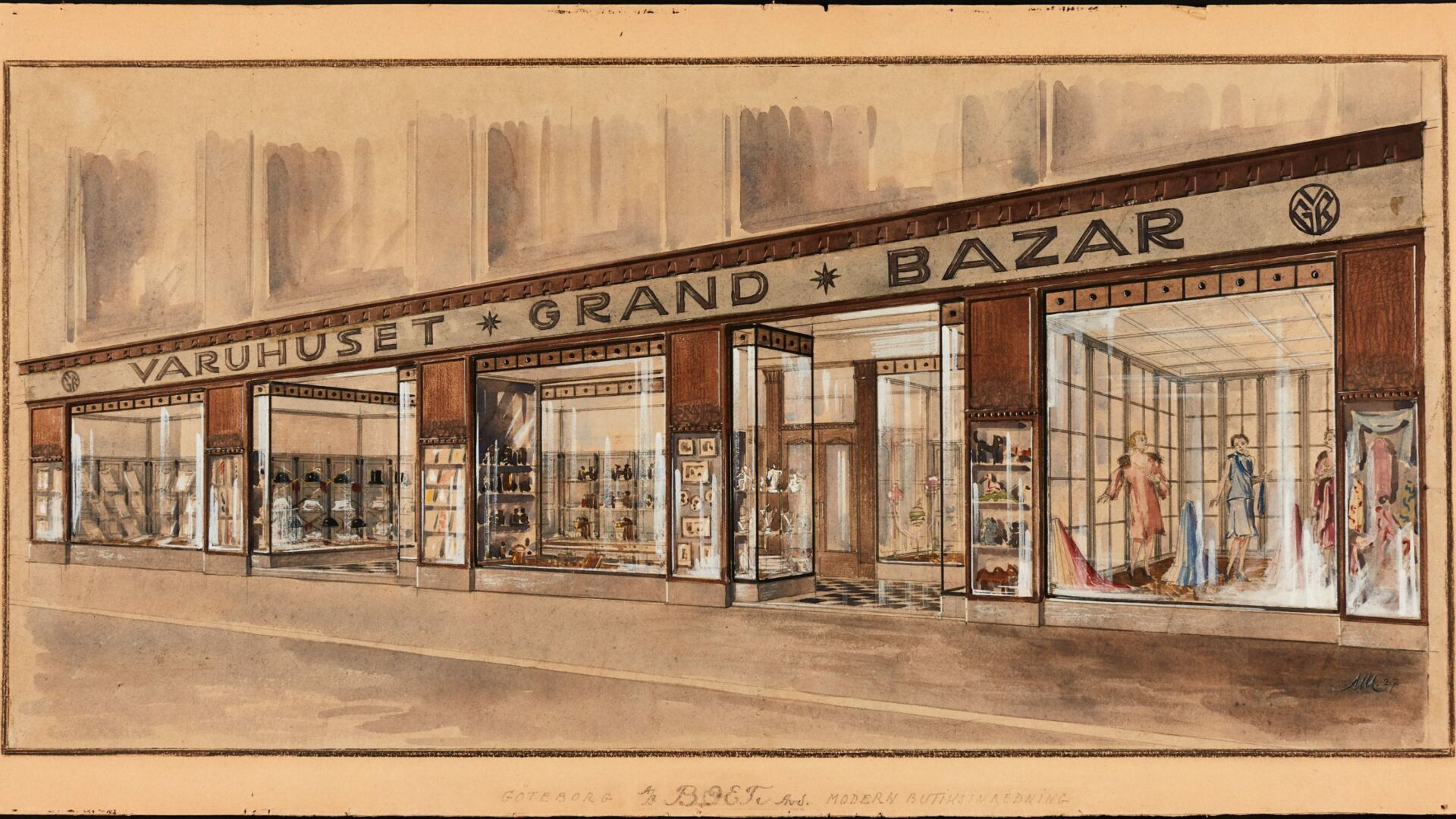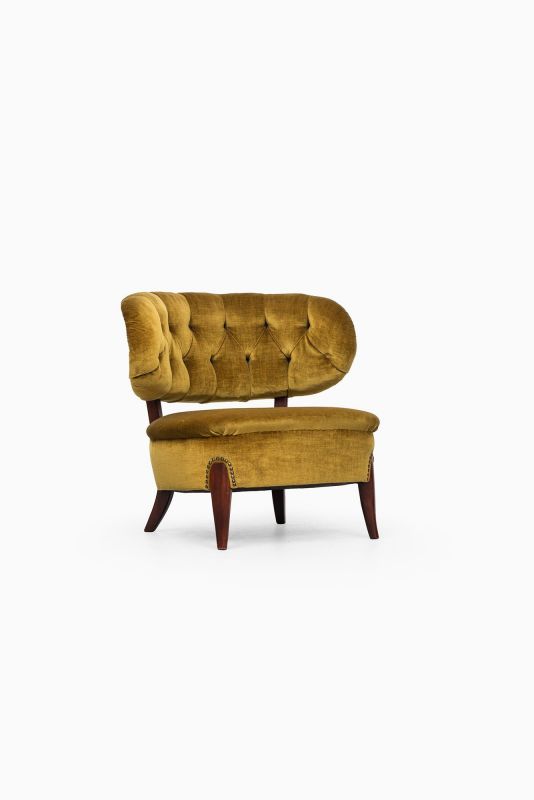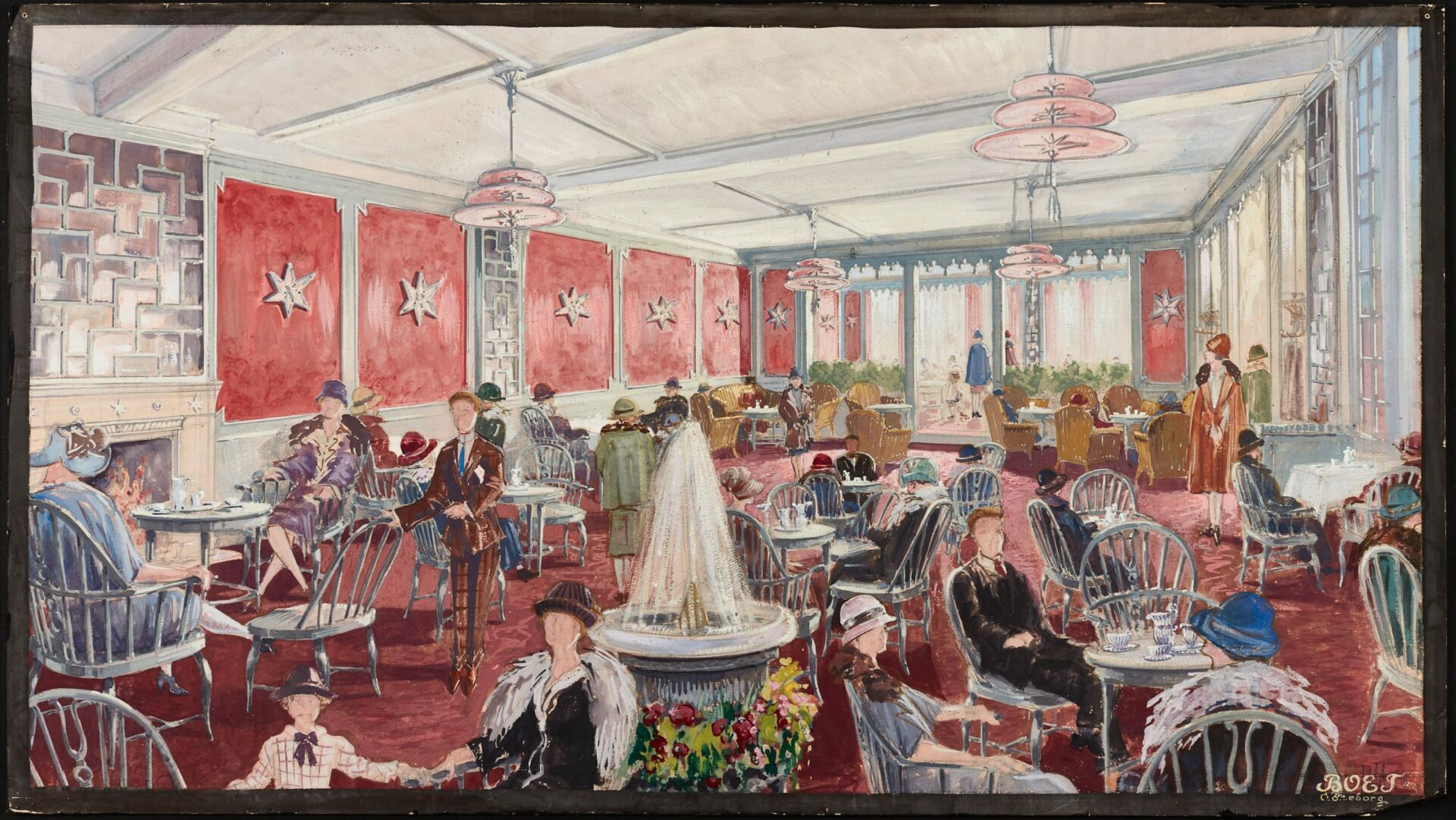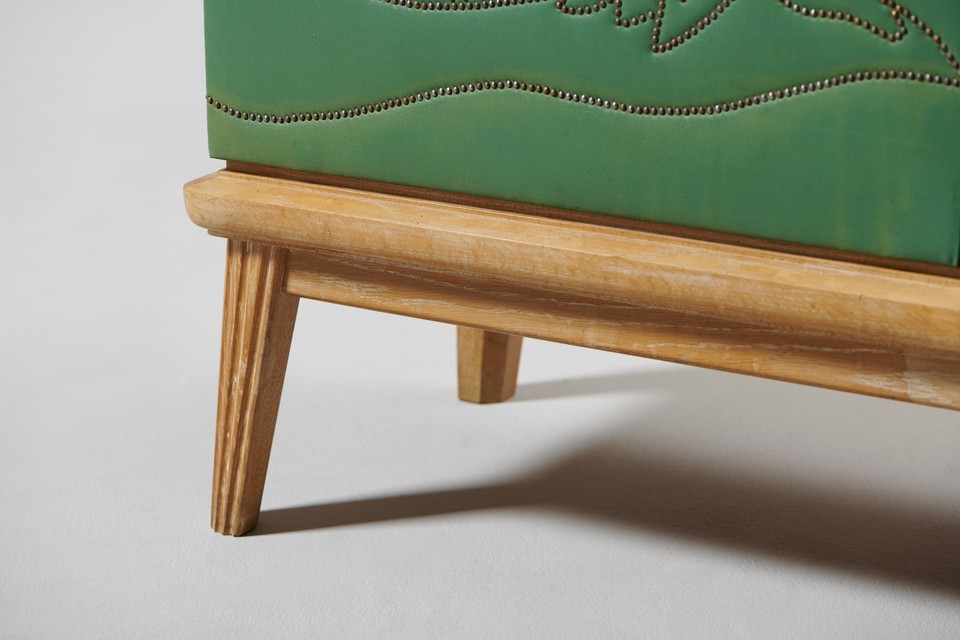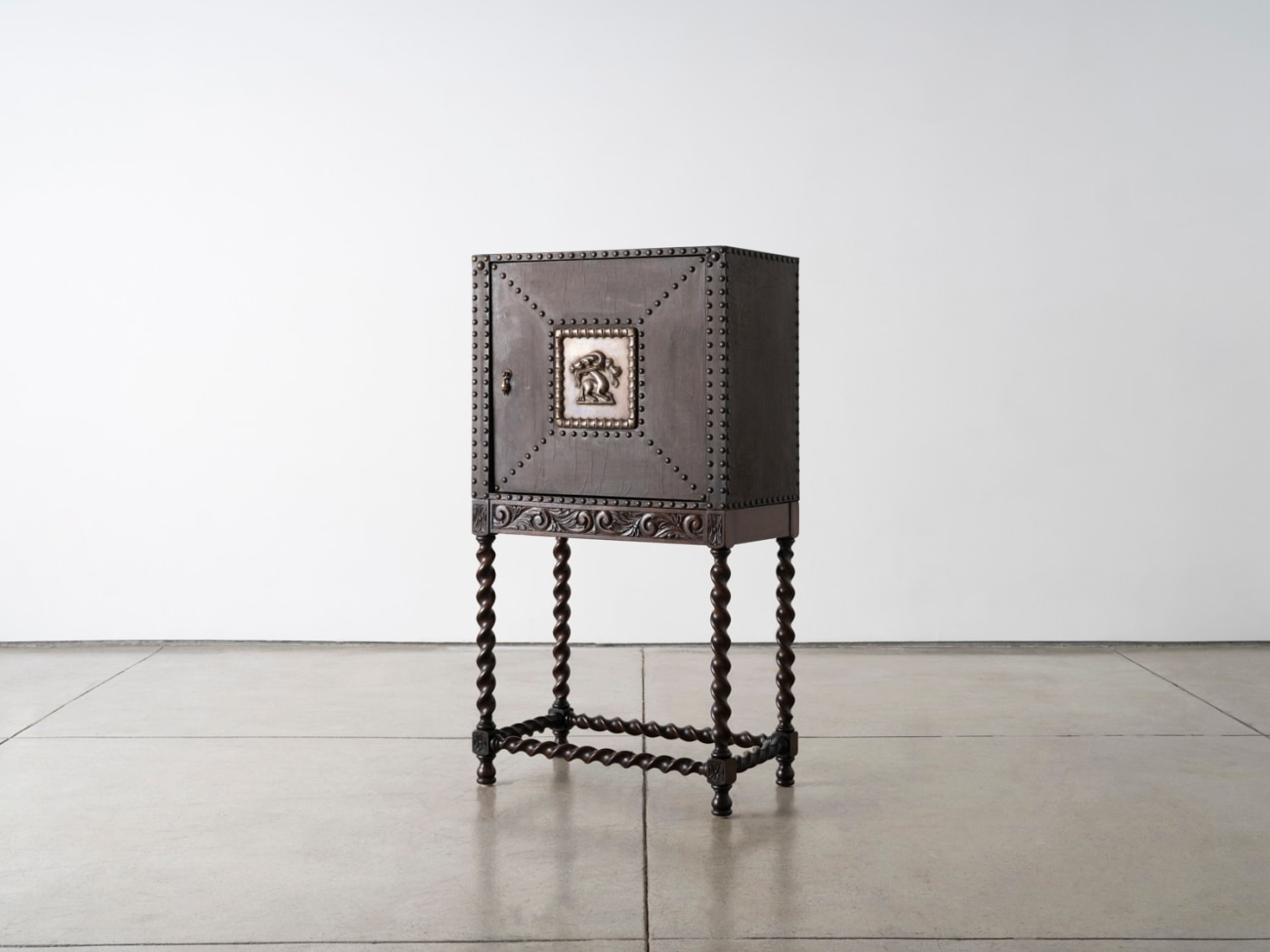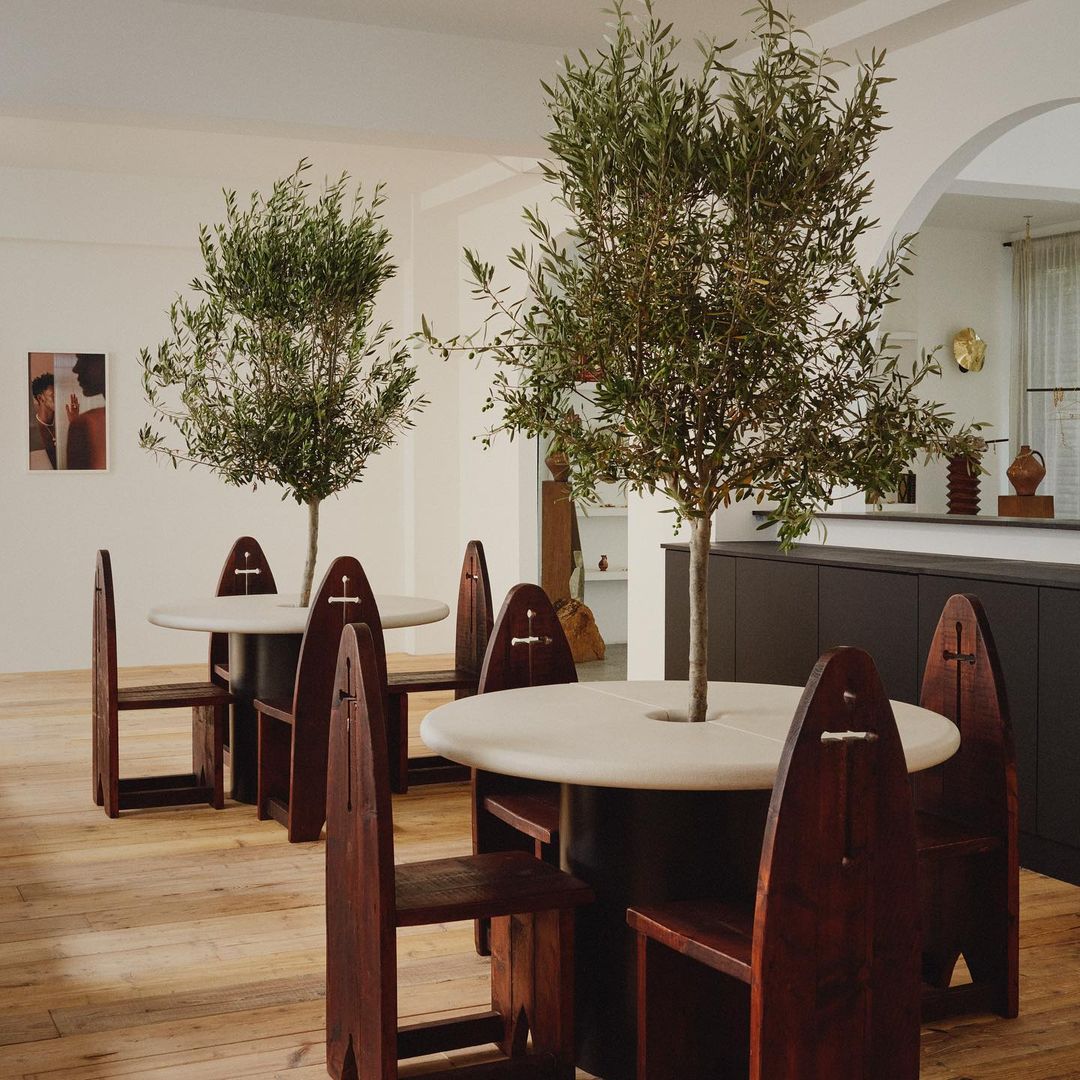
In our fast-paced modern world, where sustainability and eco-consciousness are gaining remarkable prominence, the utilisation of reclaimed wood has emerged as a resoundingly popular choice for interior design and construction endeavours.
With its unparalleled character and environmental advantages, reclaimed wood presents a captivating alternative to conventional timber.
However, as with any material, it is vital to carefully consider both the benefits and potential drawbacks before incorporating reclaimed wood into your living or working space.
Let us embark on a mesmerising exploration of reclaimed wood’s captivating allure while shedding light on some of its inherent limitations.
An Enchanting Tale of History and Character
One of the most enthralling aspects of reclaimed wood lies in its rich and storied past. Each piece carries a unique narrative, having been salvaged from antiquated structures such as old homes, barns, or warehouses.
This history has an undeniable romanticism, evident in the wood’s natural patina, weathered texture, and distinct markings. These marks, borne from years of existence, tell a tale that fresh timber cannot replicate.
The character and charm exuded by reclaimed wood breathe warmth and authenticity into spaces, inviting us into their embrace.
Sustainability and Environmental Advantages
Reclaimed wood is a testament to our commitment to the environment, as it represents an eco-friendly choice that helps reduce the demand for newly harvested timber.
By repurposing wood from aged structures, we decrease the need for deforestation, preserving precious natural resources and mitigating our carbon footprint.
Additionally, employing reclaimed wood reduces waste and champions the principles of reuse and recycling, harmonising harmoniously with the circular economy’s vital tenets.
Strength and Endurance
Another remarkable advantage of reclaimed wood lies in its inherent durability. It is often sourced from old-growth trees and possesses a denser heartwood than the younger trees commonly used in modern construction. As a result, structures utilising reclaimed wood exhibit greater resilience and sturdiness when compared to those constructed with freshly harvested timber.
This inherent strength renders reclaimed wood suitable for a myriad of applications in our homes and workspaces, be it flooring, furniture, or structural elements. Its ability to withstand the test of time is a testament to its unmatched quality and longevity.
An Aesthetic Splendor Beyond Compare
Reclaimed wood showcases an aesthetic appeal that is utterly distinct and unparalleled. Its natural imperfections, such as knots, nail holes, and saw marks, create a visually captivating tapestry that adds character and depth to any given space.
Whether one desires a rustic, industrial, or vintage ambience, reclaimed wood provides a versatile canvas to bring forth one’s unique design vision.
With the expertise of skilled artisans, carefully selected reclaimed wood breathes life into individual projects, ensuring an outcome that resonates harmoniously with one’s artistic vision.
Potential Drawbacks to Consider
While reclaimed wood possesses numerous benefits, it is also essential to acknowledge and consider some potential drawbacks.
One significant aspect is the inherent variability in quality and condition. As reclaimed wood is salvaged from diverse sources, its rate can significantly vary. Additional preparation may be required, such as cleaning, drying, and refinishing. However, these challenges can be transformed into opportunities in the hands of skilled craftsmen well-versed in traditional restoration methods. They can restore reclaimed wood to its former glory, breathing new life into it and allowing for its reuse time and again.
Health and Indoor Air Quality
One of the most remarkable benefits of reclaimed wood is its ability to enhance our well-being. Natural ageing eliminates volatile organic compounds (VOCs) commonly found in freshly milled timber. This, in turn, contributes to improved indoor air quality, rendering reclaimed wood a healthier choice for residential and commercial spaces alike.
The Worth of Investment
While the cost of reclaimed wood can vary, dependent upon factors such as rarity, quality, and sourcing, it often carries a higher price tag than new lumber.
The meticulous sourcing, salvaging, and preparation of reclaimed wood contributes to its increased cost.
Nevertheless, when one considers the long-term benefits and the unique aesthetic value it bestows upon a space, many perceive the investment in reclaimed wood as profoundly worthwhile.
Maintenance and Care
Reclaimed wood necessitates proper maintenance and cares to safeguard its innate beauty and integrity.
Regular cleaning, sealing, and occasional refinishing may be required to protect the wood from moisture, pests, and wear.
Due to its age and exposure to various environments, reclaimed wood may be more susceptible to warping, splitting, or other structural concerns.
However, being aware of and adhering to proper maintenance practices while seeking professional guidance when needed ensures the enduring longevity of your meticulously crafted designs.
Sourcing Challenges and Limited Availability
Discovering a reliable source of high-quality reclaimed wood can pose particular challenges. The availability of reclaimed wood, especially for specific species or large quantities required for extensive projects, can be limited. This scarcity may result in longer lead times and increased costs. However, with dedicated research and the assistance of reputable suppliers or specialists in reclaimed wood, it is possible to procure the perfect pieces that align seamlessly with the requirements of your unique project.
In Summary
Reclaimed wood is a testament to the beauty inherent in sustainable and conscious design. Its rich history, unique character, and environmental benefits make it an attractive choice for those seeking authenticity and charm within their spaces. Despite the potential challenges surrounding quality and availability, the allure of reclaimed wood remains undeniably strong.”
Sources
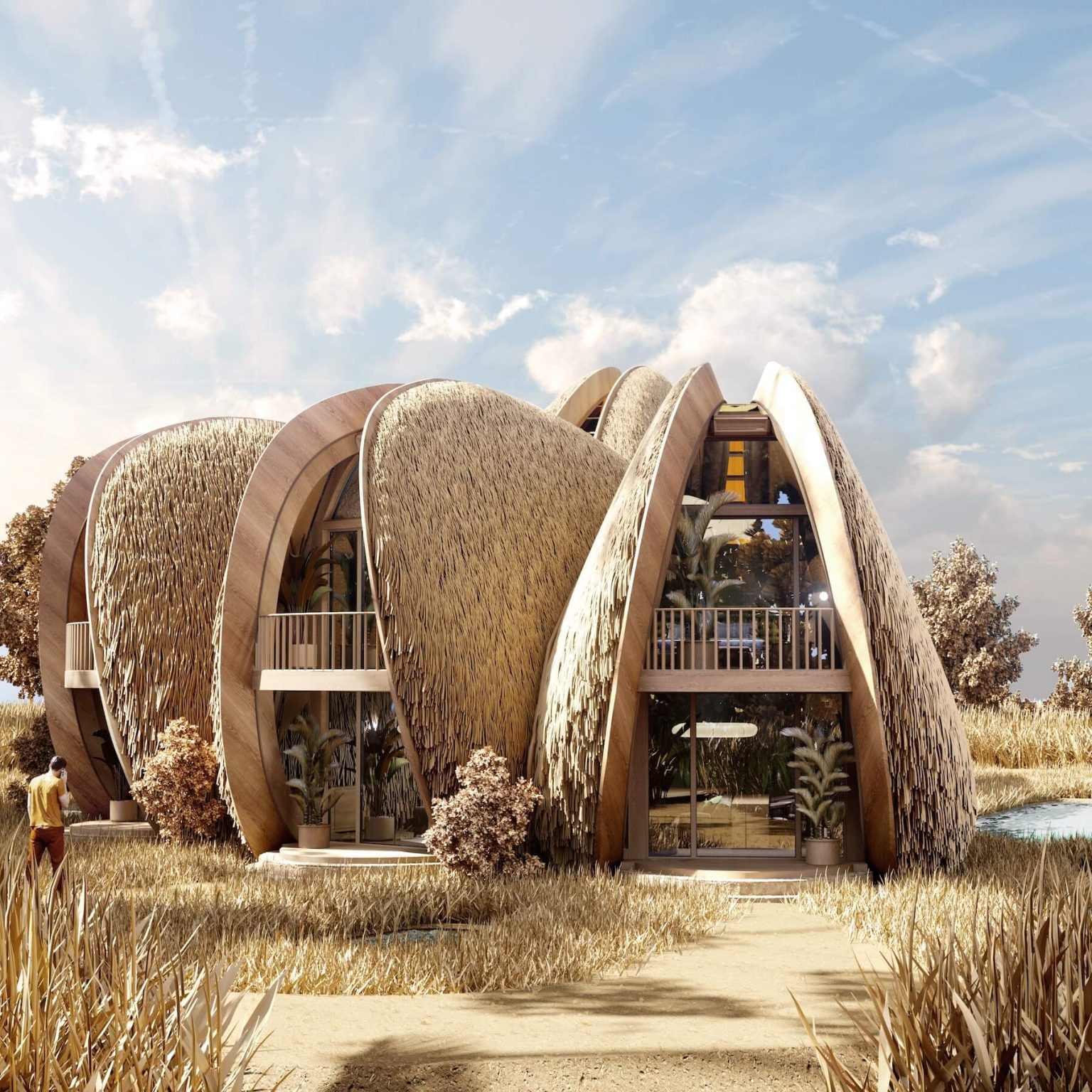
A thrilling transformation is taking place in the realm of architecture as a profound shift towards biophilic design sweeps across the industry. Yet, amidst this movement, some visionary companies are venturing even further, breathing life into the very essence of architecture itself.
One such trailblazer is The Living, a passionate advocate for both nature and modern architecture.
This visionary collective has embarked on an inspiring journey, bridging the realms of research and practice to forge innovative paths towards integrating the two.
Their recent masterpiece, “The Pavilion,” emerged from collaborating with biologists and academics. This remarkable work delved into the fascinating realm of harnessing the microbial wonders that envelop us, envisioning a future where multi-species architecture becomes a captivating reality.
Ever in pursuit of the harmonious convergence of nature and architecture, The Living aspires to create symbiotic environments where humans can coexist with nature while promoting health and well-being. As a testament to this vision, they are exploring ways to incorporate microbial properties into our living and working spaces, revolutionizing the biophilic qualities of our built environments by embracing the principles of symbiotic architecture.
Intriguingly, scientists and designers are now exploring how microbial properties can be integrated into our structures alongside the revered benefits of natural materials. Organic elements, including wood, can host these microscopic lifeforms. The Living, based in New York, pioneers incorporating microbial properties into our habitats, augmenting our built environments’ health-giving, biophilic attributes through the marvels of symbiotic architecture.
To create genuinely symbiotic havens, the species we bring together must mutually benefit each other. This presents a challenge, for while certain microbes offer health advantages to humans, others can pose risks. Thus, careful research is underway to determine how to utilize microbes without causing harm. Simultaneously, the well-being of these symbiotic organisms must also be considered, ensuring they thrive within their designated environments.
Reclaimed wood emerges as a prime candidate among several materials that successfully host beneficial microbes, facilitating the creation of these harmonious spaces.
To provide equal benefits to microbes and human inhabitants, the microbial materials must be nurtured within a living environment that fosters flourishing. Reclaimed wood, luffa, and mycelium stand as ideal candidates currently being explored.
Why now, you may ask? As our world grapples with pressing environmental challenges, the architectural community has advanced beyond merely adopting sustainable practices to reduce ecological footprints. Instead, it seeks to infuse architecture with vitality.
The advantages of employing natural materials in architecture are widely celebrated. It is a source of great excitement that these benefits can be exponentially amplified by incorporating other natural and living elements into shared spaces, including the newfound marvels of microbiotic lifeforms.
With forward-thinking visionaries, the sky appears limitless regarding the transformative potential of biophilic design and the profound benefits it can bestow upon us and our precious planet.
In conclusion, symbiotic architecture, with its unwavering focus on seamlessly integrating natural elements into the built environment, offers an enticing solution to our sustainability challenges.
By embracing reclaimed wood, architects can create harmonious spaces that blend history, environmental consciousness, and aesthetic appeal.
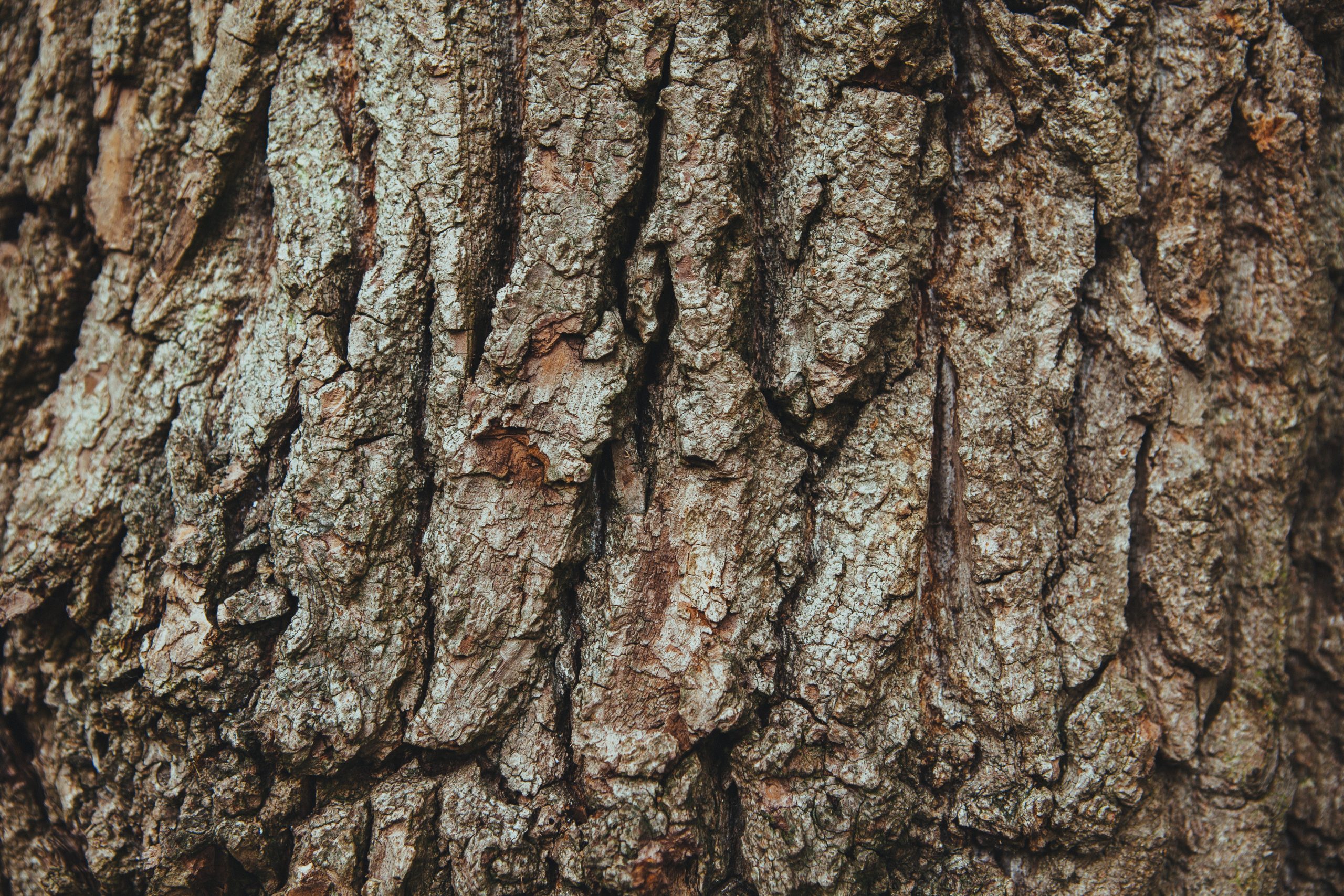
Why touching wood is more than just good luck
From the day we are born, we make connections through touch, and that touch helps us make sense of the world around us.
As we grow, we are told to keep our hands to ourselves, are discouraged from leaving handprints on surfaces, and spend more time in a built environment.
Despite these changes to how we inhabit our spaces, this innate desire to touch never leaves us.
This is part of the reason that we bring wood into our homes.
So much about wood invites touch – its warmth, the depths and swirls of its grain, the rich colours and the almost imperceptible draw of biophilia.
Nature and natural materials draw people towards them; it invites us in and envelops us in a calm, evoking a peaceful state of mind.
Sensory architects have long been aware of this draw, and they can create breathtaking spaces that use natural materials and lines that mimic those found in nature to make the most of, and encourage, the human urge to reach out and touch.
Kick off your shoes
This desire to touch remains and strengthens when the room is fitted with wood flooring.
It encourages us to slip off our shoes and let our bare feet feel where they are.
Exploring surroundings through feeling with our feet, not just our hands, is an innate desire.
Just like we were driven to touch as babies, as tiny humans, we would have used whichever limb was closest to an object to explore it; it’s only as we grow older that we stop using our feet this way.
In giving our bodies permission to explore, we create new awareness and consciousness of our space.
The benefits of grounding
When we stand on a surface with bare feet, we absorb energy from our surroundings through the soles of our feet. This is why walking barefoot and the ancient spiritual practice of grounding is as good for us spiritually as physically.
The physical benefits of standing and walking with our bare skin in contact with the ground or our floors are seen through the strengthening and straightening of our spines, improved balance and deepened bodily awareness. Still, the spiritual connection to the ground and our environment is about energy exchange.
Through the soles of our feet, we absorb matter, chi and antioxidant ions.
It’s no surprise then that when our feet are in contact with warm, smooth, old wood floors, feelings of wellness and nourishment spread through our bodies from our feet.
More than a feeling
In the same way, we can walk into a room and sense that something feels off; some environments also feel right.
This is usually attributed to the materials the space is made up of. Spaces built from wood and stone which are flooded with light and greenery and others will appeal to us on a deep level simply because they remind us of how we were intended to live – surrounded by nature.
This is a basic form of biophilia in the built environment.
Bringing nature in makes people feel well.
While our lives do not always allow us to be immersed in nature all the time, our homes and our built environments can bring the natural world closer to where we spend most of our time and improve our sense of well-being.
Surfaces which don’t just allow us to touch them but which invite and encourage us to do so improve our connection to our environments.
In this digital age, following periods of prolonged isolation, every opportunity to feel connected should be taken. It is how humans were built to live – in connection with each other and the world around us.
Conclusion
Our increasing awareness of our surroundings’ effect on our well-being means we are increasingly leaning towards designs built around natural materials.
When sustainable sourced, these materials are as good for us as they are for the planet. We seek connection through touch, and by filling our spaces with warm, tactile surfaces, we can break away from societally constructed ways of habitation and begin to reconnect to our surroundings in a more natural and intuitive way.
Sources

Strong, tall, beautiful tropical hardwoods such as teak and mahogany, Brazilian walnuts and Rosewood are in ever-increasing demand.
Their stunning beauty, incredible strength and coveted rarity give these tropical hardwoods, along with almost 40 other species, a high value worldwide, with demand outstripping supply.
As well as being gorgeous to look at and work with, tropical hardwood is durable and resistant to both rot and insects.
Because of the time it takes for these trees to reach optimal density – upwards of 150 years.
All of these characteristics combine to make tropical hardwood a luxury material for our home design projects. Still, the associated expense has led to an illegal and devastating logging and deforestation industry around this precious resource.
There are few sustainable sources of these most coveted species of tropical hardwoods, most of which come from underwater.
Water Reclamation from reservoirs
Water reclaimed wood can refer to wood that has been underwater for a long time.
This underwater wood is most commonly found in Central and South America and Canada.
In Central and South America, underwater wood is usually found where ancient forests were flooded to create reservoirs. In contrast, the underwater wood is from decades-old felling projects in Canada.
The reservoirs in Central and South America were created decades ago to create water storage or to enable power generation.
Ancient forests were flooded to create expansive manmade bodies of water, but the abundance of wood tucked away below their surfaces is now a perfectly preserved, precious treasure.
Trees over 100 feet tall sit beneath the water’s surface, sometimes with telltale branches peaking above.
While the wood which is exposed to air decays, that which is swaddled by the water will remain intact, protected from oxygen, insects and harmful bacteria.
Water reclamation from riverbeds
Similar preservation occurs in Canada, but the wood there has been felled already.
For centuries, felled wood was transported by barge along the flowing rivers and often, logs would slip and sink before they made it to their intended destinations.
Some of these logs have lain on riverbeds for centuries, and an incredible underwater preservation process occurs.
Not only is the wood protected from the decaying effects of oxygen, but the pressure of the water forces the sap from the wood, increasing its solidity.
Reclaiming from water
The processes are similar whether the wood is being reclaimed from flooded woodland reservoirs or riverbeds.
Divers are sent out in barges with specialist underwater harvesting tools.
They dive in, seeking the treasure from the depths of the flooded forests or our ancestors’ lumber harvests.
The wood is carefully brought to the surface and can then be shipped to its new home, ready to breathe life and its stories into a new design project.
Environmental credentials of Water reclaimed wood
Water reclamation can be considered an ecological way of sourcing tropical woods because it doesn’t involve felling new living trees. Still, the story is slightly more complicated than this.
Although wood recovered from flooded forests or riverbeds is labelled ‘water reclaimed’, there are some questions in the industry as to whether it can be LEED certified as it is essentially a virgin product.
While reclaimed logs have not been felled for your specific project and wood from flooded forests may have otherwise gone unused, neither has been taken from a previous project and so it is challenging to label indeed ‘reclaimed wood’.
Despite this difficulty in labelling water-reclaimed wood, there is something uniquely magical in the story of timber is grown centuries ago, being perfectly preserved and uncovered before being brought into a home.
Summary
- Water-reclaimed wood can come from riverbeds or flooded forests.
- Water-reclaimed woods are typically tropical hardwood species.
- Most water-reclaimed woods come from the Americas.
- Water-reclaimed wood is a virgin product but may still be classed as reclaimed.
References
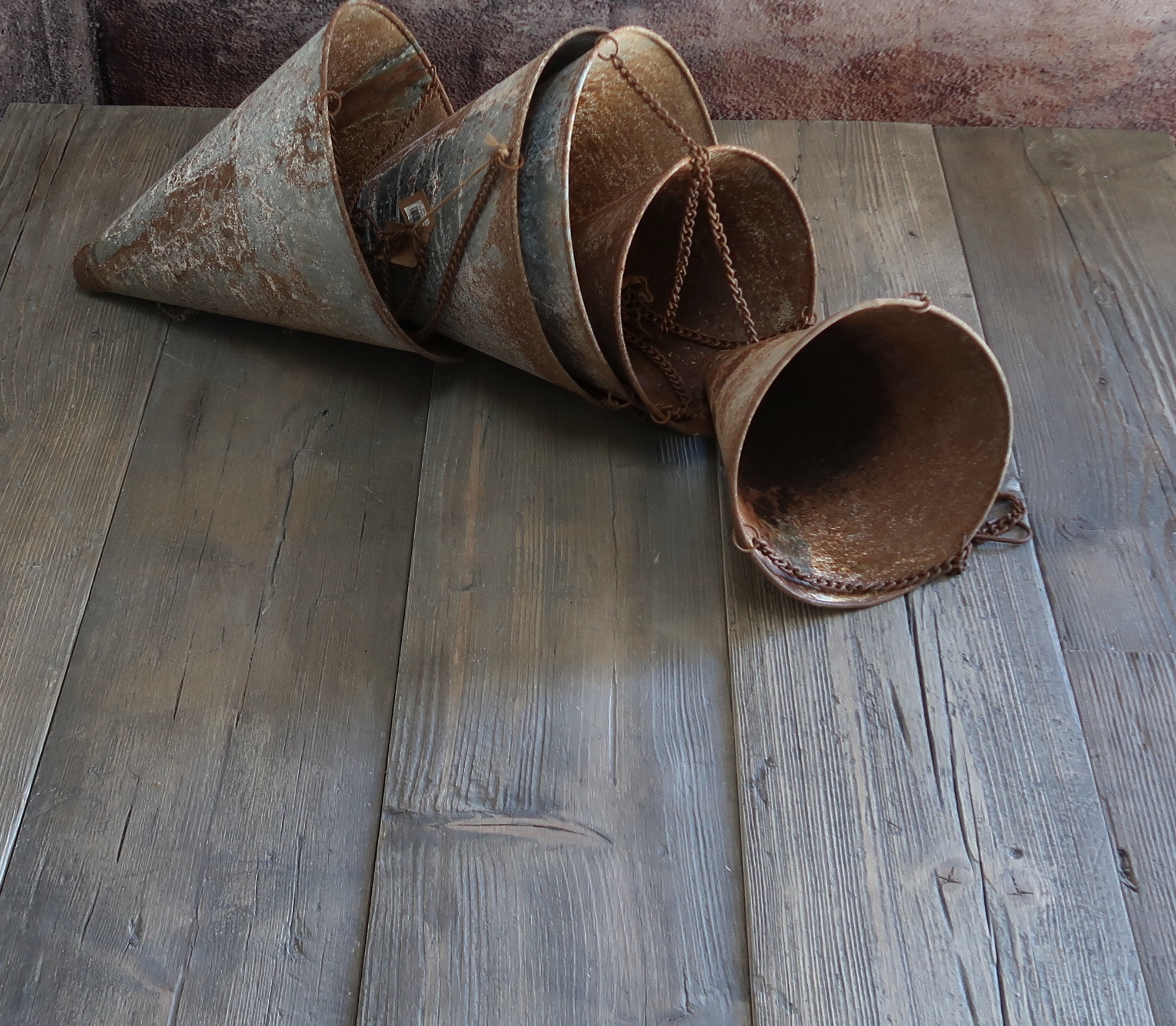
With its rich beauty, authenticity and provenance, reclaimed wood is a stunning choice for any design project.
When we also consider its positive environmental impact and the well-being it evokes in people who inhabit spaces where it is used, it is easy to see why reclaimed wood is also becoming increasingly popular.
With this increase in popularity come whispers of concern.
People wonder whether the reclaimed wood supplies are plentiful enough to meet this increased demand.
Architects and designers repost clients’ individual concerns about there being enough wood to complete their projects.
More widely, questions are asked about how long the supply of reclaimed wood will last.
Luckily, with reclaimed wood available from a variety of sources and reclamation techniques becoming more efficient, the future looks long and bright for projects whose stories are built around reclaimed wood.
Sourcing Reclaimed Wood
Most reclaimed wood in the UK comes from one of four sources.
The first and best-known source of reclaimed wood is post-consumer reclamations. Post-consumer reclaimed wood refers to wood taken from existing buildings.
The second type of reclaimed wood, post-industrial reclaimed wood, save and repurposes scrap wood from wood processing industries.
The third and fourth types are orchard reclamations and forest floor reclamations – both of these types collect wood which has been harvested and rejected.
There is a fifth reclamation method, but it is far less common in other parts of the world.
Water reclamation concerns collecting wood from reservoirs which were created by flooding the land.
These reservoirs are common in parts of the Americas and Africa, but where wood is found underwater in England, it is called waterlogged wood, and Historic England will take an interest.
The benefits of reclaiming wood
Each of these sources is an alternative to harvesting and processing new wood.
It saves on transportation, storage and potentially harmful chemical processing.
Creating beautiful architecture from unused off-cuts, unwanted wood, and wood that has already lived one life is a unique way of helping to preserve our precious resources.
We have shared before that not all old wood is reclaimed and that not all reclaimed wood is old.
We have debunked ideas around what makes a wood product ‘vintage’ and highlighted the need to move away from recycling in favour of deconstructing and reusing.
Lots of our reclaimed oak comes from old dwellings like houses and barns, but post-consumer reclamations also come from industrial buildings, schools, hotels and old railways and bridges.
Wood taken from commercial projects like these has fulfilled its purpose in these places and is often replaced while it still has decades or centuries of life left.
We think these previous lives lived with our reclaimed wood enrich it, giving it stories to hold and to build on when it is reused.
Reclaimed wood does not always come from post-consumer projects.
Many reclaimed wood is collected from demolition projects that would otherwise be burned, chipped or sent to landfills.
Recent shifts in the building industry away from demolition towards deconstruction are helping to keep precious resources out of the landfill and are preventing lots of new trees from being cut down
Locally reclaimed wood
Reclaimed wood can come from all over the world, but the environmental impact of transporting lumber from further afield can be huge.
Although transporting goods by sea creates significantly fewer CO2 emissions than transportation over land by HGV, the emissions are not negligible.
It is far better for the environment to source wood from within the United Kingdom and Europe than looking as far as the Americas.
The environmental impact can, in part, be balanced and offset by the positive Co2 of the wood itself which it continues to improve air quality when it is used inside buildings, but the provenance of locality of our wood is always a factor to be borne in mind.
Reclaimed Wood in Abundance
The long-held belief that reclaimed wood is decades or even centuries old may have been attributed to fears that reclaimed wood is a limited resource.
This belief is now slowly being debunked.
The reality is that while much-reclaimed wood is indeed old, an increasing amount of reclaimed wood is not very old, coming from sustainable wood sourcing methods.
These abundant sources of previously used mean that the process of reclaiming wood is ongoing, and supplies will be long-lasting.
Post-consumer reclaimed wood
Lots of post-consumer wood is indeed old, especially when it is taken from homes and factory buildings.
The wood taken from these kinds of buildings can be especially beautiful because of the patina worn into it over decades of life taking place around it. It is this beauty and history which makes it such a desirable material.
However, wood is reclaimed from less-known projects, such as shipping and haulage.
These industries use astronomical quantities of wood in the pallets and other restraints they use while transporting goods.
The knocks and bumps that this much newer wood suffers while in its first incarnation add to the character and patina it brings to its subsequent lives.
While it may not be as old as wood from some buildings, the journeys it has been on fill it with as many stories as the wood claimed from homes.
The wood reclaimed from these projects will be able to be used again and again – with each reuse deepening its history.
Wood will always remain one of the most popular building materials, so different ways of reclaiming wood will be constantly sought.
As transport makes our world ever easier to navigate, wood will continue to be used to transport goods between counties, countries and continents, and by saving that wood and giving it a new life, we are only increasing its longevity.
Post-industrial reclaimed wood
Similarly, the reclamation of post-industrial reclaimed wood is a growing process.
When wood products are created, offcuts are created, which, if not salvaged, will be wasted.
Reclaiming wood from scrap piles saves it from being burnt, sent to a landfill or chipped into sawdust.
One of the main benefits of this kind of reclaimed wood is its unspoiled finish.
Not having been nailed, glued or stained leaves a gorgeous virgin surface ready to be used in various projects.
Orchard reclaimed wood
Orchard salvage produces some stunning hardwood due to the ages of the trees used.
Trees planted in orchards are grown for their fruit, nuts or seeds, but they will not fruit forever.
As they approach the end of their lives and stop producing a yield, these mature trees are replaced.
Because the trees have usually lived such long and, quite literally, fruitful lives, they are solid and beautiful.
To save these trees from being wasted, they can be reclaimed and given a chance to live on in homes and design projects.
Forest floor reclaimed wood
After timber cutting is finished in large areas of woodland, forest floor salvage can save trees which have been left behind at the end of the process.
Most tree-felling companies leave behind smaller timber, but these smaller trees, trunks, and branches add to vast volumes of discarded wood.
When a lot of wood is left behind on forest floors, it can have a detrimental impact on the trees still growing by degrading water quality.
Often, this wood that has been left behind is collected and turned into mulch products or wood chips.
This seems a travesty when it is often of the same quality, just smaller than the rest of the timber.
As long as new trees are being felled, wood will be left on forest floors suitable for reclamation.
Summary
- Reclaimed wood comes from many sources, not just old buildings.
- As long as goods are being shipped from one place to another, there will be wood that can be reclaimed.
- As long as new trees are felled, there will be wood which can be reclaimed.
- Reclaimed wood is not in danger of running out.
- Using reclaimed wood helps to improve the environmental credentials of design projects.
Sources
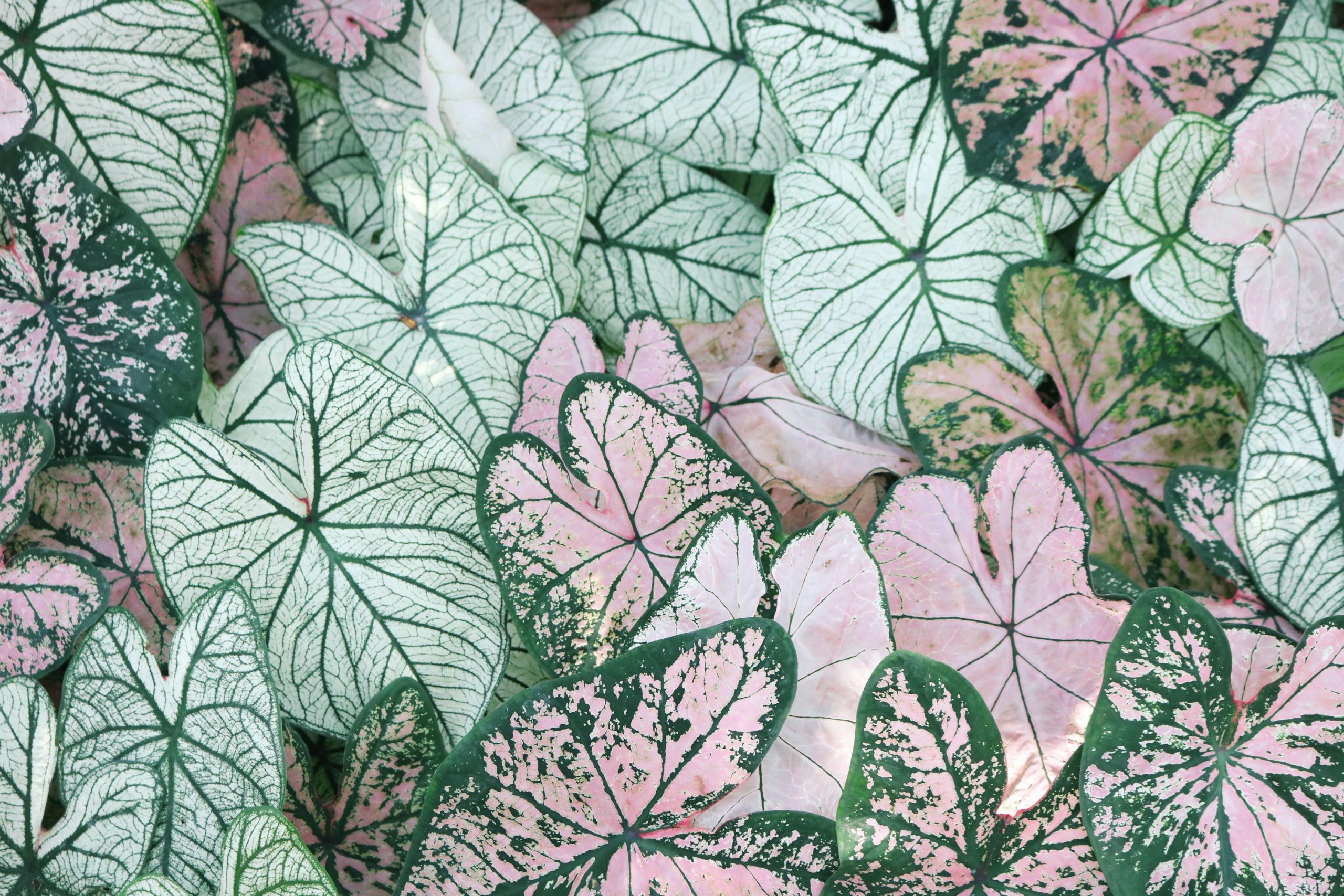
Biophilic design is everywhere, and it’s no surprise.
As we constantly reevaluate what is important to us in our work-home balances, we strive for comfortable and adaptable places.
We talk a lot about the post-covid landscape, and that’s because it is having such a dramatic impact on the way we live both our home lives and work lives. With many people having never returned to a traditional workplace and many companies keen to get employees back on-site, it is equally essential for our workspaces at home and our traditional away-from-home workplaces to be places where we feel well.
Office spaces are becoming increasingly homely, and an astonishing number of our homes have been adapted to include workspaces.
Biophilia is priceless when it comes to creating a space that promotes wellness, happiness and productivity.
It’s a prevalent source of inspiration for many of today’s architects and designers who are tasked with creating these wellness-boosting spaces, which are also mindful of their projects’ long-term impact on our planet and its resources.
Bringing reclaimed wood into space is a wonderfully respectful way to create a biophilia-rich design.
Biophilia in workplaces
Biophilia is about the human instinct to connect to the natural world and how much happier and healthier we feel when we are in nature. We are instinctively driven to seek out these connections, but this can be difficult when such vast amounts of our time are spent indoors.
Design trends of the past 40 years have been heavily built around man-made materials – the plastics, metals and shiny surfaces of the 1980s and 1990s, though, are a far cry from what we now know is good for us.
By incorporating more nature into spaces that traditionally felt cut off from nature, satisfaction and performance will improve.
Wood and plants breathe oxygen into spaces, boosting brain power and concentration and helping us to feel better and relaxed.
By removing the toxic plastics, polyurethanes and concrete popularised by the 1990s and eradicating the minimalism of the early 2000s and 2010s and replacing them with reclaimed wood, stone and glass which look out to nature, spaces can become good for our physical and mental health.
People seek out opportunities to be in spaces which make them feel well.
When biophilic designers create built environments – shopping centres, hotels, hospitality complexes – they have nature at the forefront of the design process.
Natural materials create sensory engagement without overstimulation, essential to feeling well and productive.
The Sensory beauty of reclaimed wood
Reclaimed wood’s beauty gives it a tactile appeal unrivalled in other materials, but it has more to offer designers than just its sensory appeal.
It’s robust and versatile and helps us to feel connected with nature.
The grains, colours and patinas of reclaimed wood can be mesmerising in their complexity; the subtle warm smell wood gives off is reminiscent of walks in the woods and is warm to the touch.
These qualities add to the wellness that reclaimed wood brings into a biophysically designed space but are not its main benefits.
Health Benefits of biophilic design
Biophilic design can help boost human wellness by incorporating so many soothing patterns in nature.
These patterns, or fractals as often referred to, are shown to calm and nurture human well-being, which is no surprise.
This affection for natural fractals comes from the same place in our brains that has us absentmindedly doodling swirls and circles while on the phone or tracing patterns in wood with our fingers as we walk past a flat surface as an inherent form of self-soothing.
Studies have been carried out that show that, compared to minimalist design, people spending time in rooms rich with wood experience lower stress levels, better health and higher levels of happiness.
The biophilic design also lowers blood pressure, heart rate and stress responses. This phenomenon is explained by the naturally relaxing effect of being close to nature.
Additionally, the low volatile organic compounds (VOCs) mean that natural materials do not have the same harmful effects on our health as heavily manufactured or manmade design materials do.
Bringing a Human-Nature Bond into Built Environments
Biophilic design uses nature to create emotional connections between people and their built environment.
While wood of all kinds is more likely to provoke an emotional response than almost any other material, reclaimed wood is yet more expressive.
Reclaimed wood’s special and unique character creates a very particular connection with the humans it shares space with.
As well as incorporating reclaimed wood, biophilic design usually features natural daylight and abundant plants.
Large windows are usually a feature, too; where possible, these should offer views of nature.
When these elements are all used together, the built environment will mimic the natural environment as closely as possible, helping all its inhabitants feel calm and well.
Summary
- Biophilic design is used to increase productivity and wellness
- Biophilic design increases connection to the natural environment through the use of indirect nature – such as reclaimed wood products.
- Biophilic design benefits the physical and mental health of a space’s occupants.
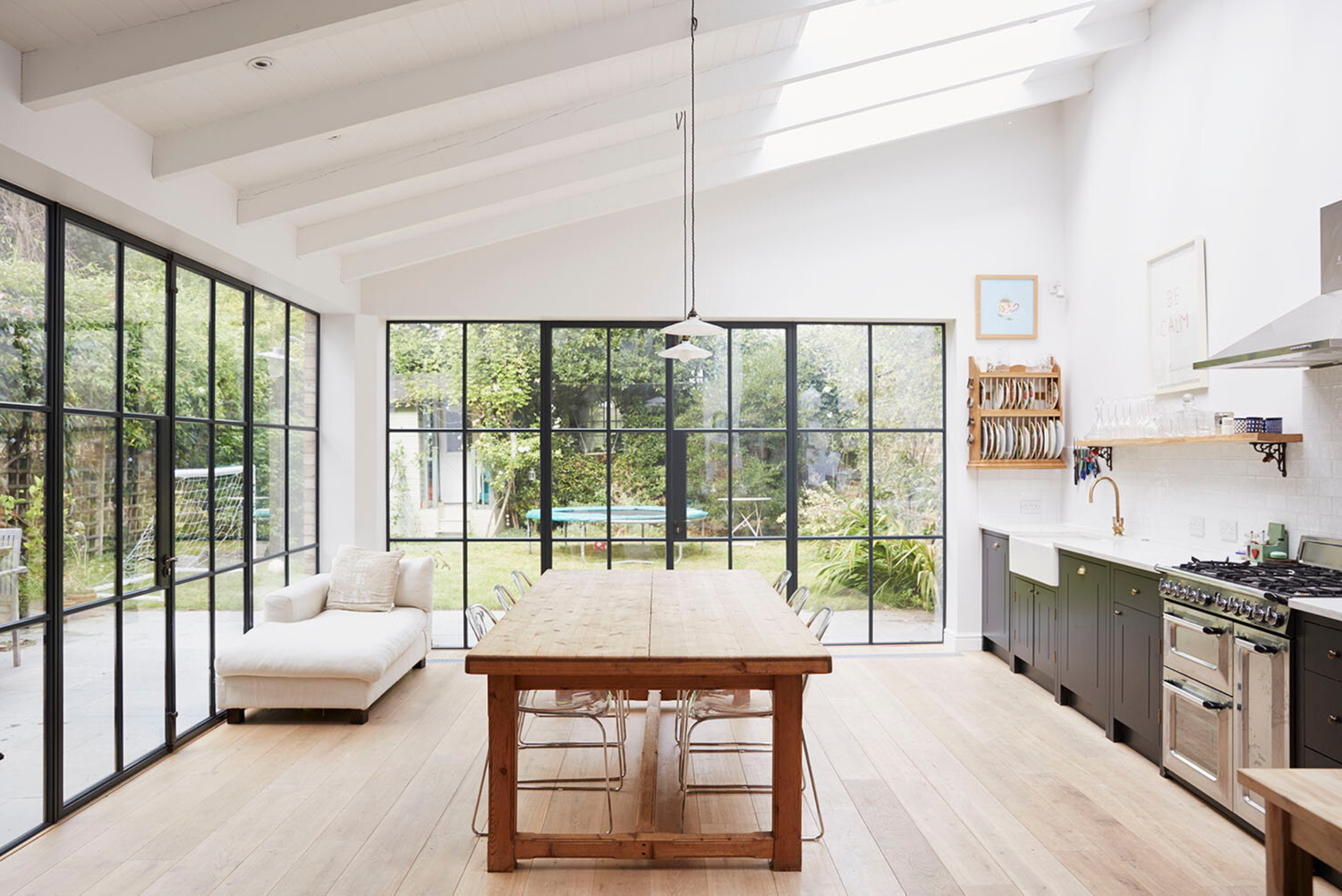
Both reclaimed and new wood has their unique charms.
The detail of your project and the aesthetic you want to achieve will help to determine which is best for you.
New wood is new wood harvested directly from trees.
Reclaimed wood has been used before and is being used again.
Using reclaimed wood helps to reduce deforestation and reduce waste going to landfill.
It is usually more robust and has more character, depth and colour variation than new wood.
New wood is more readily available than reclaimed wood but should come from sustained forests.
Reclaimed wood and new wood are both beautiful in their own right. Both products are warm and can be environmentally sound options for various projects.
Is reclaimed wood better for the environment?
Reclaimed wood can be ecologically superior to new wood because it does not depend on harvesting new trees and is being reused rather than wasted.
The sustainable nature of reclaimed wood makes it the ideal choice for projects with sustainability as one of their core goals.
Responsibly resourced reclaimed wood helps curb deforestation.
When harvested responsibly, reclaimed wood is a renewable resource that reduces landfill waste as well as the use of environmentally hazardous chemicals, which are often used in the manufacture of new products.
Furthermore, many of the steps required to prepare the salvaged wood require 13 times less cumulative energy.
What about provenance?
Designers and architects do not only choose reclaimed wood because of its ecological benefits.
Old reclaimed wood is soulful and rich with provenance, stories and history.
It is a romantic idea but an important one, too, that the history of your materials brings authenticity to your project.
That element of storytelling is vital in creating a groundbreaking design.
When designers choose reclaimed wood for a project, they know it has lived before, bringing a magical feeling into a space.
Does reclaimed wood improve well-being?
Tactile materials like old wood invite us to reach out and touch them.
Their warmth, texture and smoothness add a space’s soothing sensory dimension.
The soothing feeling that wood breathes into space is more than an aesthetic.
Biophilia, the attraction we feel to nature, has a biological basis.
Feeling well when connected to nature and other life forms is human nature.
Is reclaimed wood hardwearing?
Reclaimed wood is usually stronger than new wood, making it an ideal choice for flooring.
Depending on its age, reclaimed wood can be up to 40 points harder than new wood on the Janka hardness scale.
Older wood was more often harvested from the heartwood of old-growth trees, whereas new wood often comes from first-generation forests.
Is new wood easier to source than reclaimed wood?
Sustainable maintained woodlands ensure a steady supply of raw materials to construction, design and manufacturing industries.
This means that new wood is more readily available than reclaimed wood.
Because there is more new wood available than reclaimed wood, new wood can usually be sourced more quickly, making it a predictable and reliable choice for projects with tight deadlines.
As well as being faster to source, more specific criteria can be set for new wood, with more sizing options available when the wood is harvested to order.
If you choose to use new wood for your project, you must choose a reputable supplier.
How do I know my supplier of new wood is reputable?
Many certification options are available, but here in the UK, the FSC (Forest Stewardship Council) has a pioneering certification system that enables businesses and consumers to choose wood and other forest products made with materials that support responsible forestry.
PEFC (Programme for the Endorsement of Forest Certification) is a company which endorses national forest certification systems.
Their website offers a search tool which lets you check the sustainability credentials of companies manufacturing wood products.
Can new wood be made to look older?
Expert craftspeople can mechanically age new wood or chemically age new wood to help it look like it has a history in every grain.
New wood can also be effectively stained and colour treated to help it blend seamlessly into any project.
While the look and, to some extent, the texture of reclaimed or older wood can be replicated in new wood, the strength of old wood is usually far superior to that of newly harvested timber.
It is fair to mention that some unique traits of any reclaimed and antique floor won’t be able to imitate.
Summary
- Reclaimed wood is usually stronger than new wood.
- New wood is more readily available than reclaimed wood.
- Reputable suppliers are key to finding the right wood for your project.
Sources
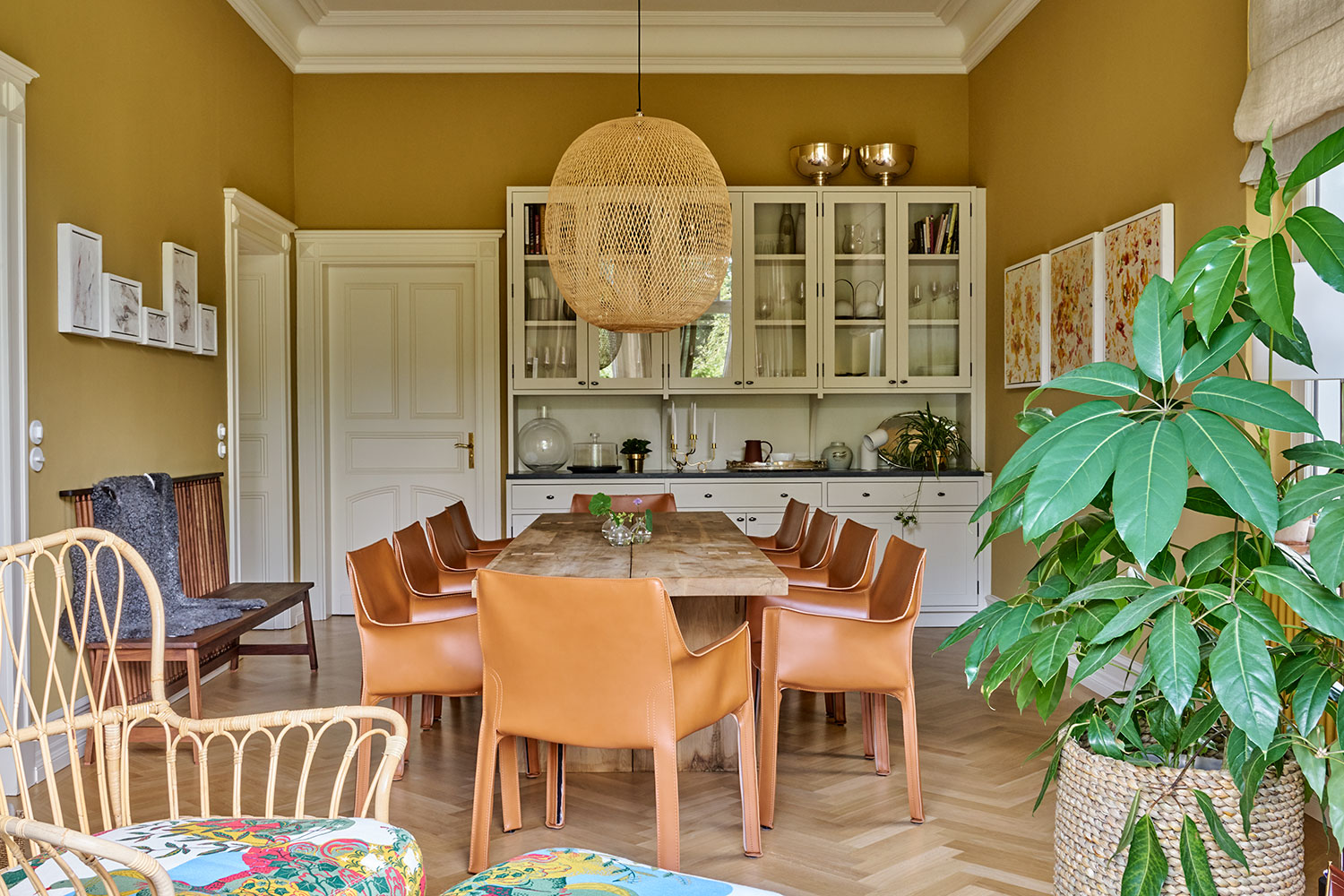
Ilse Crawford is a human centric designer and is the founder of London Based Studioilse which she started in 2003.
Studioilse is based in Neckinger Mills Studio, a former tannery in Bermondsey, South East London.
Crawford’s work and that of her studio can be found everywhere from Soho House to Ikea.
Studioilse and Ilise Crawford herself focus on functional and characterful design.
Everything in their spaces has a purpose and their designs are focussed on meeting needs.
She never sacrifices functionality for aesthetics.
Ilse is a hugely influential designer who is interested in bridging the gap between aesthetics and real day-to -day functions of a space.
She looks closely at how each of her clients uses the space they live in and designs their projects around this.
She believes that homes need ample storage, that spare rooms are a waste of space and that everybody, no matter their background deserves the same quality of space.
Background
- Elise Crawford’s design career began when she became copy editor at The Architects’ Journal. She went on to briefly fill the role of sub-editor at The World of Interiors, before quickly being promoted to deputy editor.
- At 27, she was the founding editor of Elle Decoration which, at the time, was a free supplement with Elle Magazine.
- Elise Crawford published her first book, Sensual Home, in 1997.
- Crawford then moved to New York and took up a post as head of Donna Karan’s new home division.
- In New York, Crawford’s work caught the eye of the Design Academy Eindhoven’s chairwoman Li Edelkoort. Edelkoort invited Crawford to set up and run the design academy’s Man and Well-Being course.
- Eight years ago, with her company Studioilse, she launched a sustainable range for Ikea, including her (now world famous) birdcage-like bamboo lamp.
- In 2016, Crawford redesigned Cathay Pacific’s network of first- and business-class lounges. The airline had been keen to eliminate areas where guests would nap but Crawford’s human centric focus saw the inclusion of designated nap rooms with low lighting and partitioned daybeds.
- Recently, Netflix design documentary Abstract featured an episode following the Studioilse team setting about a redesign of the Ikea cafe, balancing beauty with functionality.
- Ilse Crawford and Studioilse continue their work on private residences and business premises as well as offering consultancy services.
StudioIlse
Established by Ilse Crawford in 2003, design studio Studioilse employs around 15 people including journalists, strategists, interior designers, architects and product designers who work together on projects all over the world.
They design furniture and take on residential commissions across Europe and even farther afield.
Humanistic Design
Ilse is a pioneer of humanistic design.
She is interested in meeting the real needs of people through her designs with need rather than appearance at the centre of all she does.
Crawford’s designs are always designed for positive mental and environmental impact by thinking about cause and effect.
She audits her clients’ use of space before even beginning to consider the finished look which makes sure the spaces are perfect for the lifestyles of those lucky enough to inhabit them.
Crawford is a champion of well made furniture which works and lasts.
In her own words, her spaces are filled with “things made from better materials that have real character.”
Philosophy
Ilse Crawford encourages us all to audit our spaces before embarking on a design project and says we should, “give most space and the most money to the things you do most.”
She goes on to add that, “if that happens to be bed, fine.”
When designing any space, Crawford is focused on the well-being of the people who will use it.
The focus of her work is to make people “feel comfortable, confident and at ease” in the spaces she designs for them.
Crawford’s obsession with well-being and wellness is evident in her choices of materials.
Her spaces use natural wood, stone and undyed linens but, perhaps more unusually, are packed with storage.
Crawford believes that at least 15% of a home should be dedicated to storage space in order for it to be functional.
This functionality is key in allowing a space to evoke wellness in its users – things need to work properly in order for people to relax into them.
Projects
Since Nick Jones, the owner of Soho House, became Ilse Crawford’s first client when he asked her to do the interiors for Babington House, in Frome, Somerset, Crawford’s reputation has soared.
Ilse has continued to work with Jones on projects such as Cecconi’s restaurant in Mayfair, the Electric Cinema in Notting Hill and Soho House New York.
More recently, Crawford’s public spaces have included the Anna Freud Centre, a child mental health organisation in London.
Studioilse set about “deinstitutionalising” the spaces in favour of fostering feelings of warmth, calm and safety which are so important to the space’s users.
This is where Crawford’s philosophy that “We’re all human, and the space that brings people together should be dignified and human,” seems so important.
This same philosophy is evident in her work at St Cuthbert’s drop-in centre in Earl’s Court, London.
Here, she created a ‘dignified dining space’ for a community kitchen that provides healthy meals for those in need again emphasising her belief that everybody deserves the same quality of space.
As for private spaces, the international homes Studioilse designs are exquisitely cosy with maximalist elements but with a notable absence of functionless objects.
Real life is on display and is centralised by their functional and characterful design, rather than being tucked away behind seamless cabinetry.

Petrified wood is essentially mineralized wood; it’s the fossilised remains of wood, sometimes found in the tree’s original shape.
Petrified wood is the remains of trees which have been fossilised over thousands of years. During this fossilisation process, the remains of the wood are replaced by minerals meaning fossilised wood is a mineral build-up which has replaced the original wood.
Very occasionally, petrified wood specimens are found that look so much like the tree they have been formed from that it is hard to tell them apart from actual wood by sight alone.
The main giveaway with these examples is the weight of the fossils, being significantly heavier than the wood they were formed from. It is unusual to find examples with this level of near-perfect preservation, but many specimens have clearly recognisable bark and woody structures.
How do you get petrified wood?
For wood to become petrified, it must be buried quickly under mud, silt or volcanic ash before any rotting can set in.
It must remain buried in this sediment for thousands of years.
The ground where the wood is buried has to be incredibly well compacted to prevent decay.
Less well-compacted wood would allow oxygen or bacteria to get to the wood, and the wood would begin to decay.
When the conditions are just right, the organic material becomes fossilised. During this mineralisation process, groundwater flows through the dead tree, and its wooden remains are replaced over time by the dissolved mineral solids in the water.
The result is a fossil of the original woody material that often exhibits preserved details of the bark and wood but is made entirely of minerals, including silica, calcite, pyrite and, occasionally, other inorganic materials, such as opal.
What is the difference between wood and petrified wood?
Wood is an incredibly versatile and beautiful material we are all used to seeing and using.
Wood is harvested from trees and used widely in all kinds of construction projects, from whittled spoons to enormous ships, buildings, and everything in between.
Although called petrified “wood”, petrified wood is not wood at all. It doesn’t share any of the qualities which make wood such a valuable mainstay of the industry.
As petrified wood is a mix of minerals which have replaced the wood that was once there, it is more closely related to stone than wood. Unlike wood, it is inflexible, difficult to work with, can shatter, and is incredibly heavy.
Despite the differences between wood and petrified wood, in some cases, petrified wood can be, visually, an almost replica of the original wood.
The original tree’s ring patterns, bark and wood grain are usually clearly visible.
Patterns are occasionally so precise the specific variety of trees can be identified from a sample of petrified wood.
Is petrified wood rare?
In many parts of the world, petrified wood is not rare.
Petrified wood is often found where volcanic activity has covered plant material with lava and ash or where a mudflow had occurred in the past.
Petrified wood is especially abundant around coal reserves, too.
Many of the world’s most famous petrified wood localities are in exposed sedimentary rocks that were once ancient floodplains or lake systems where low dissolved oxygen levels prevented decay.
While it takes between tens of thousands and millions of years for petrified wood to form in the natural world, scientists have discovered ways to replicate the necessary processes and can now artificially create petrified wood in days making it less rare now than it was previously.
Is petrified wood a rock?
Because the word petrified means ‘turned to stone’, it is sometimes believed petrified wood is the original organic matter that has turned to stone, but that’s not the case.
In petrified wood, minerals have replaced all of the original organic matter from the tree over thousands of years.
It would be more accurate to say petrified wood is a mineral compound than a rock, though it shares more qualities with rocks than wood.
What is petrified wood used for?
Petrified wood is solid and polishable to a high shine.
Because of its polishable surface and its beautiful colours and patterns, petrified wood is used as a semi-precious gemstone in jewellery.
It can also be used alongside wood as an ornamental stone in trinkets, ornaments, furniture and clocks.
Summary
- Petrified wood is formed over thousands of years when minerals from water replace wood from dead trees.
- Petrified wood is not wood, and it is not rock.
- Petrified wood can look just like wood but is made of minerals.
Sources

Otto Schulz (1882-1970) was a German-born furniture designer and interior designer in the early 20th Century.
After working for several years in design, Schulz established the renowned furniture and interior decoration firm Boet in Gothenburg, Sweden.
He owned and ran for 30 years, from the 1920s to the 1950s.
In its time, Boet was an inspiration centre as much as a store; its authority in the design world helped to secure Schulz’s reputation as one of the forefathers of modern interior design.
Alongside his Boet store, Schulz branched out into publishing, creating a design magazine of the same name.
In sharing a name and founder with one of Sweden’s most prestigious interior design names, Boet Magazine became a highly influential publication featuring reviews by high-profile designers and architects.
This design brand’s momentum was further capitalised on with the publication of Schulz’s book ‘Möbler Och Inredningar 1910-1950’ which gives a comprehensive look at Schulz and his work.
The book is about Schulz and Boet.
It illustrates the story of the design store and its owner with contemporary and historical pictures and many watercolours.
Schulz’s Aesthetic
Schulz often used unexpected combinations of materials and techniques and developed a style that was sometimes traditional, sometimes modern, inimitable, and often striking.
Famous for his deep, wrap-around easy chairs and mid-century-looking cabinets, Schulz was a designer who made essential contributions both to Swedish Grace as well as Swedish Modern styles.
Schulz’s designs are a mixture of modern and baroque styles.
His chairs are deep, with backs which curve around to envelop their users, creating snug spaces wherever they are placed.
These soft, deep chairs contrast fantastically with his sleek, slim-legged wooden cabinets.
Much of Schulz’s cabinetry worked as modular pieces which could be converted or assembled in different combinations to suit any space.
Otto Schulz Biography
Schulz attended several architectural schools in Germany, including the Technical University in Charlottenburg and the Architectural School in Berlin.
From Berlin, he relocated to Gothenburg in 1907, when he had completed his studies. In Gothenburg, Schulz found work as a draftsman at the furniture company Selander & Sons, where he worked for three years.
After leaving Selander, Schulz worked as an independent consultant on various construction and interior design projects for hotels and restaurants.
As his name became synonymous with luxurious interiors, Schulz was employed to design interiors for several notable ships in the harbour town of Gothenburg.
It was in 1917 that Schulz’s career turned the corner that would establish him as a design stalwart. After creating a gorgeous interior for the famous Bräutigams Patisserie, the head of Nordiska Kompaniet’s design offices in Stockholm, Adolf Nordic Borg, set up a meeting with Schulz.
Together they established Boet in 1920. After parting ways in 1926, Schulz set up his innovative, fully furnished showroom at Boet and his monthly magazine to show off his work and that of contemporary designers.
As well as being published in his book, many of Schulz’s inventive designs are archived at the Rhösska Museum in Gothenburg.
During his lifetime, Schulz patented some of his invented techniques to prevent imitation.
By far, the most famous of these was ‘Bopoint.’
Bopoint is the use of decorative nails as part of a design.
Sometimes Bopoint was used as edging on side tables.
Still, some of its most impressive examples are where it has been used to create elaborate and intricate illustrations and designs on leather-covered cabinets.
Otto Schulz’s pieces for contemporary homes
We would recommend seeking an Otto Schulz piece for a modern home for many reasons.
- Schulz’s unique blend of styles means his pieces will complement almost any interior design.
- Schulz pieces are vintage and are, therefore, more ecologically sound than most newly manufactured furniture.
- Buying vintage design allows you to own a piece of design history.
- Schulz pieces are ideal for the current maximalist trend, especially in a snug or home office where they can ooze understated opulence.
- Schulz’s wooden pieces are available in all shades imaginable ranging from light to deep dark tones, with everything from simple finishes to incredibly intricate designs.
If you want to bring an Otto Schulz piece into your home, look at pamano.co.uk for pieces available in the UK or 1stdibs.com for worldwide shipping.


